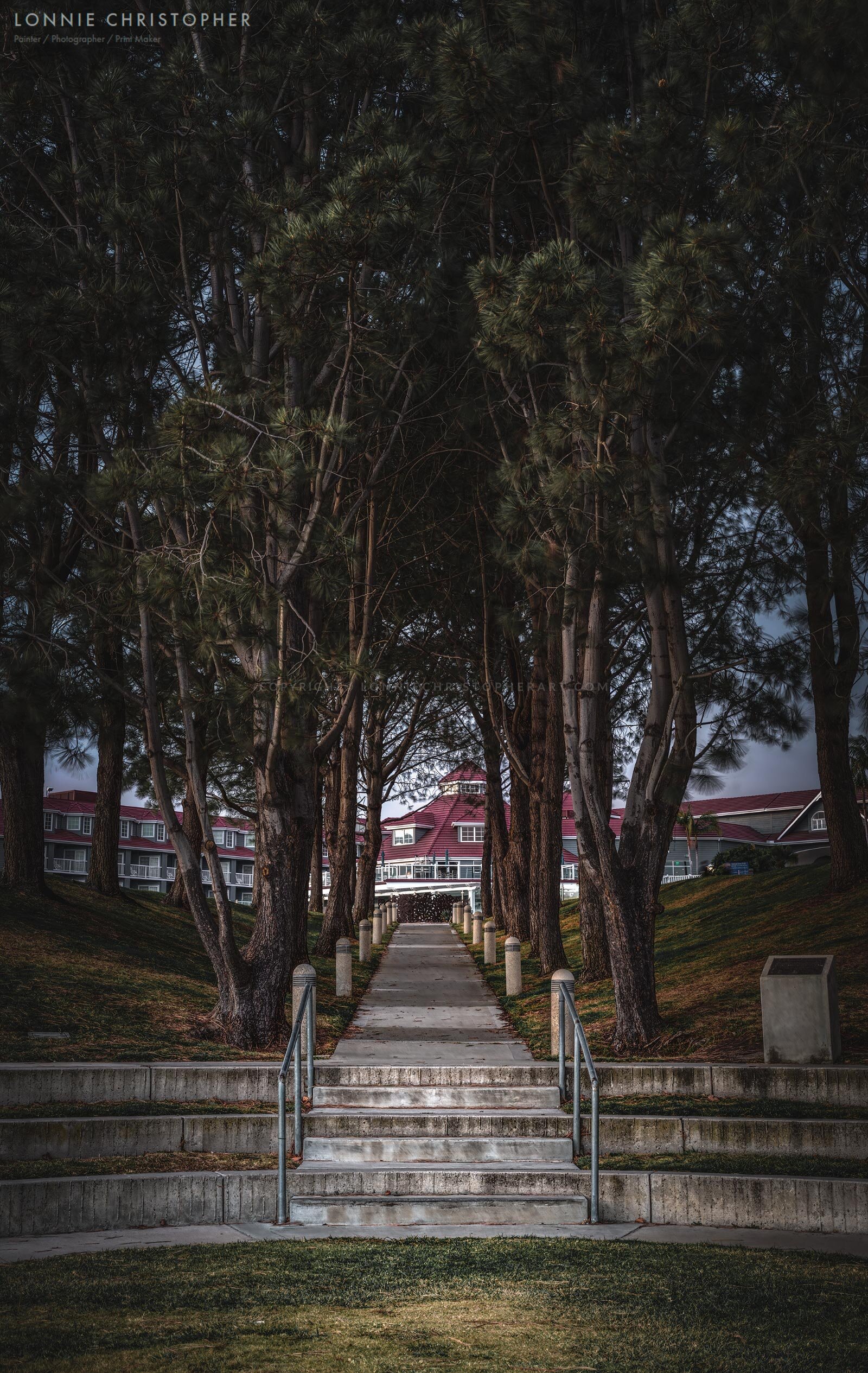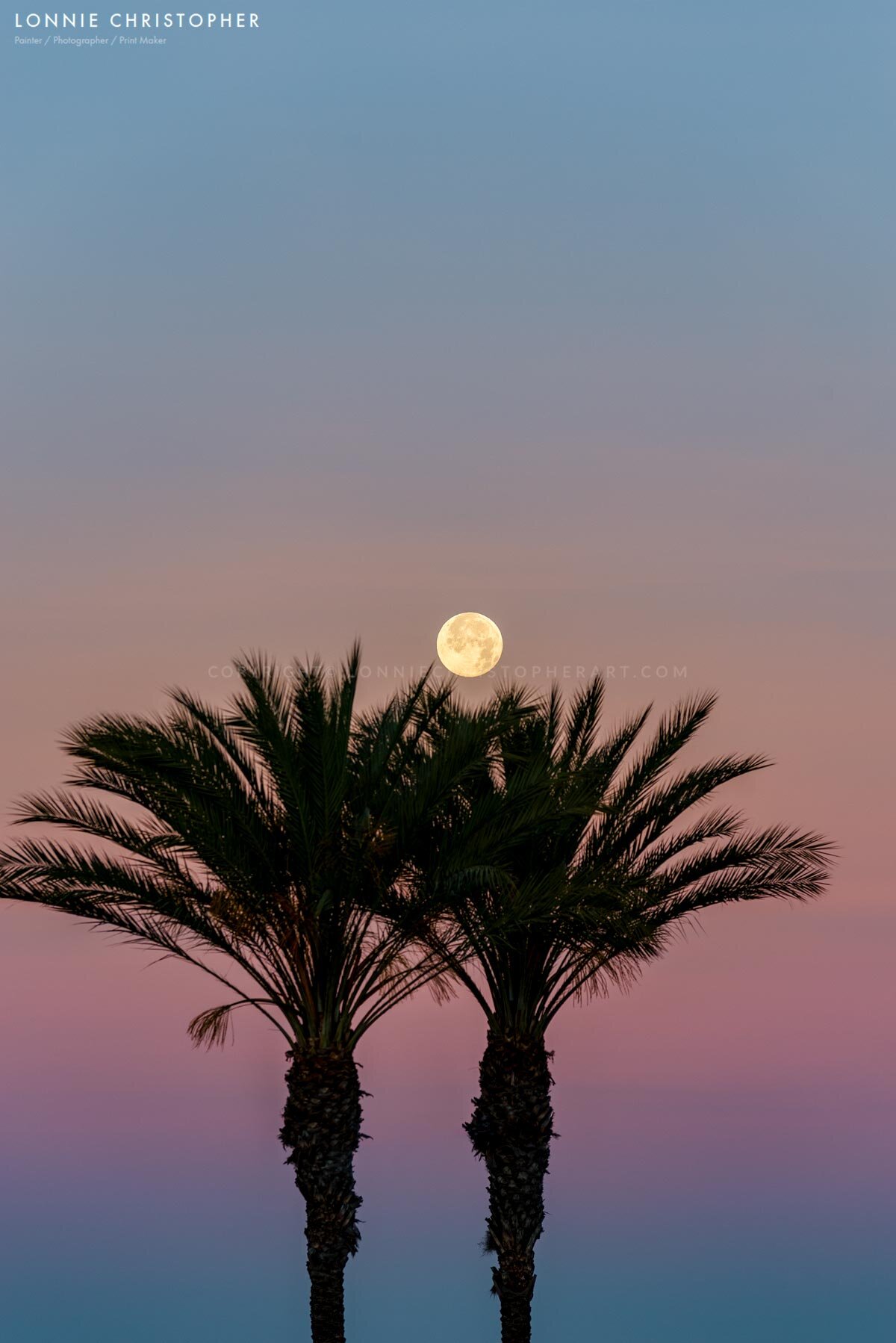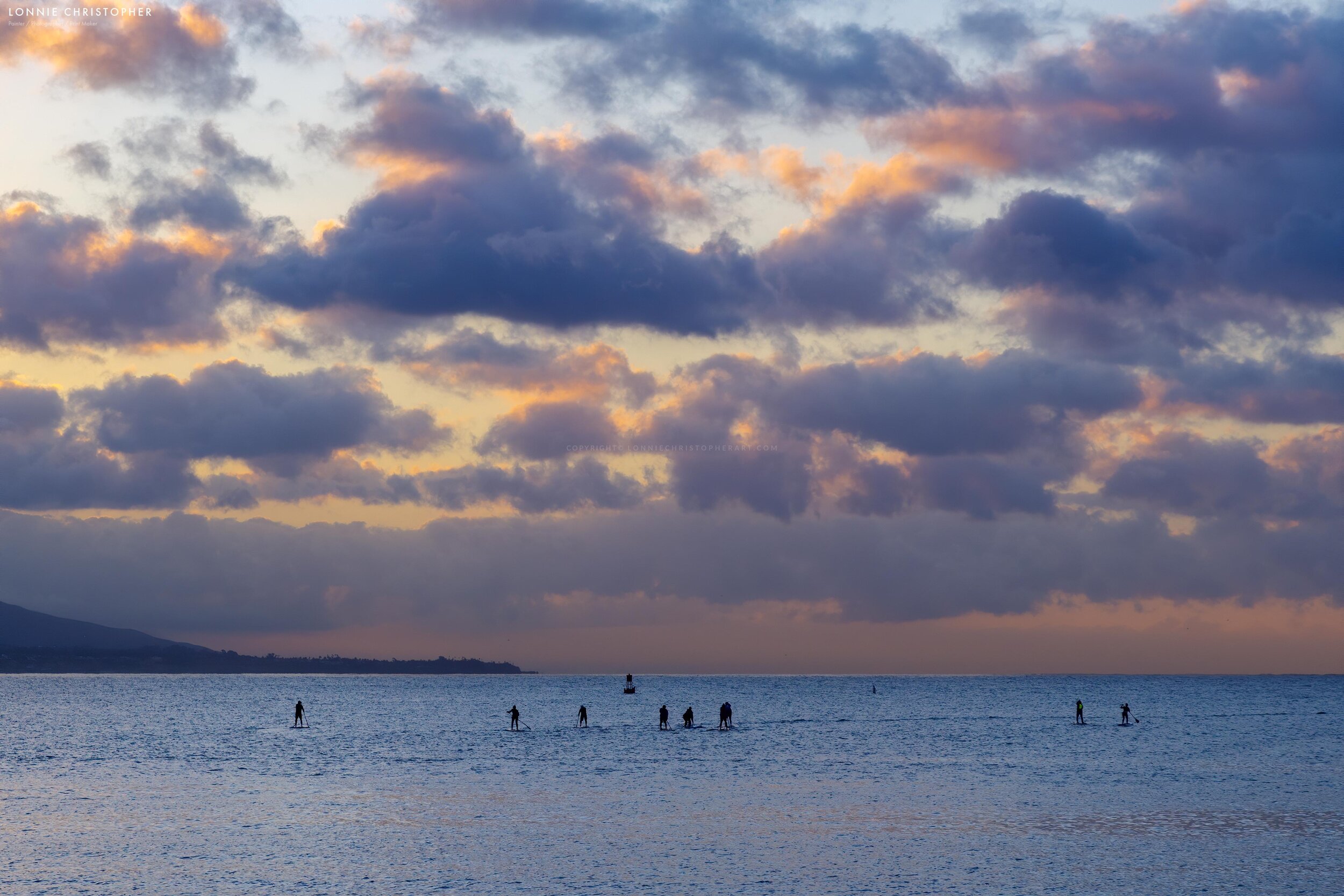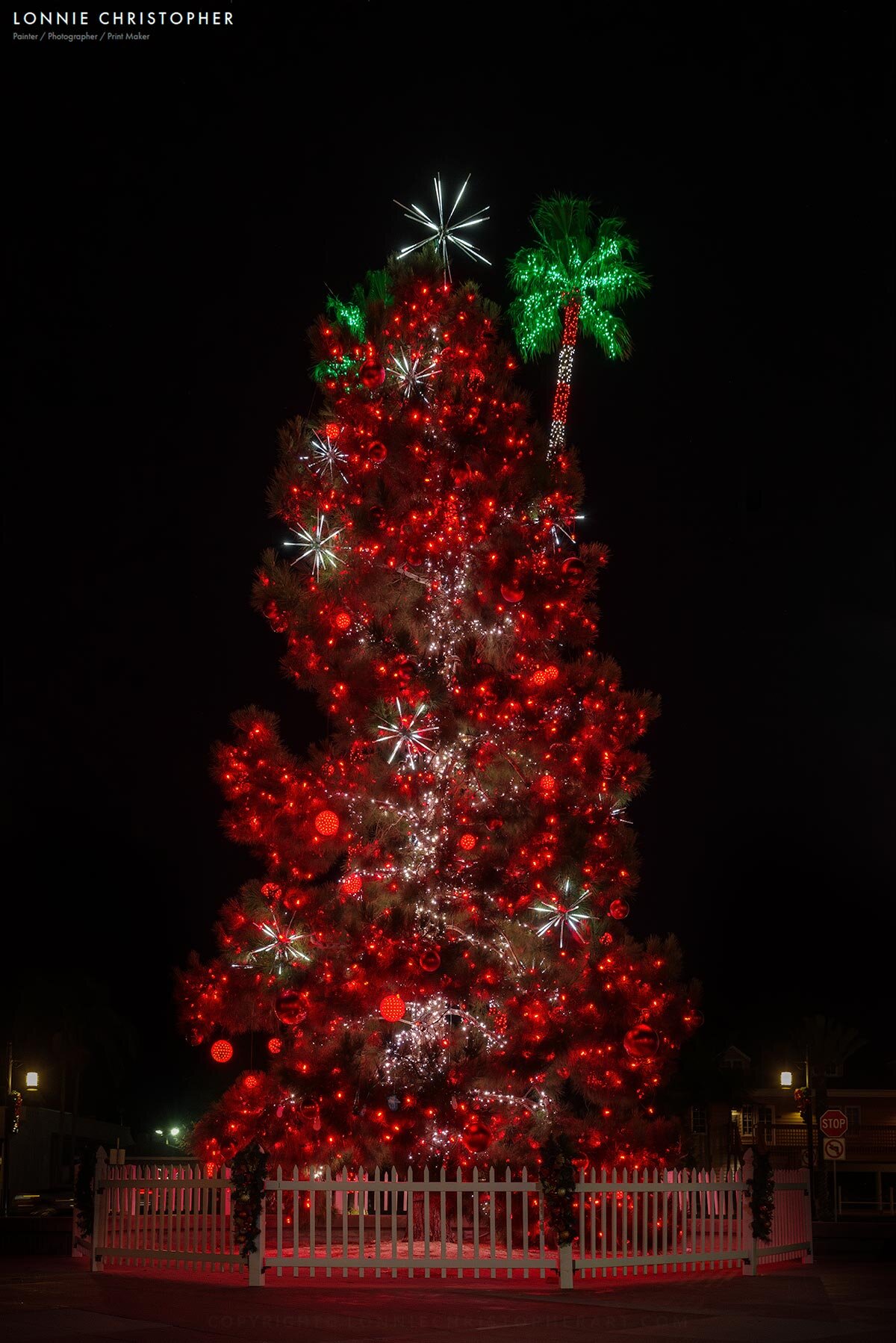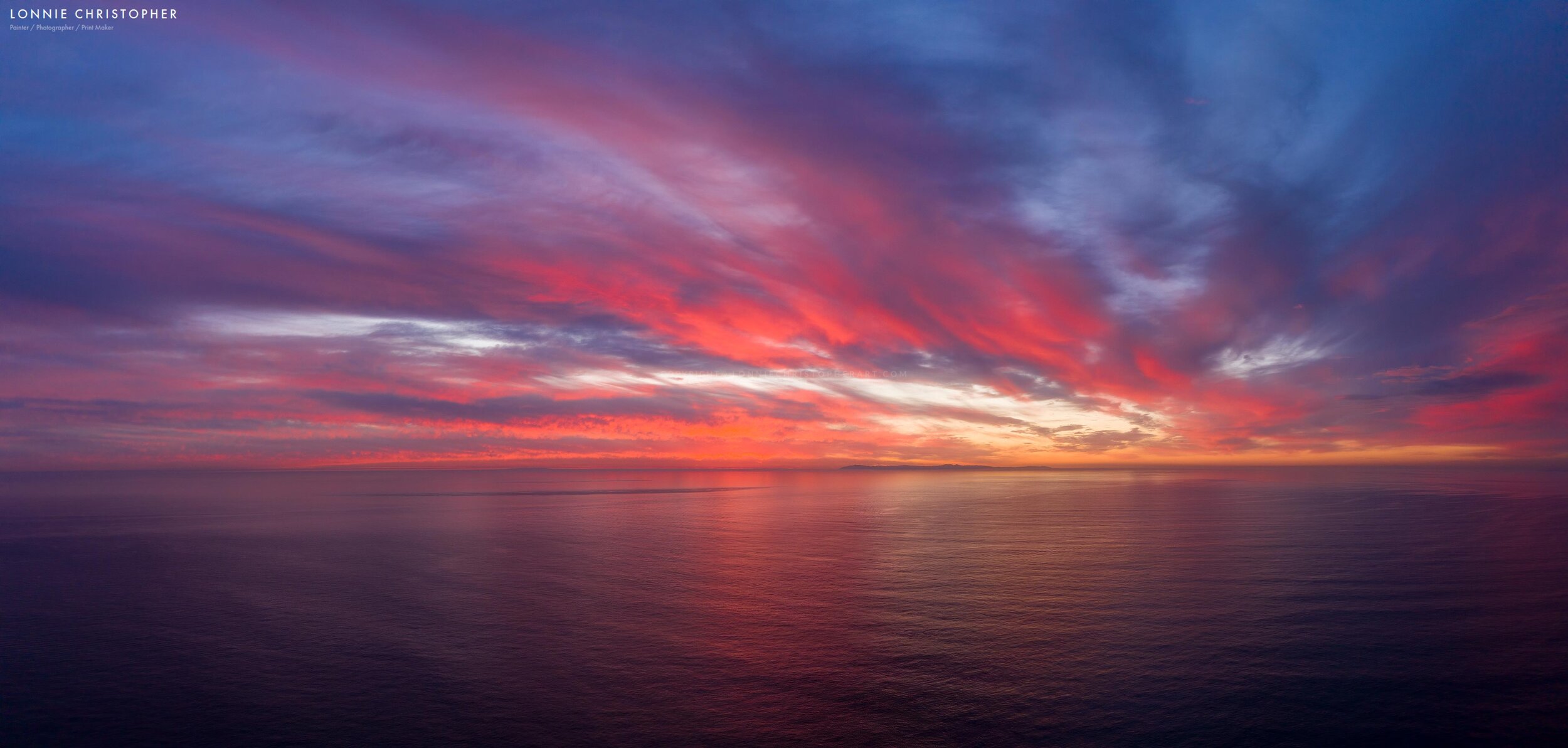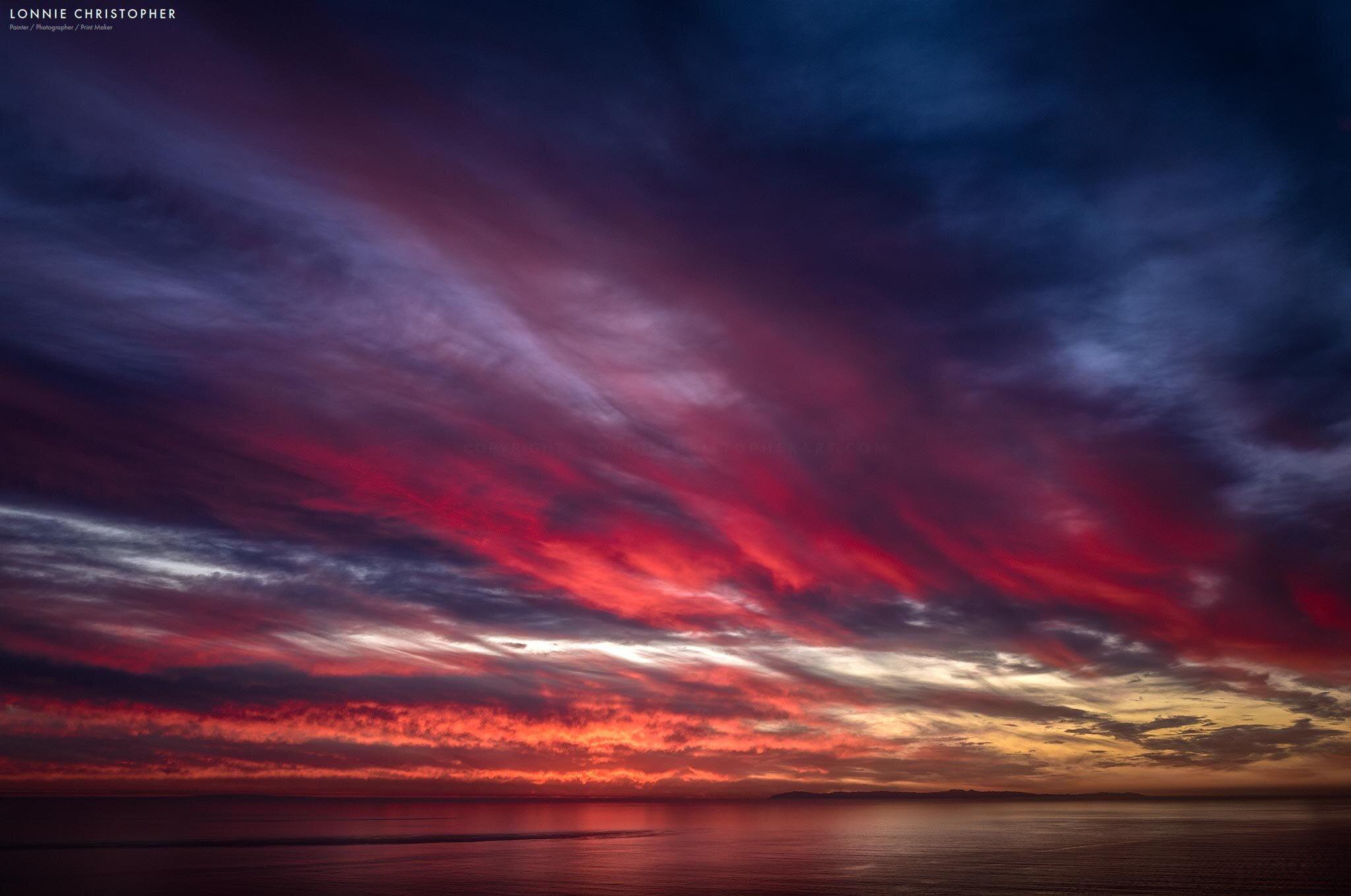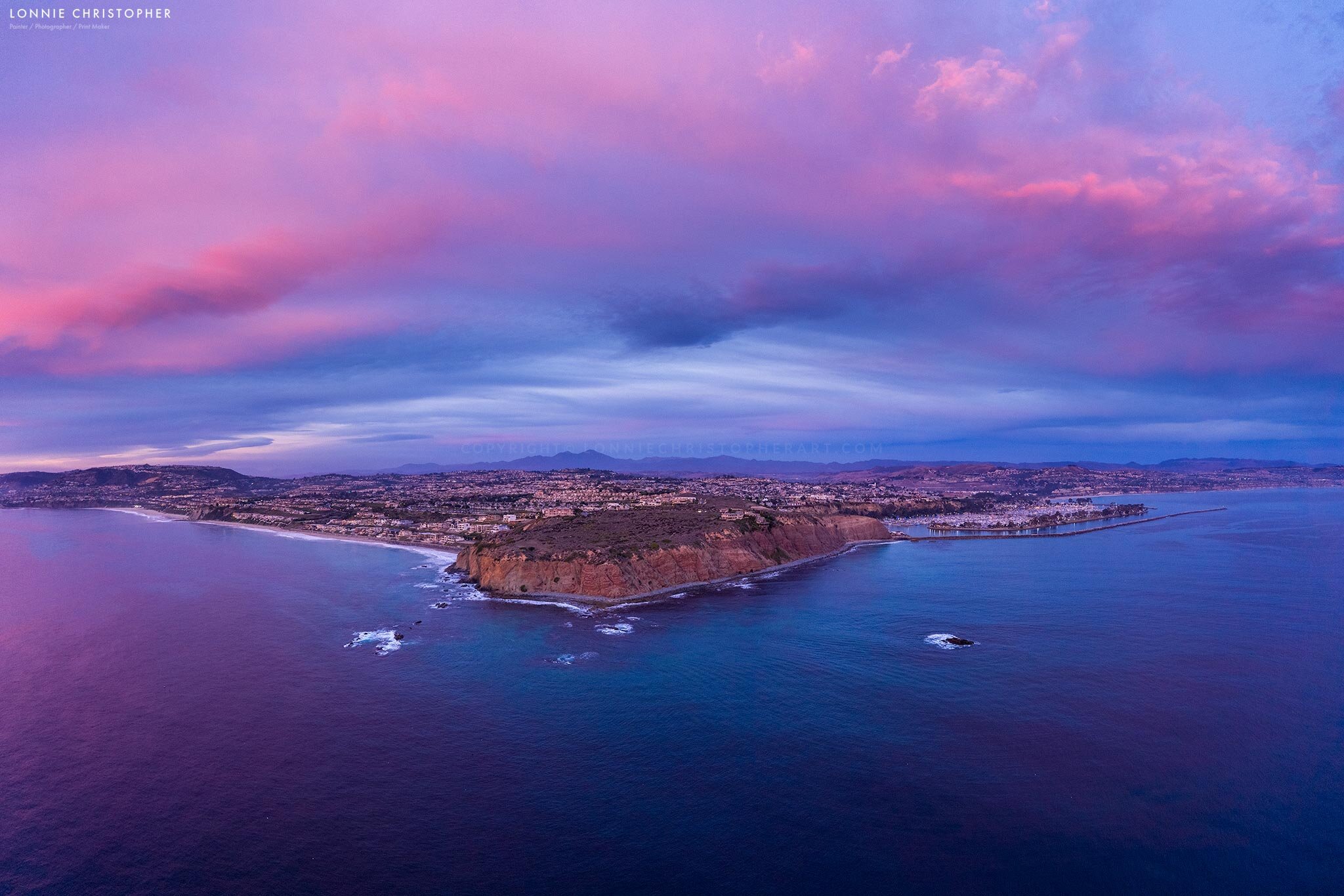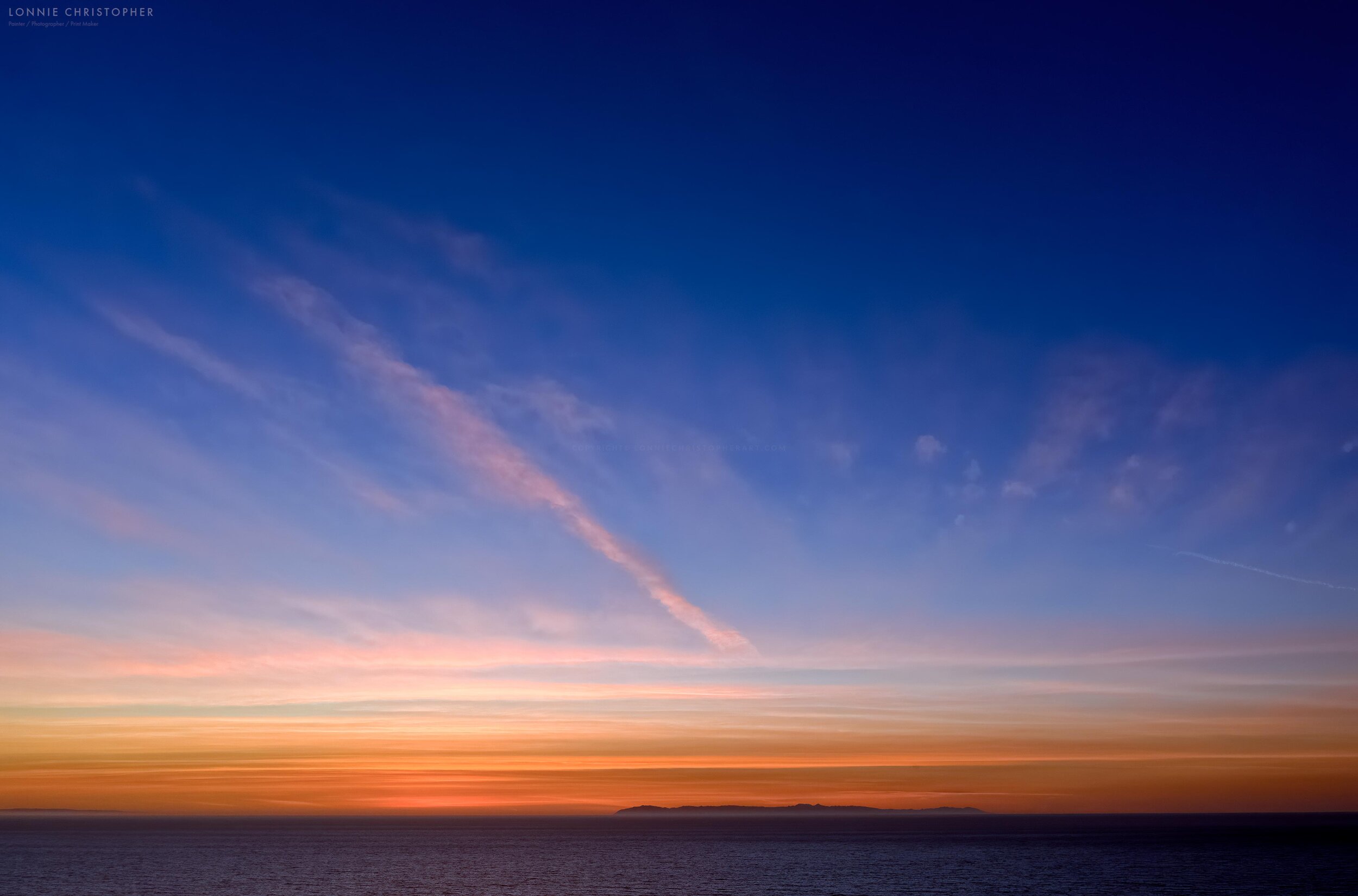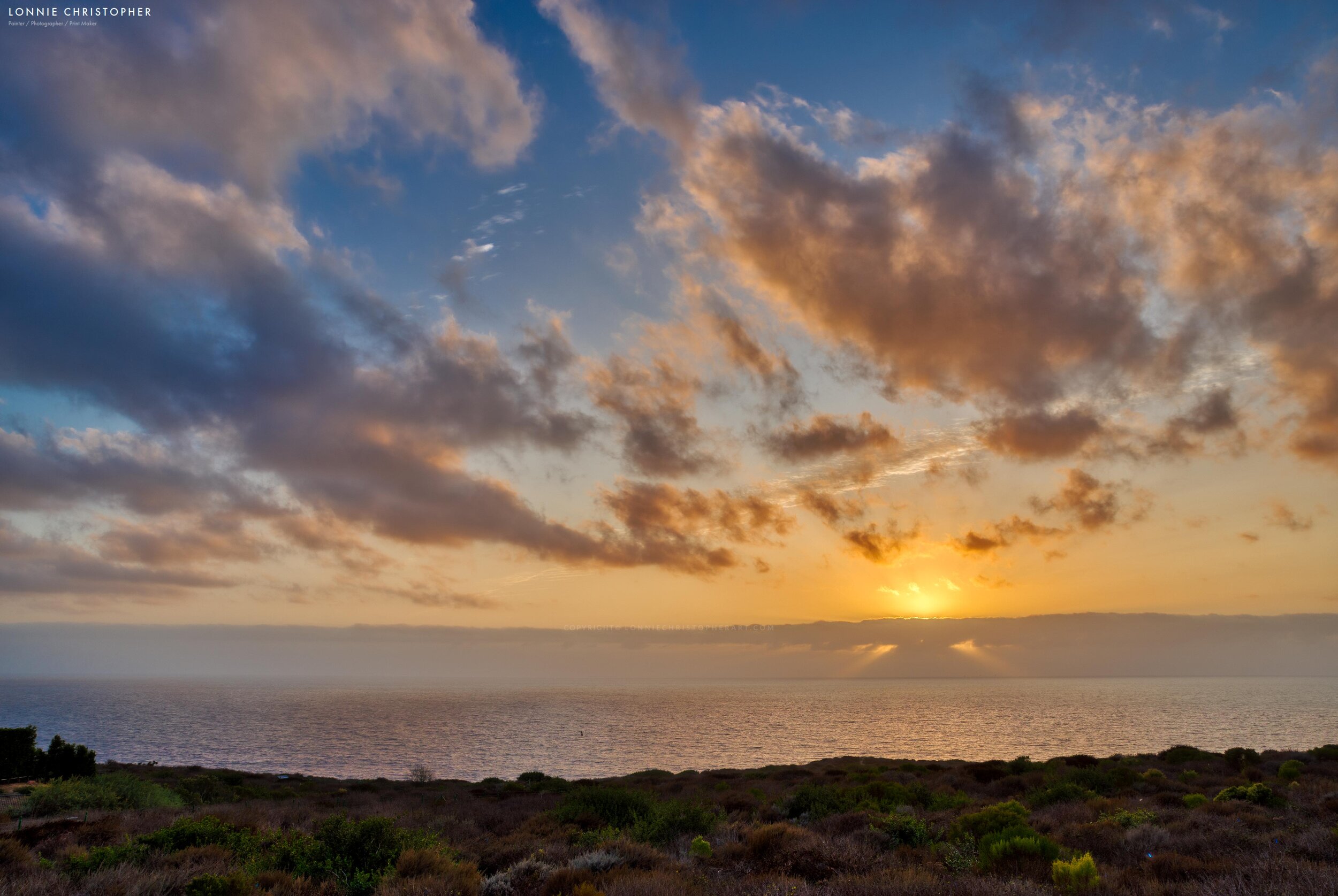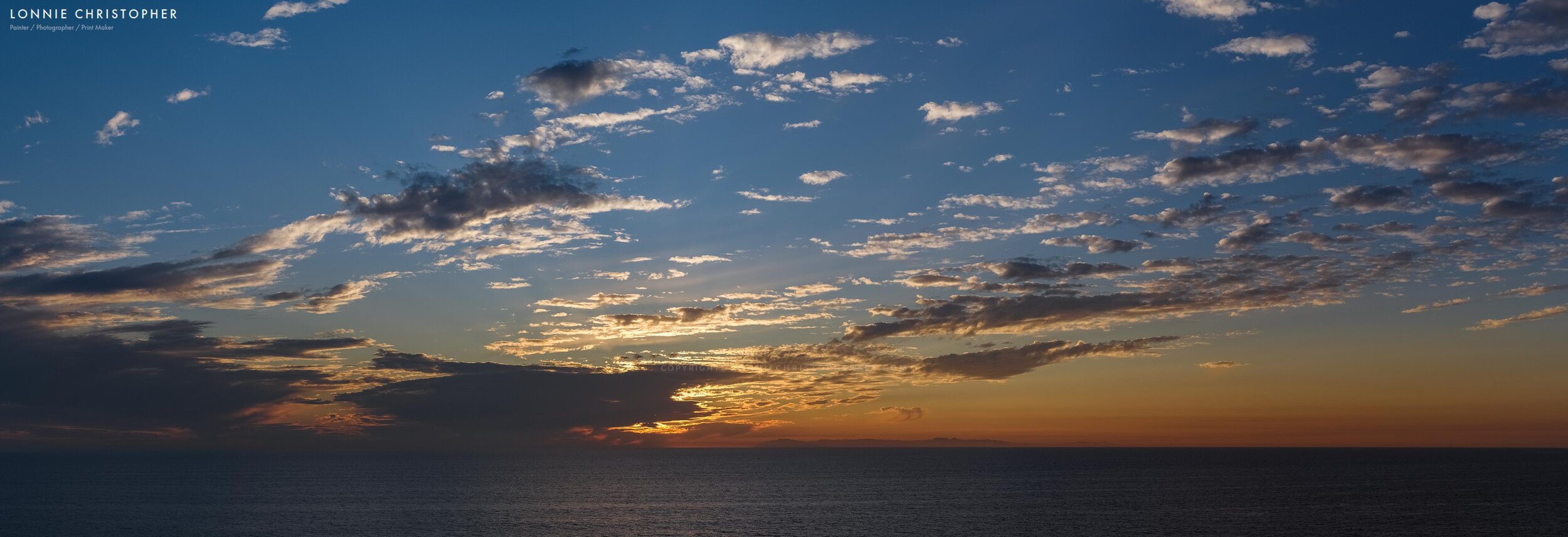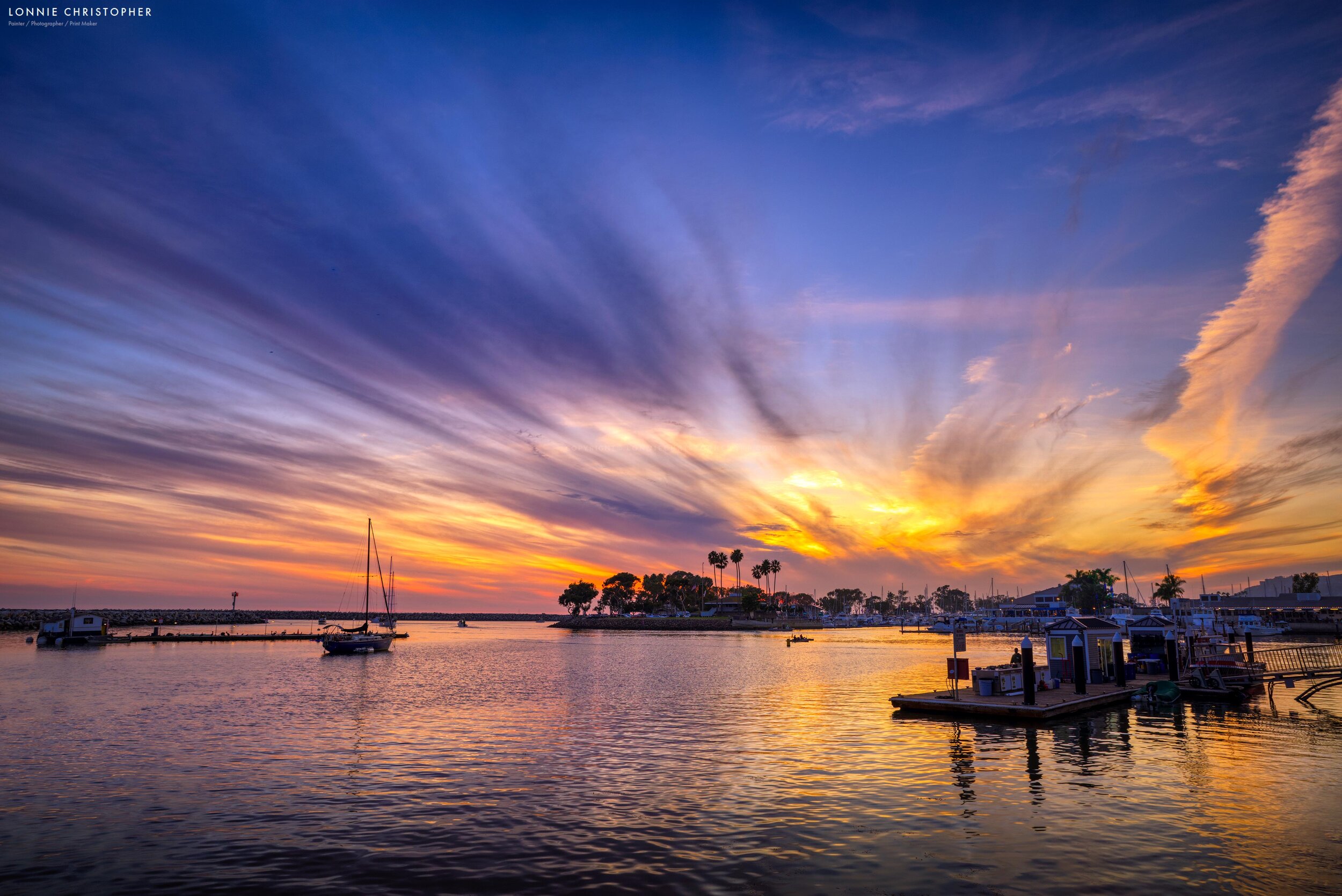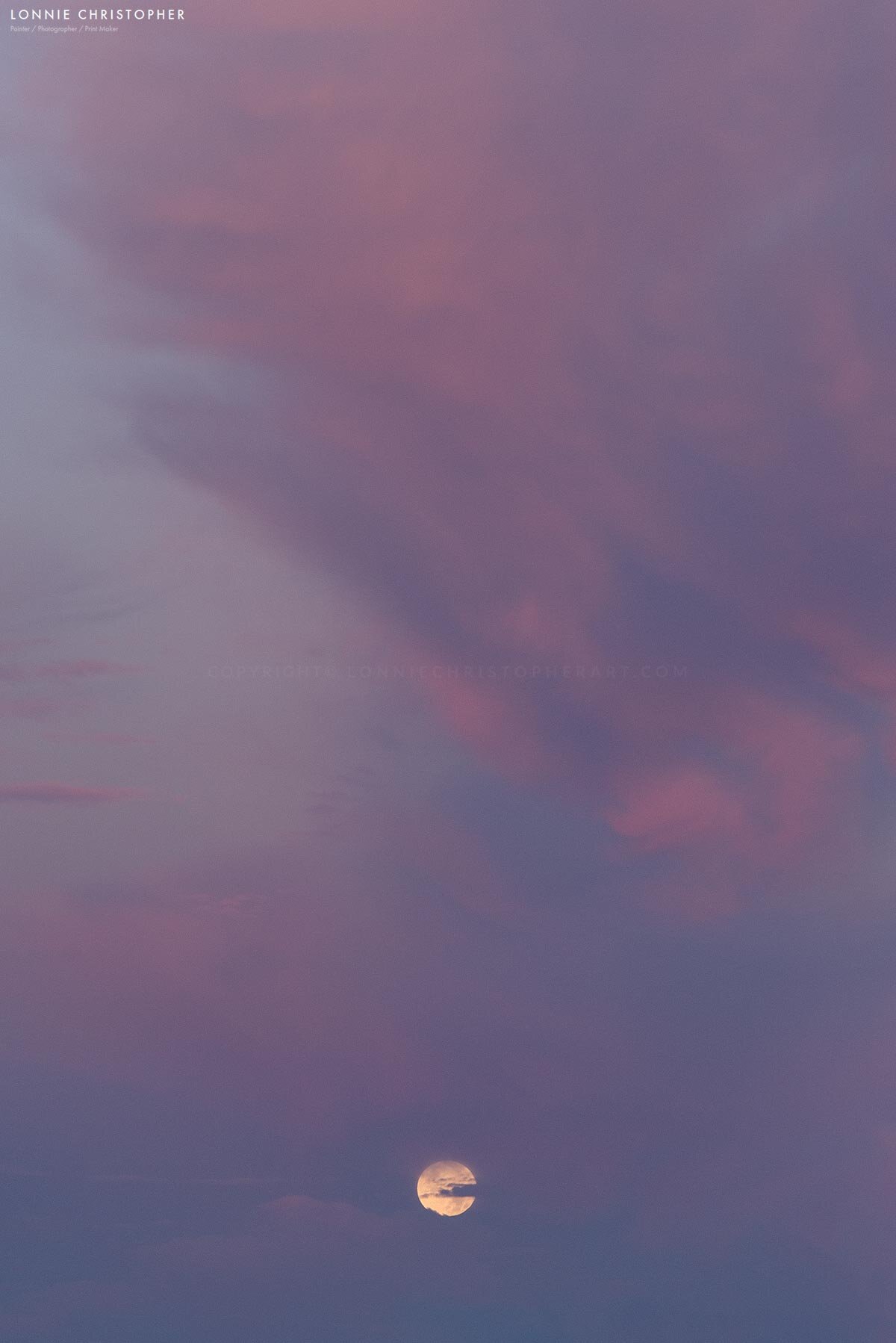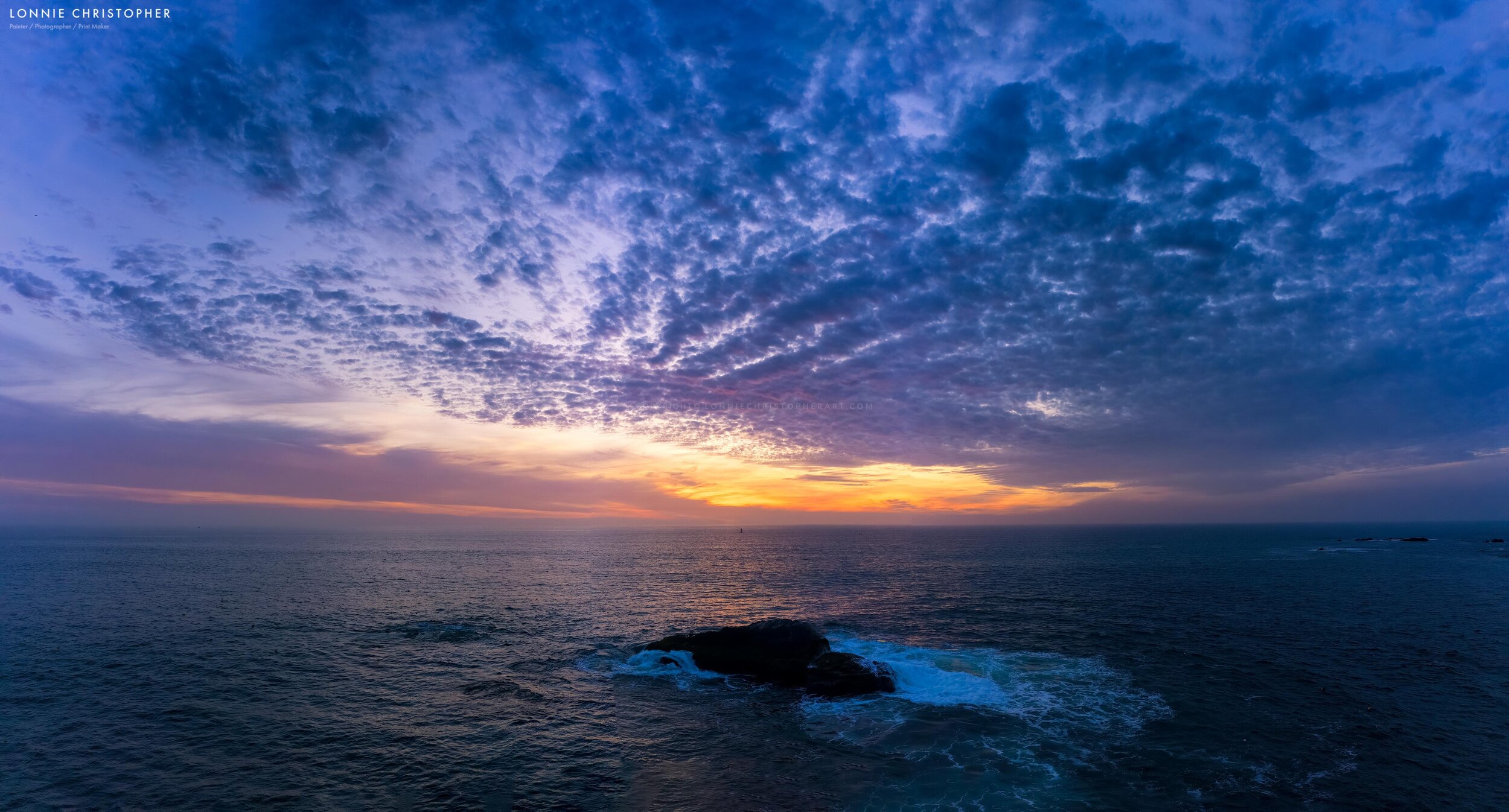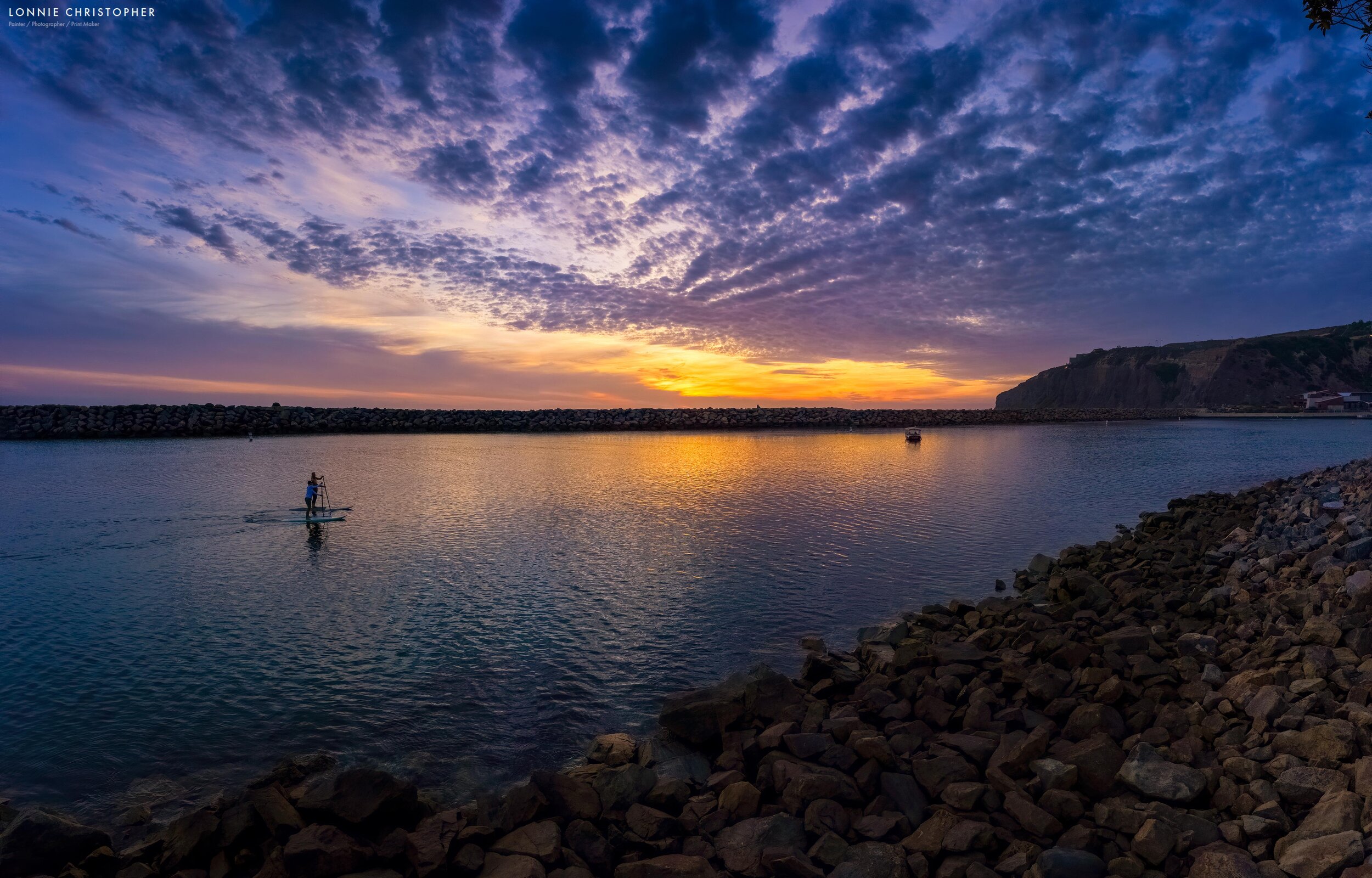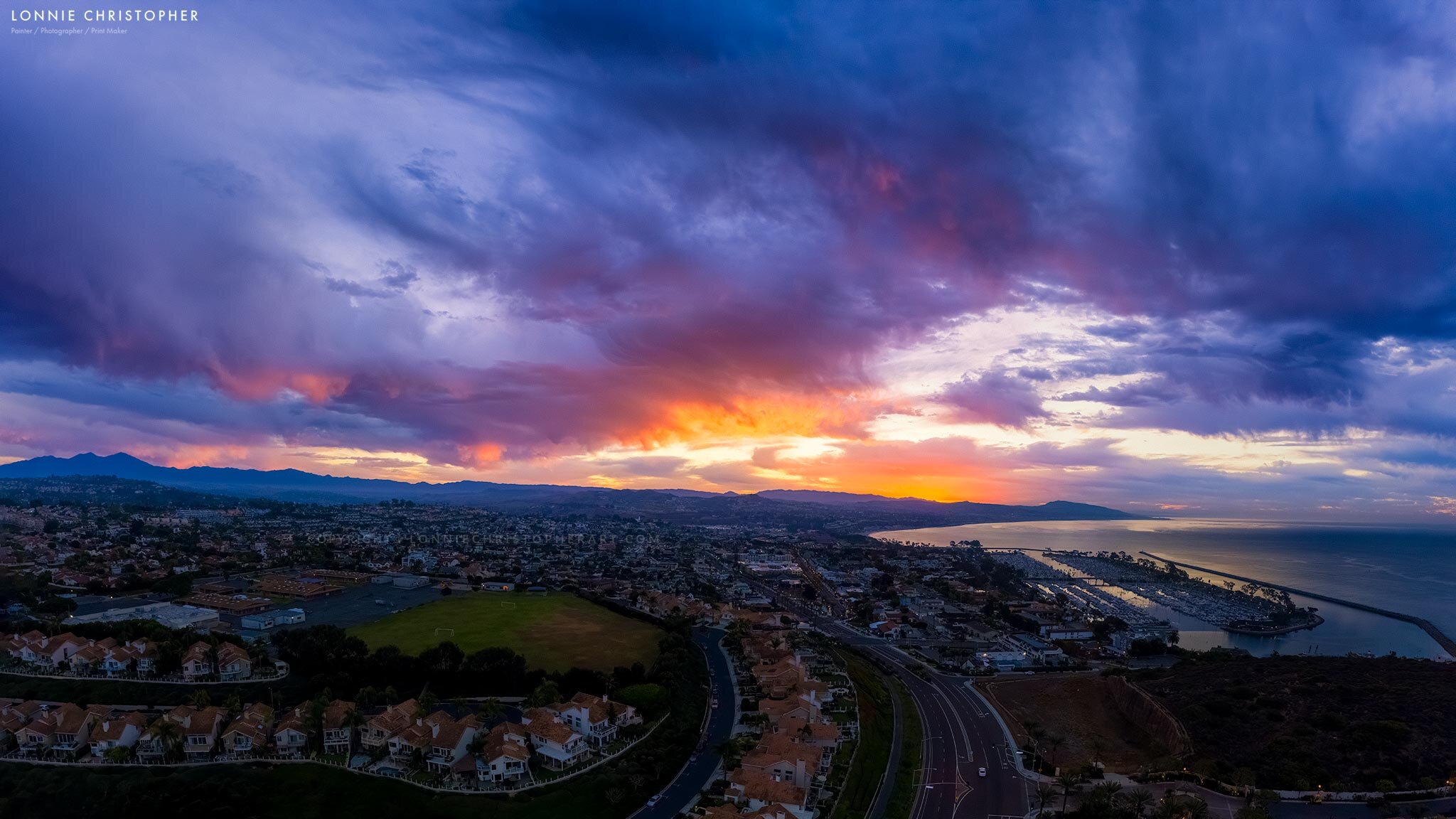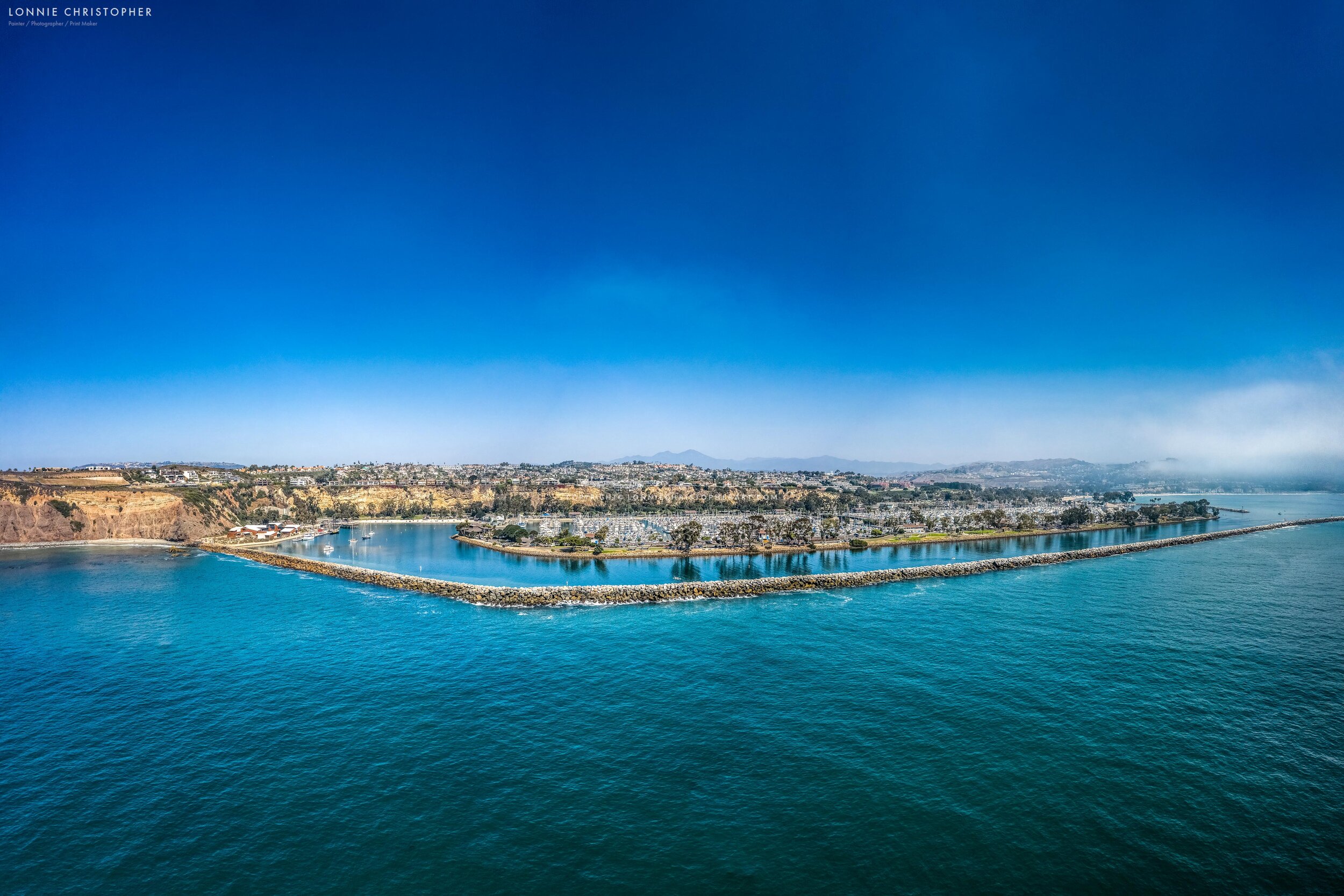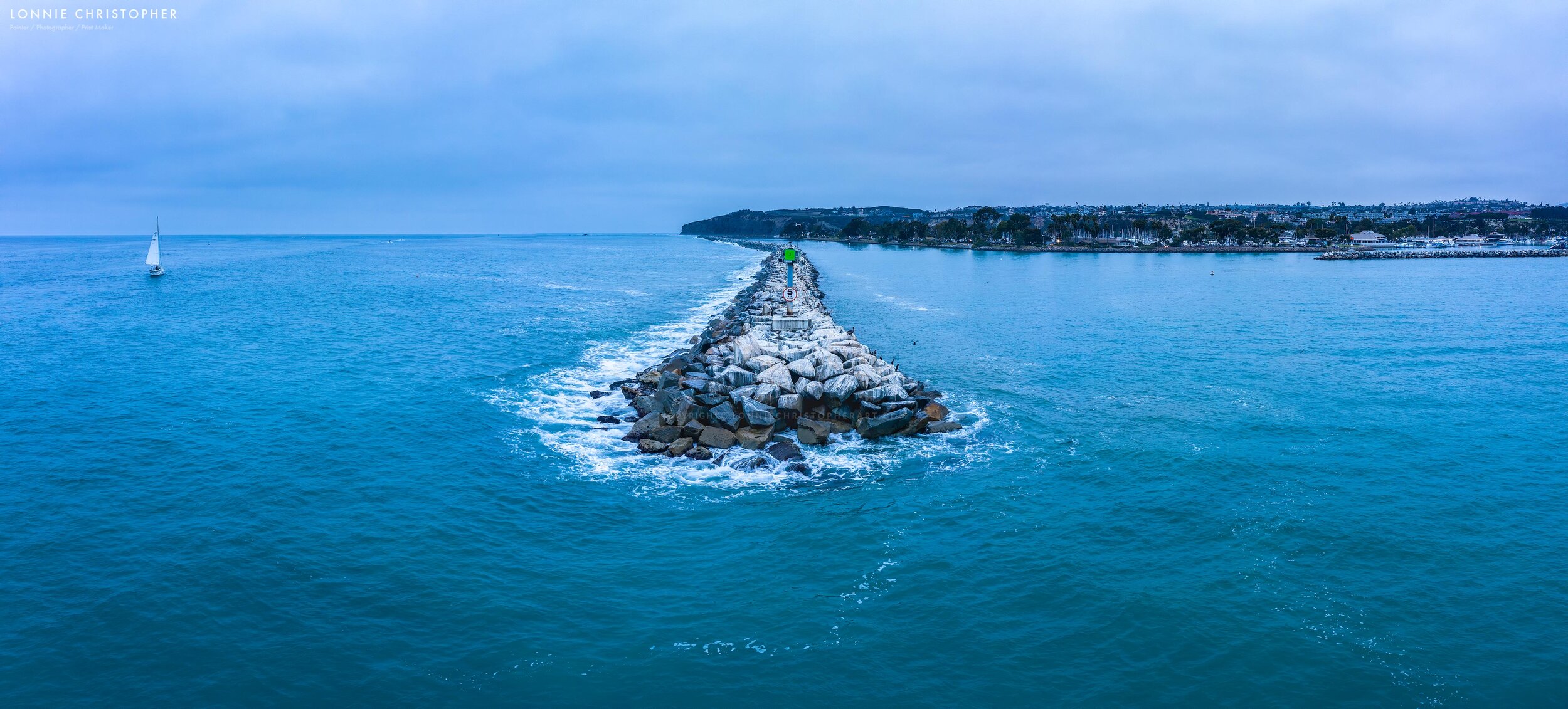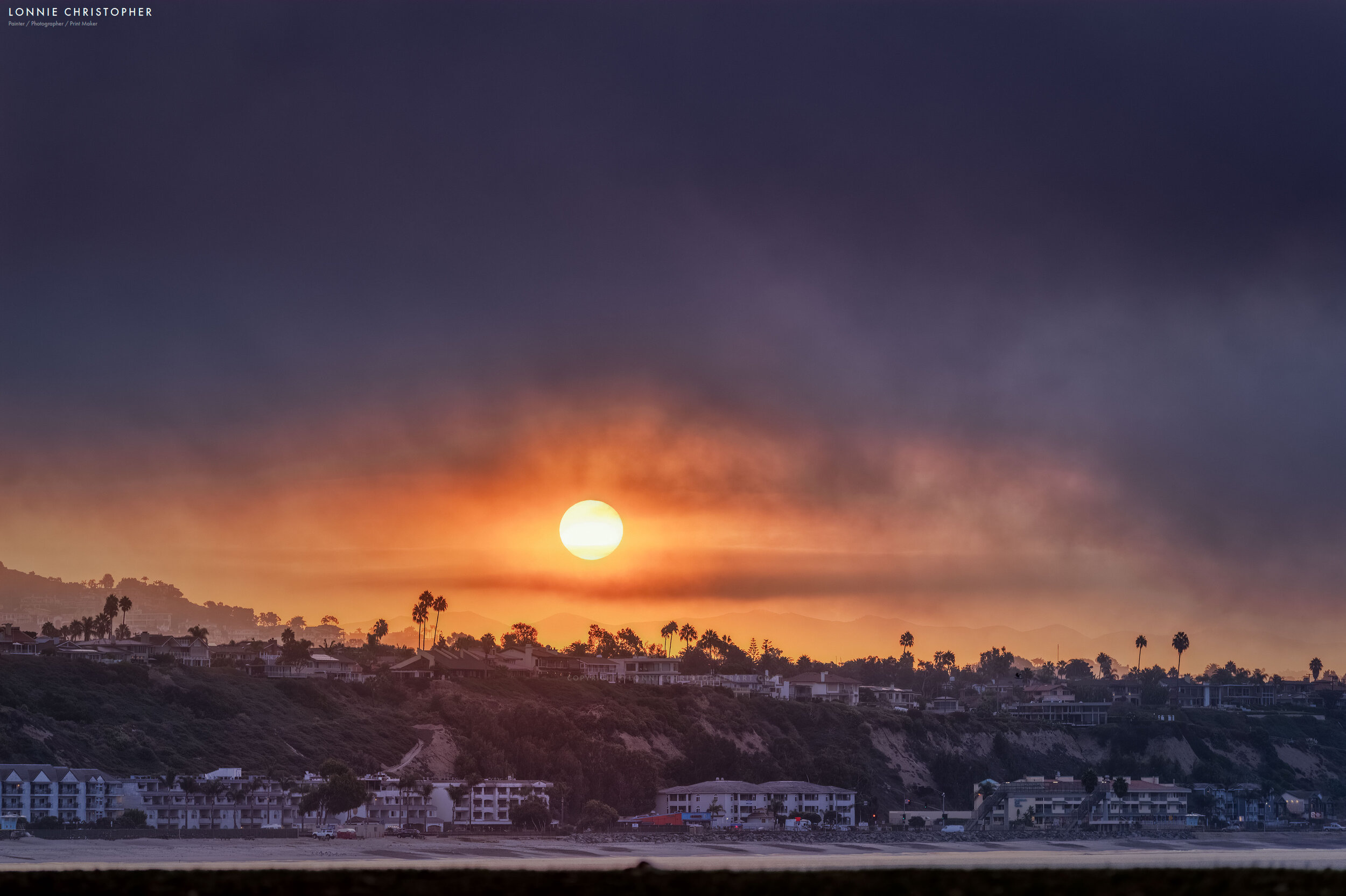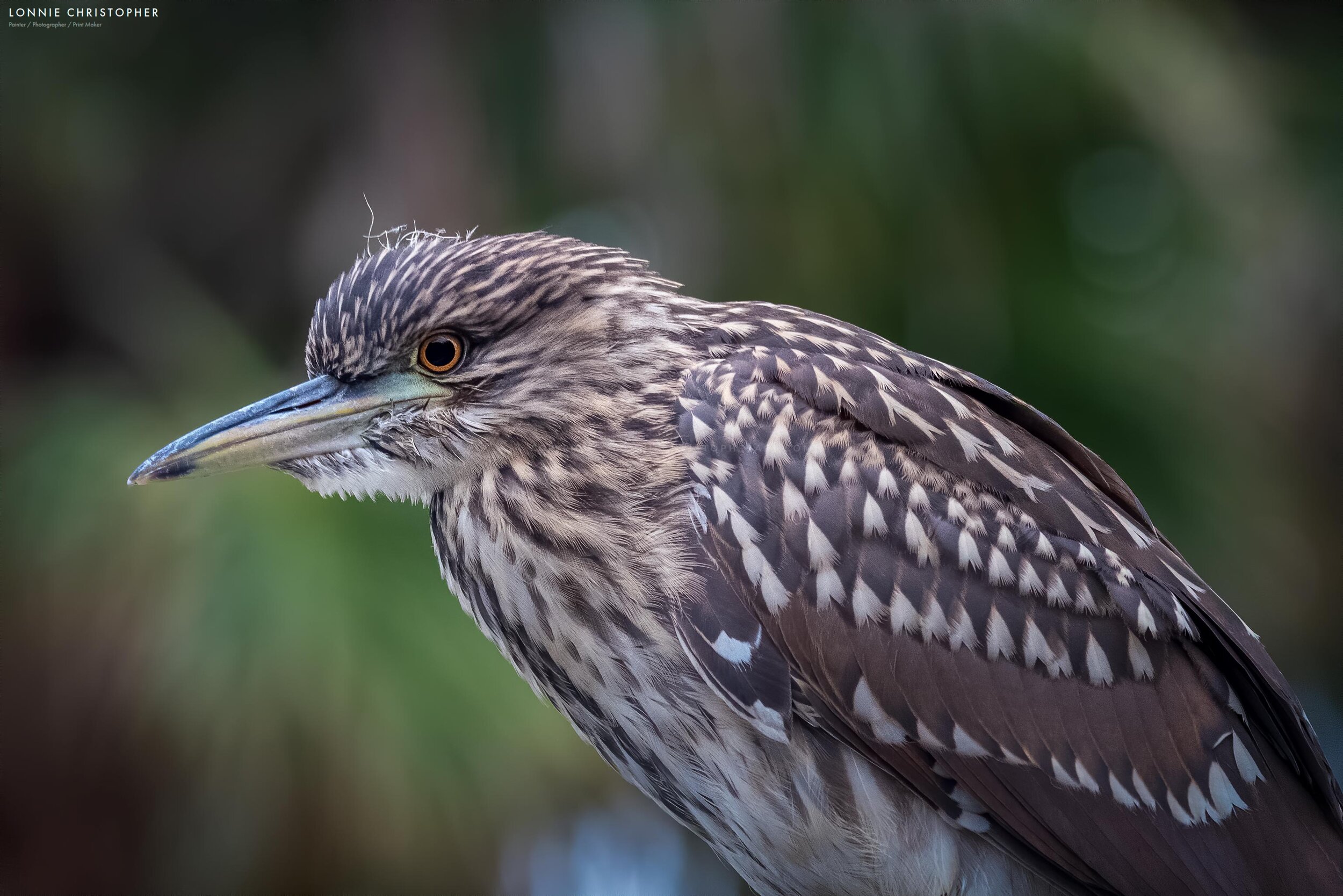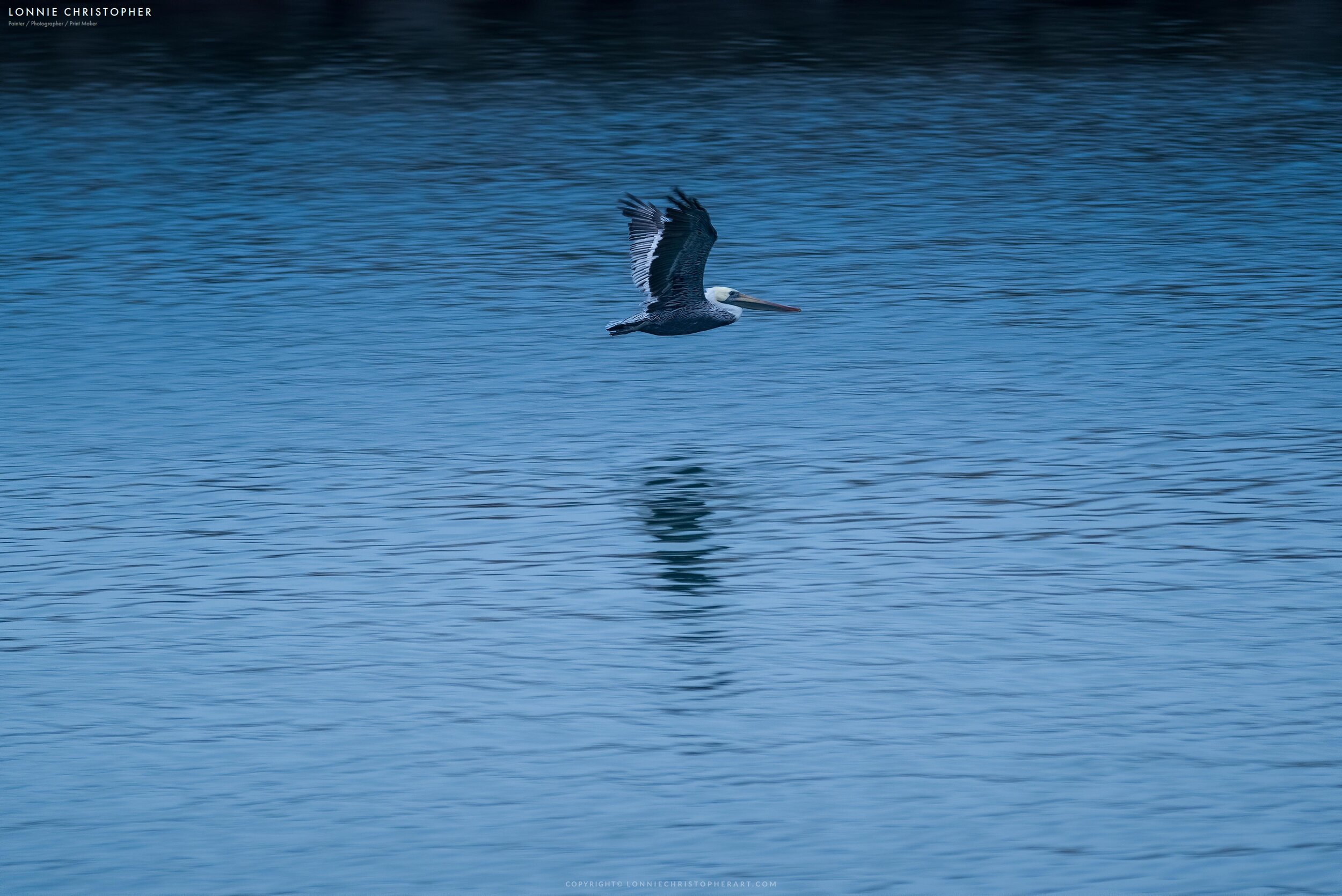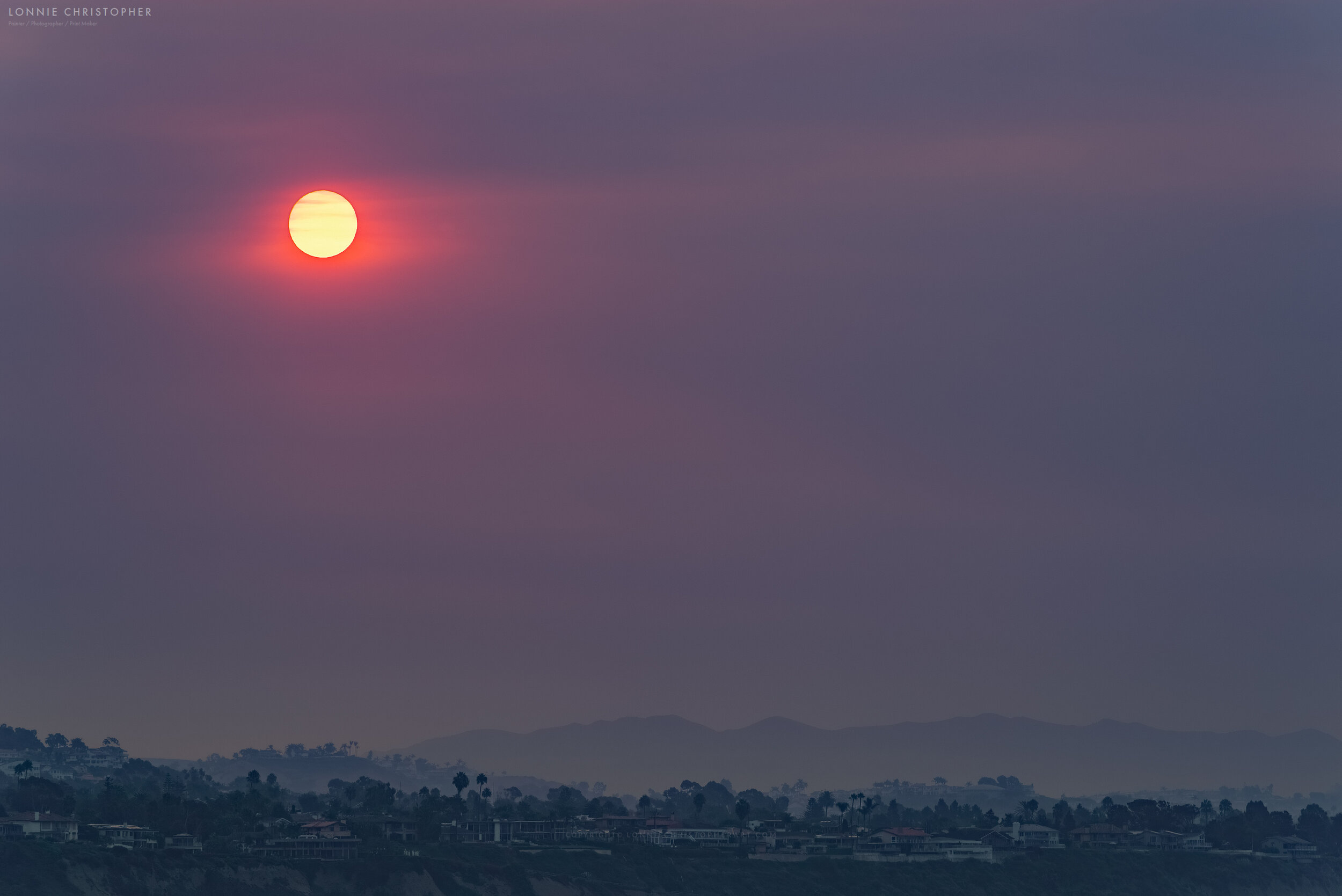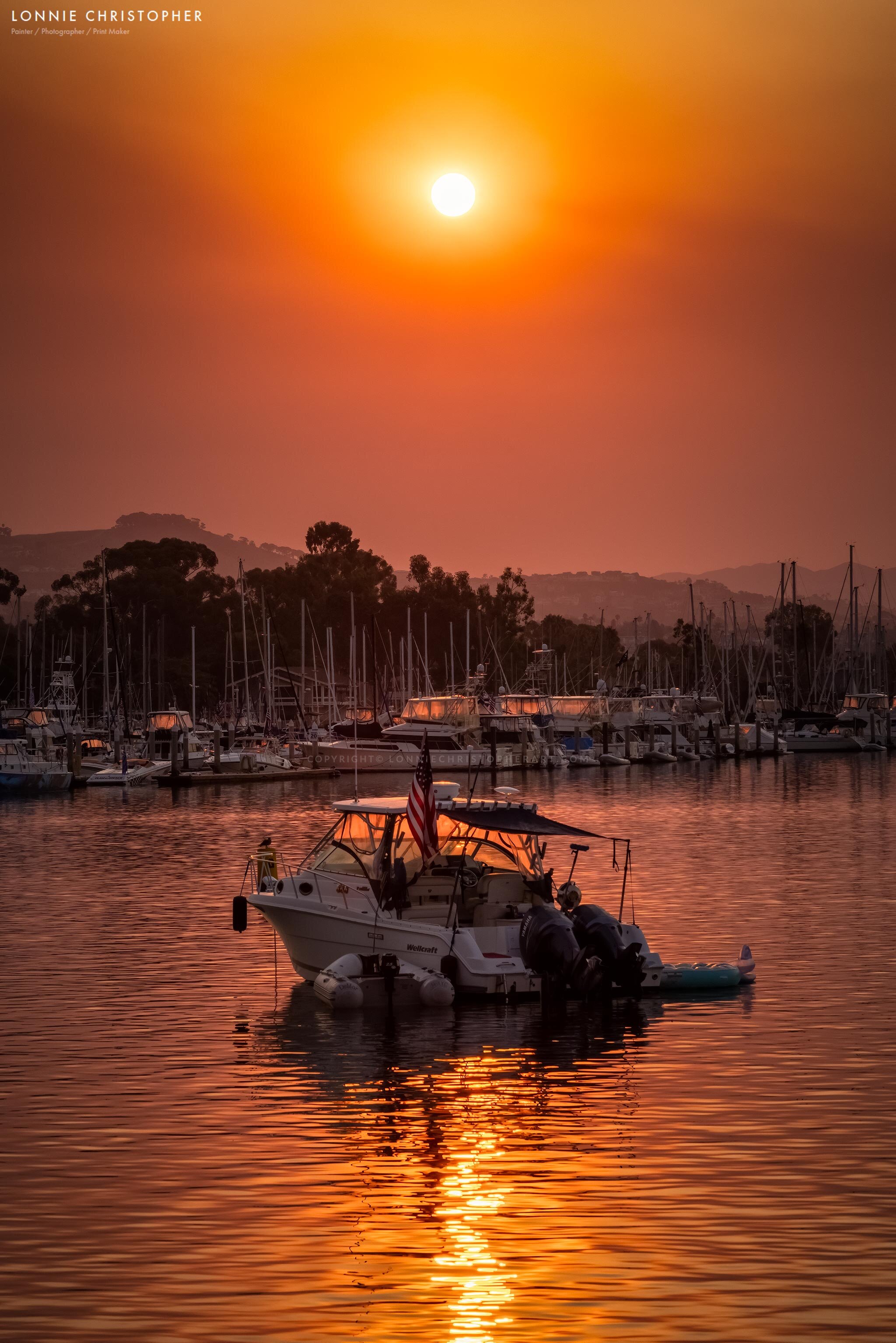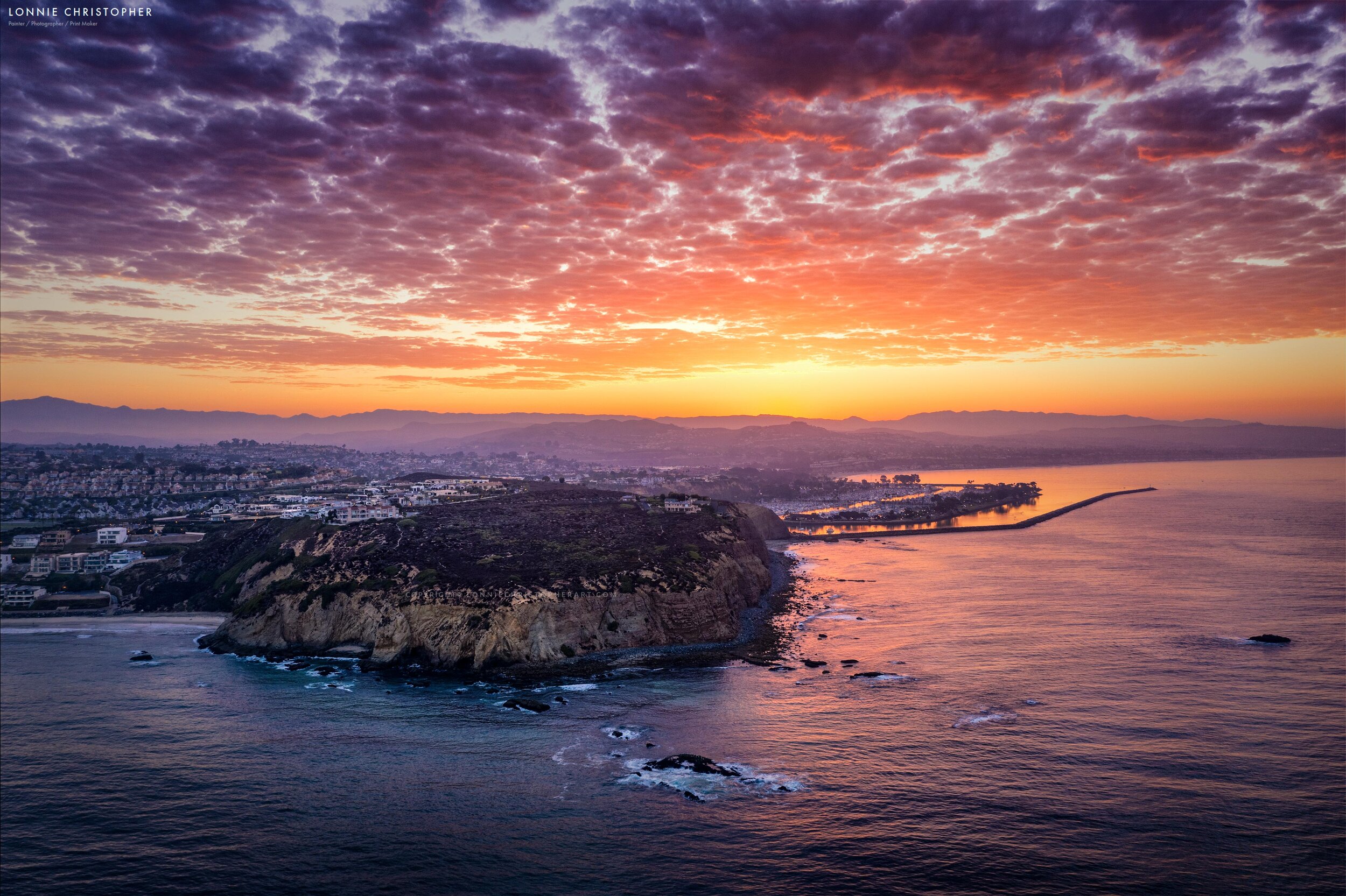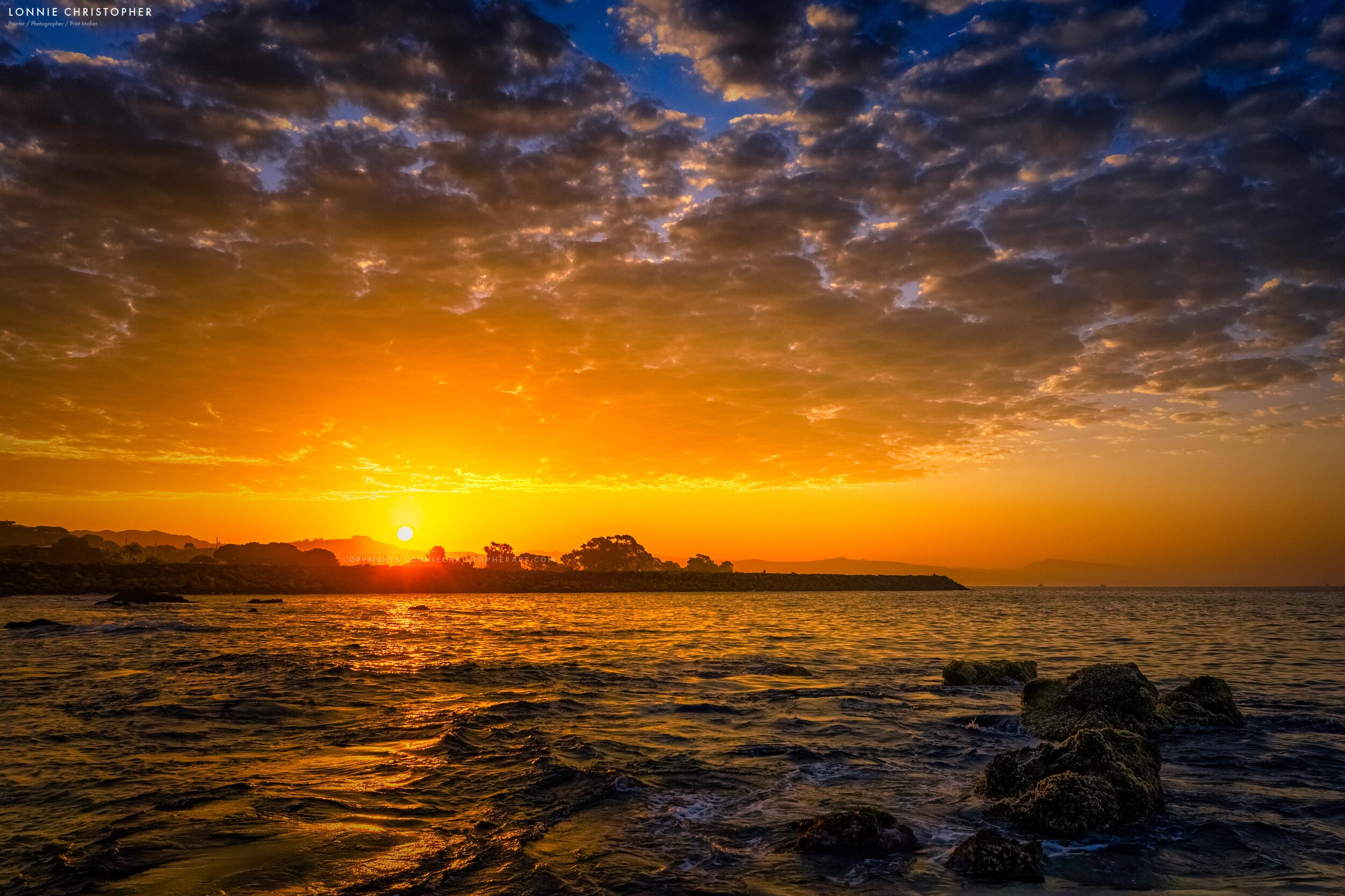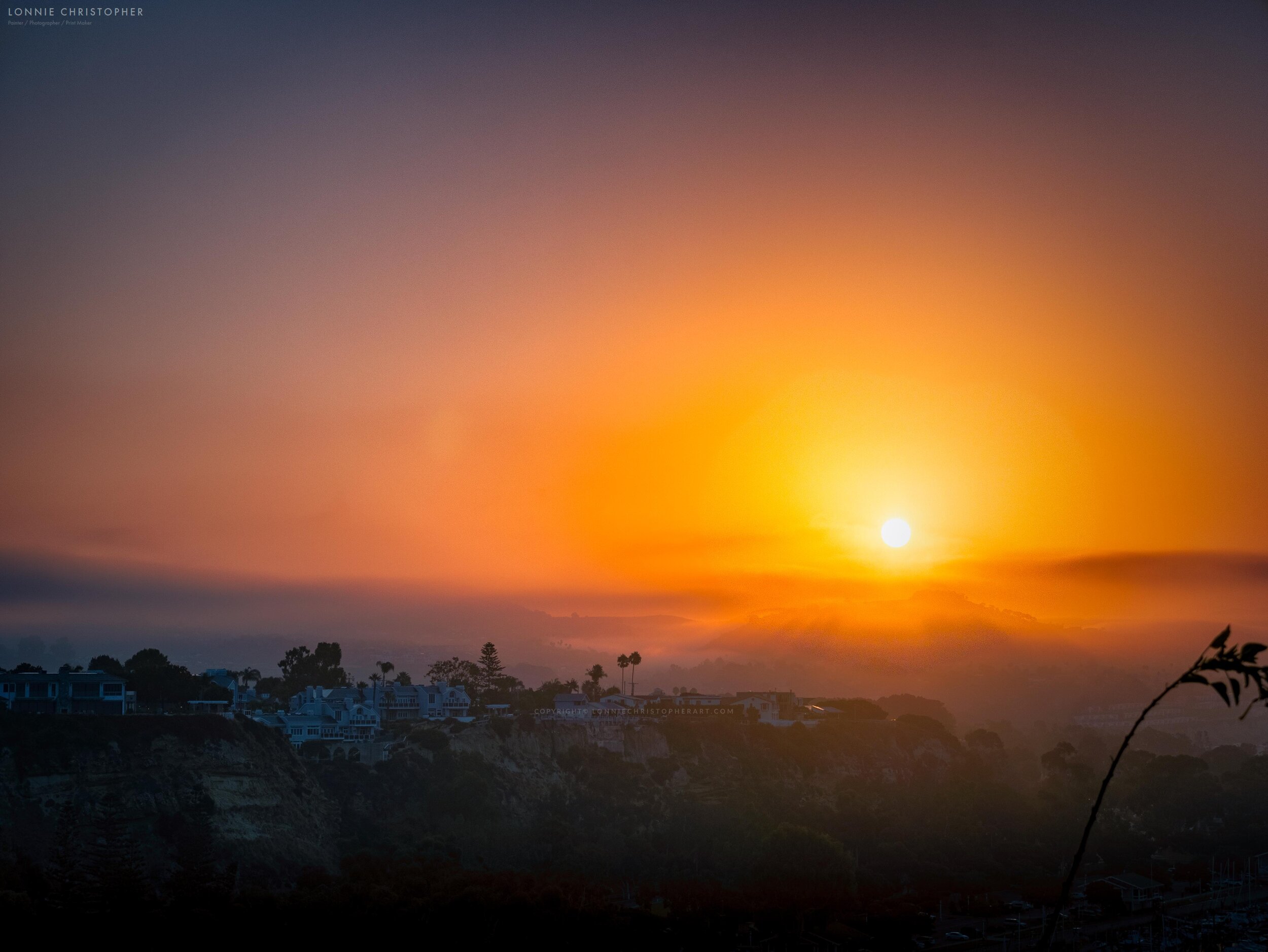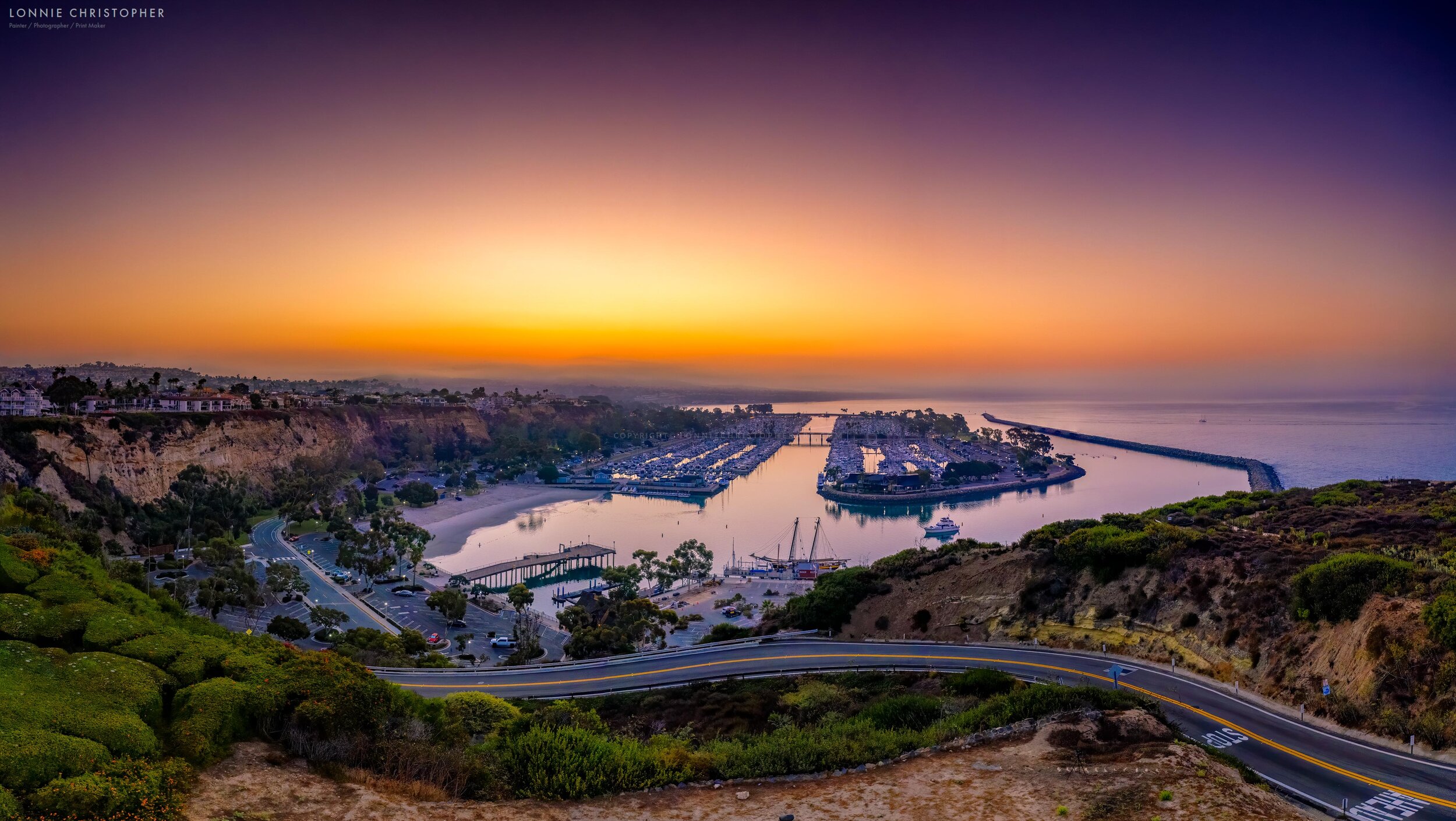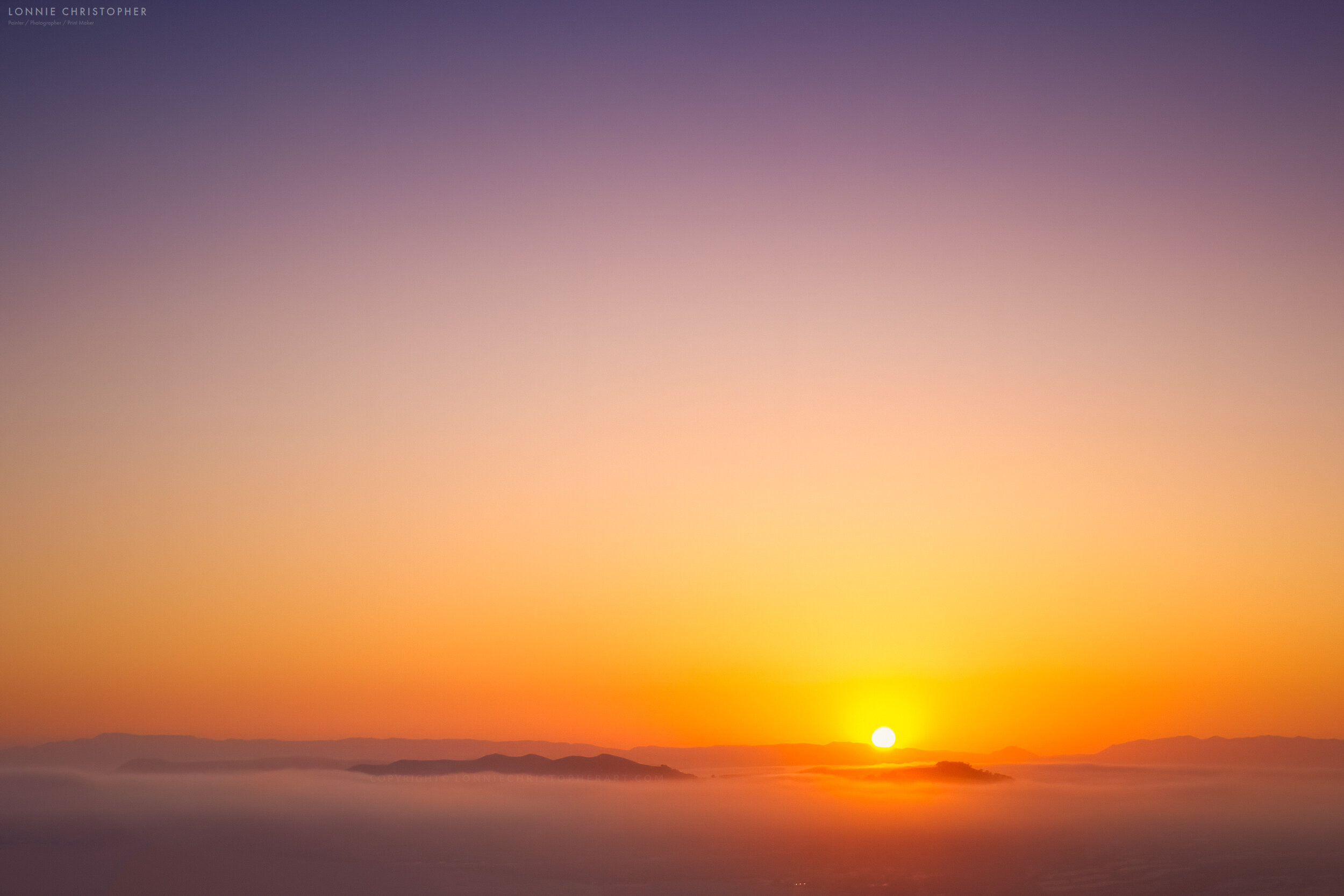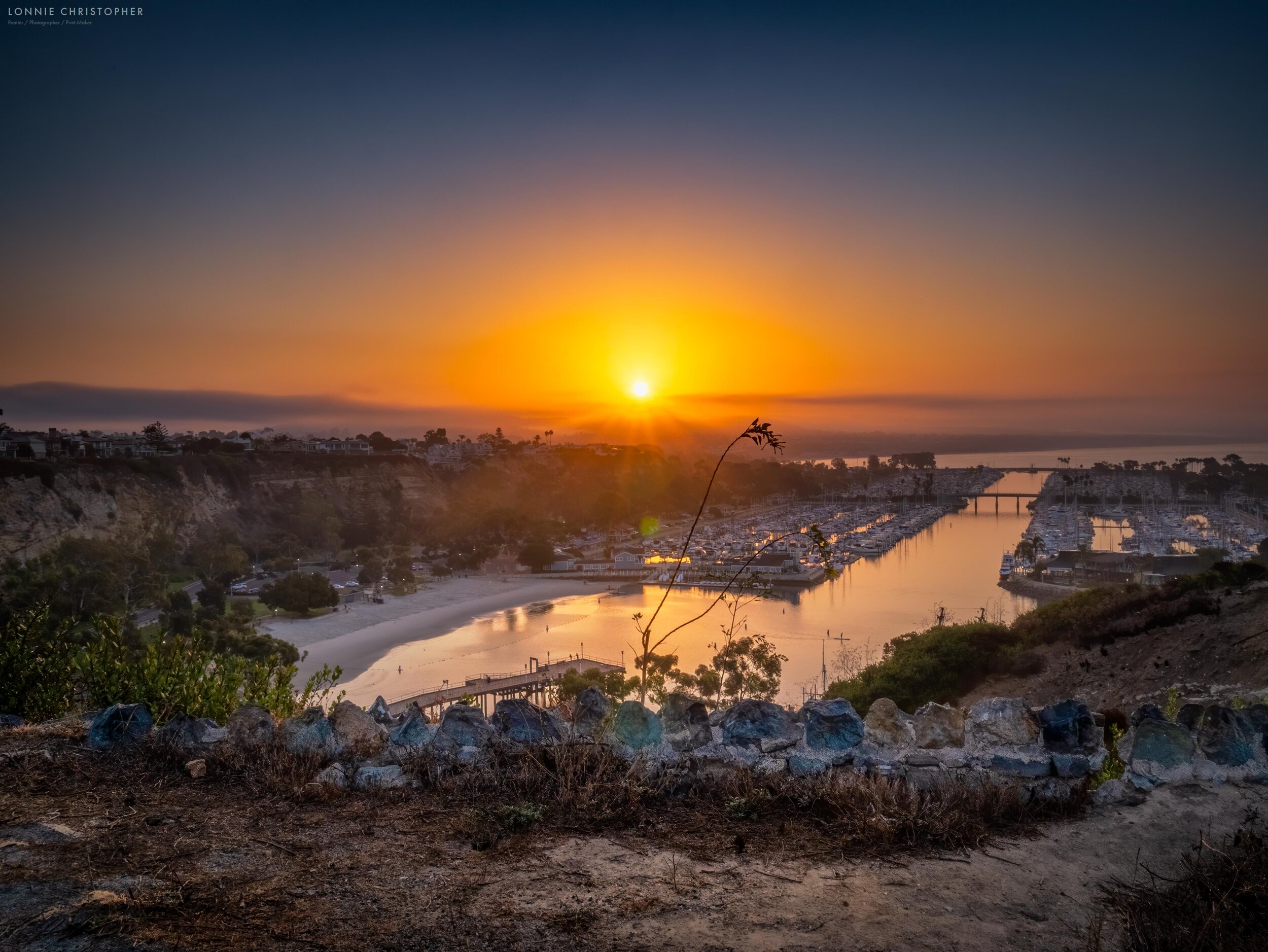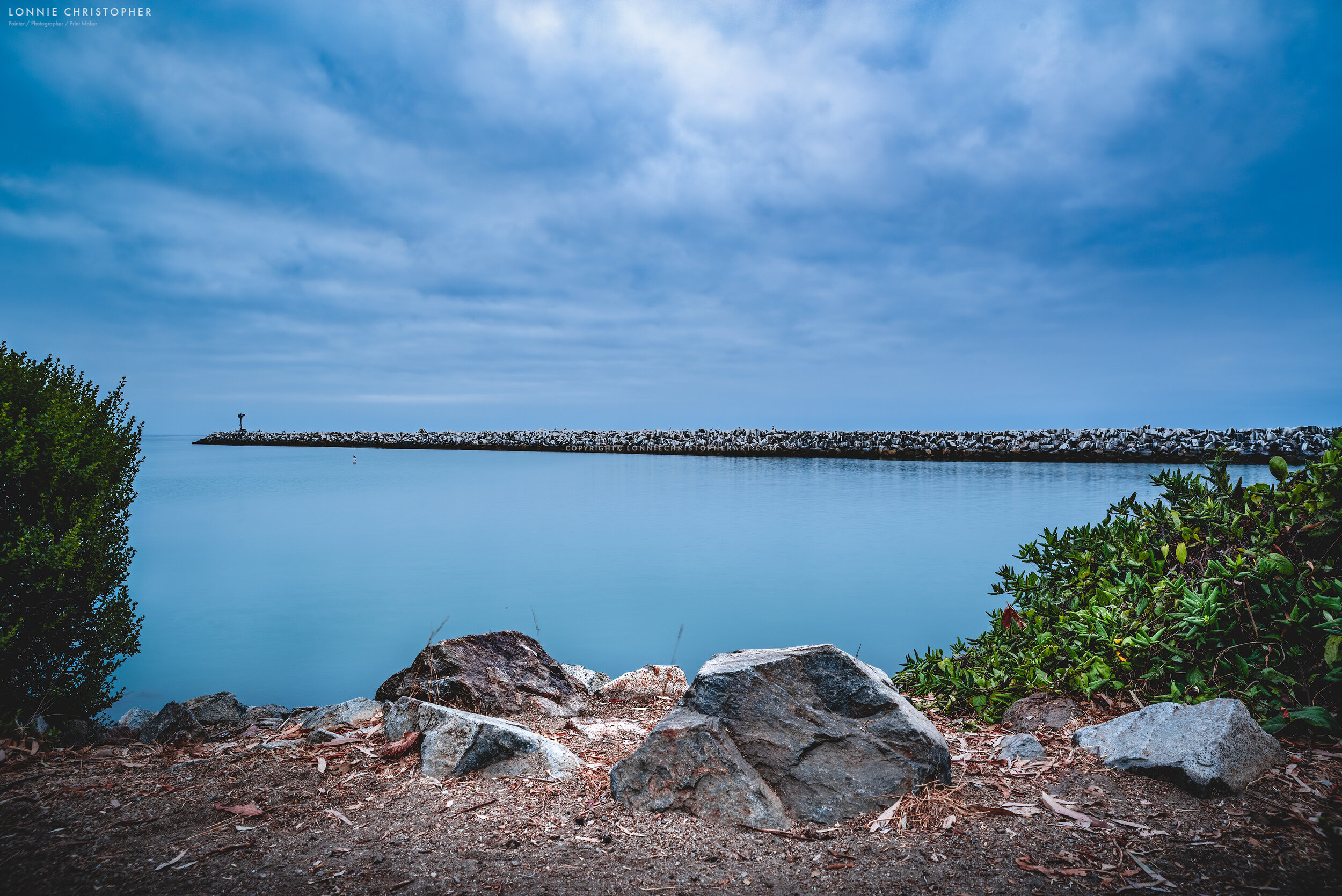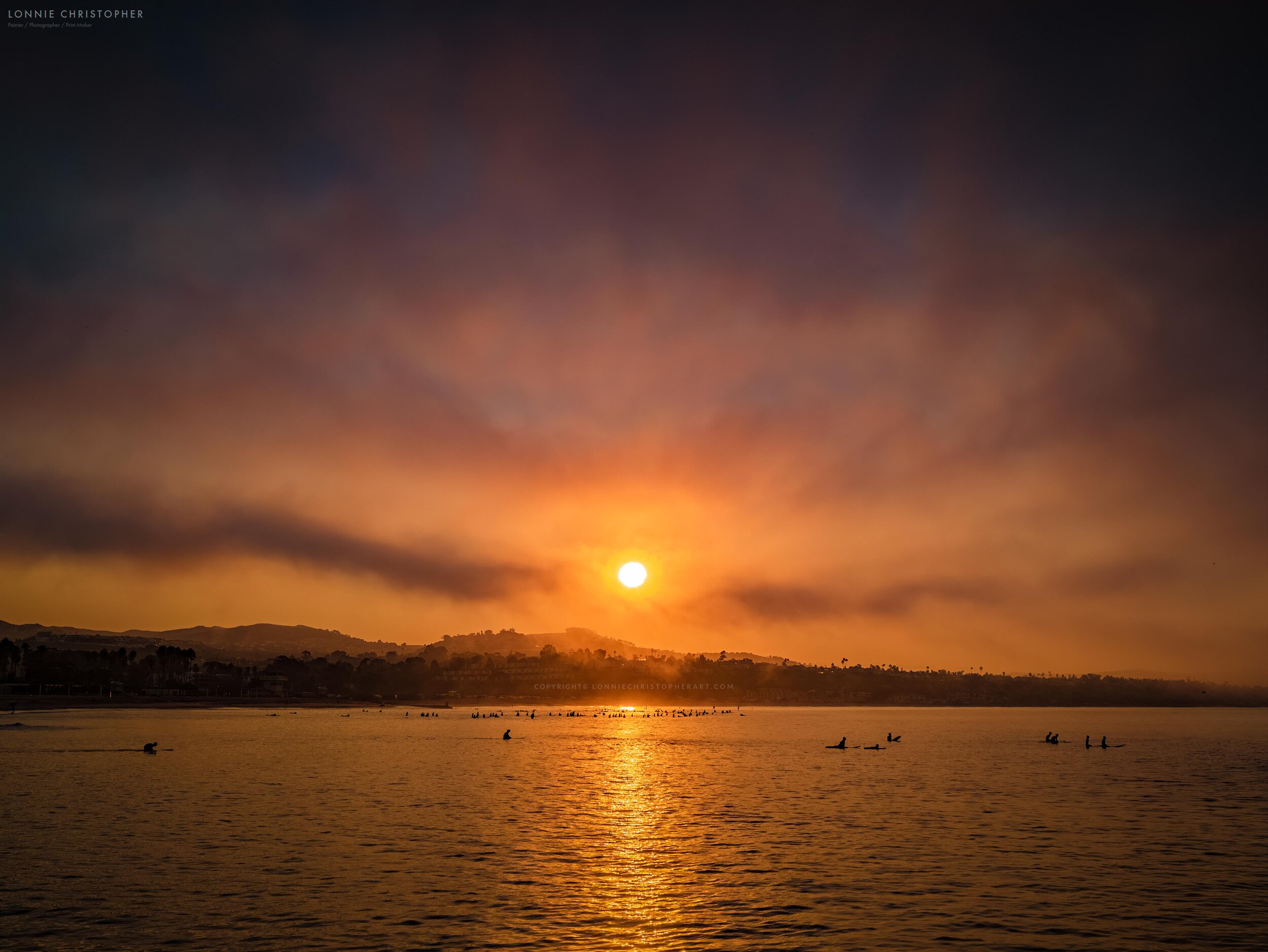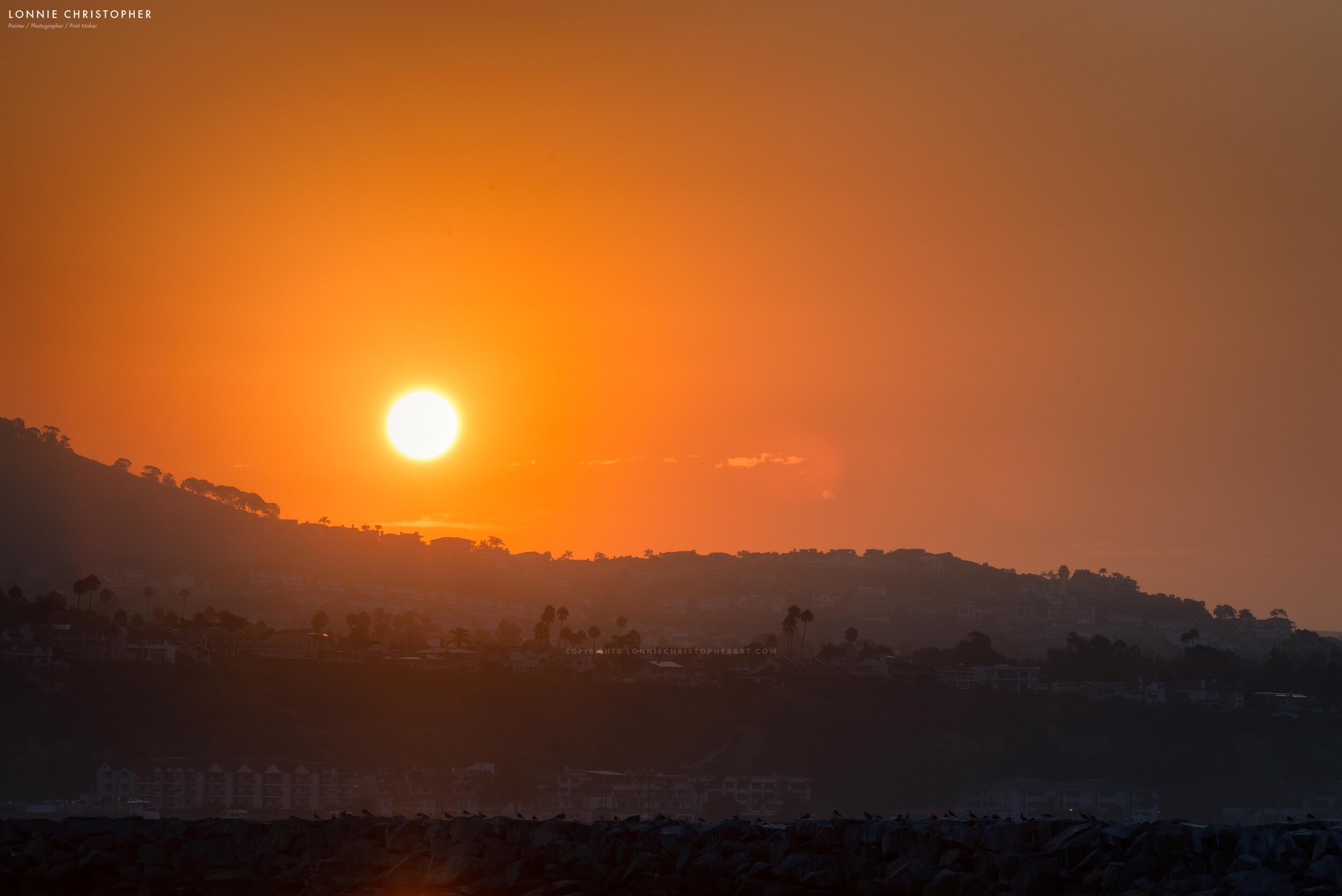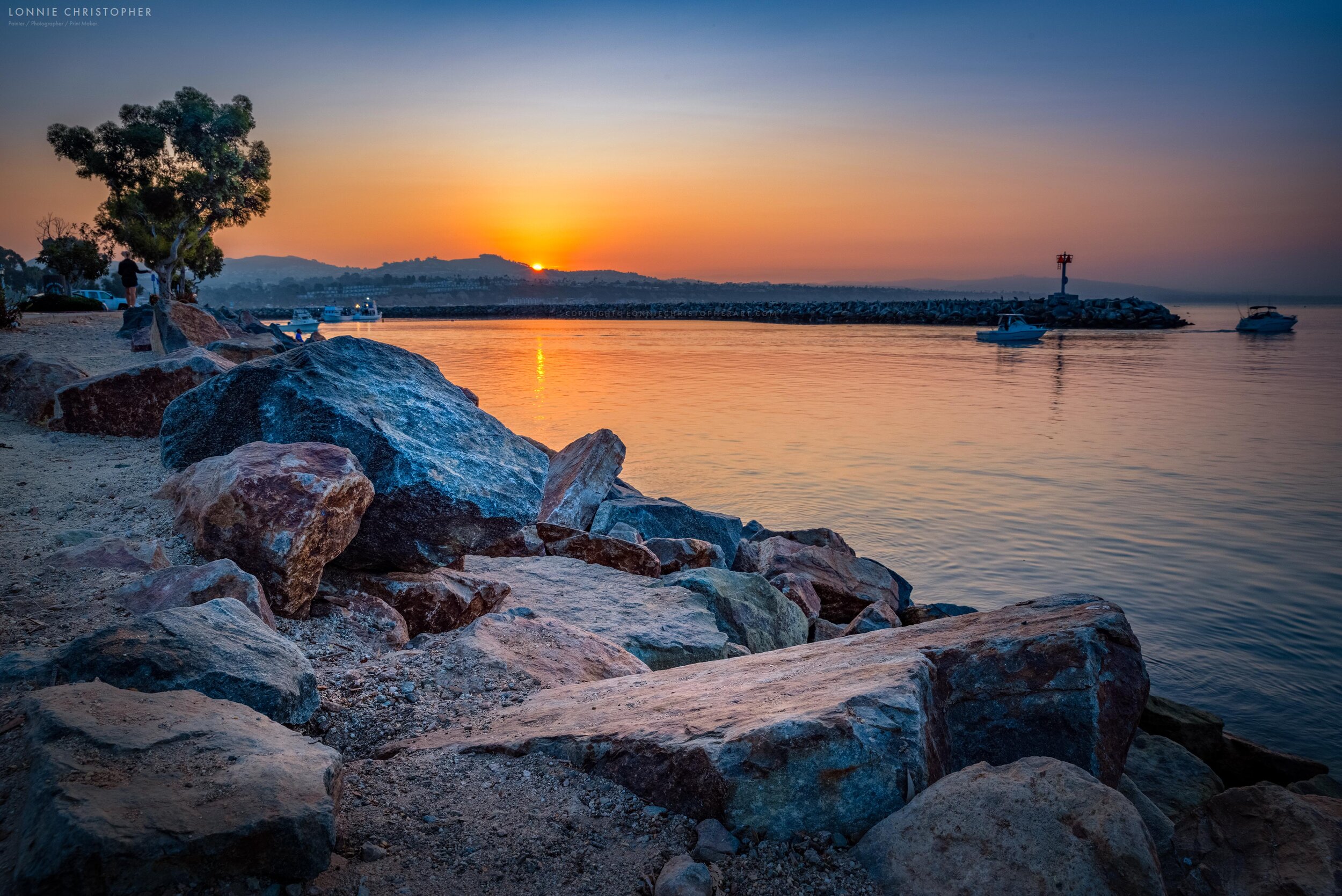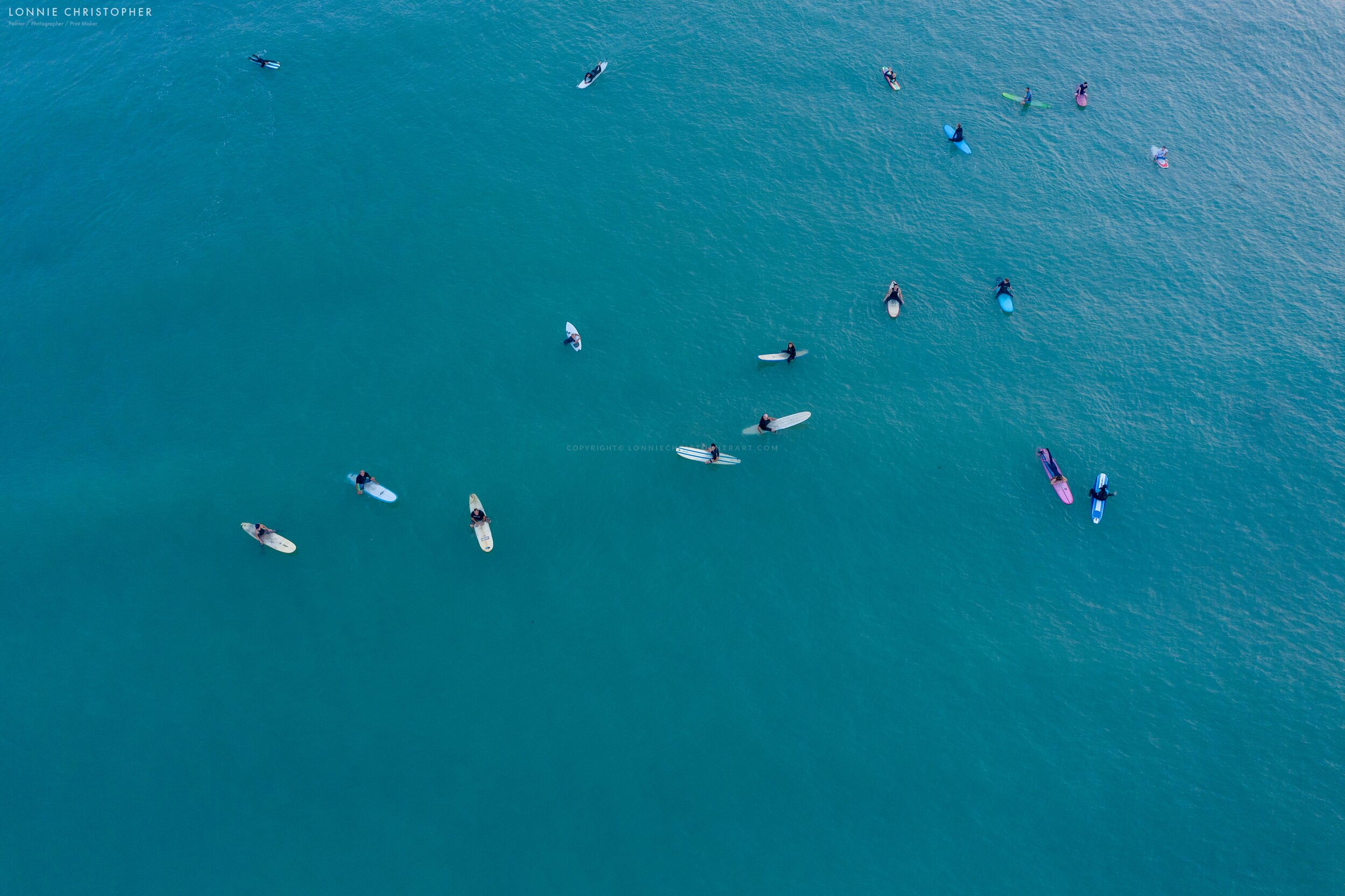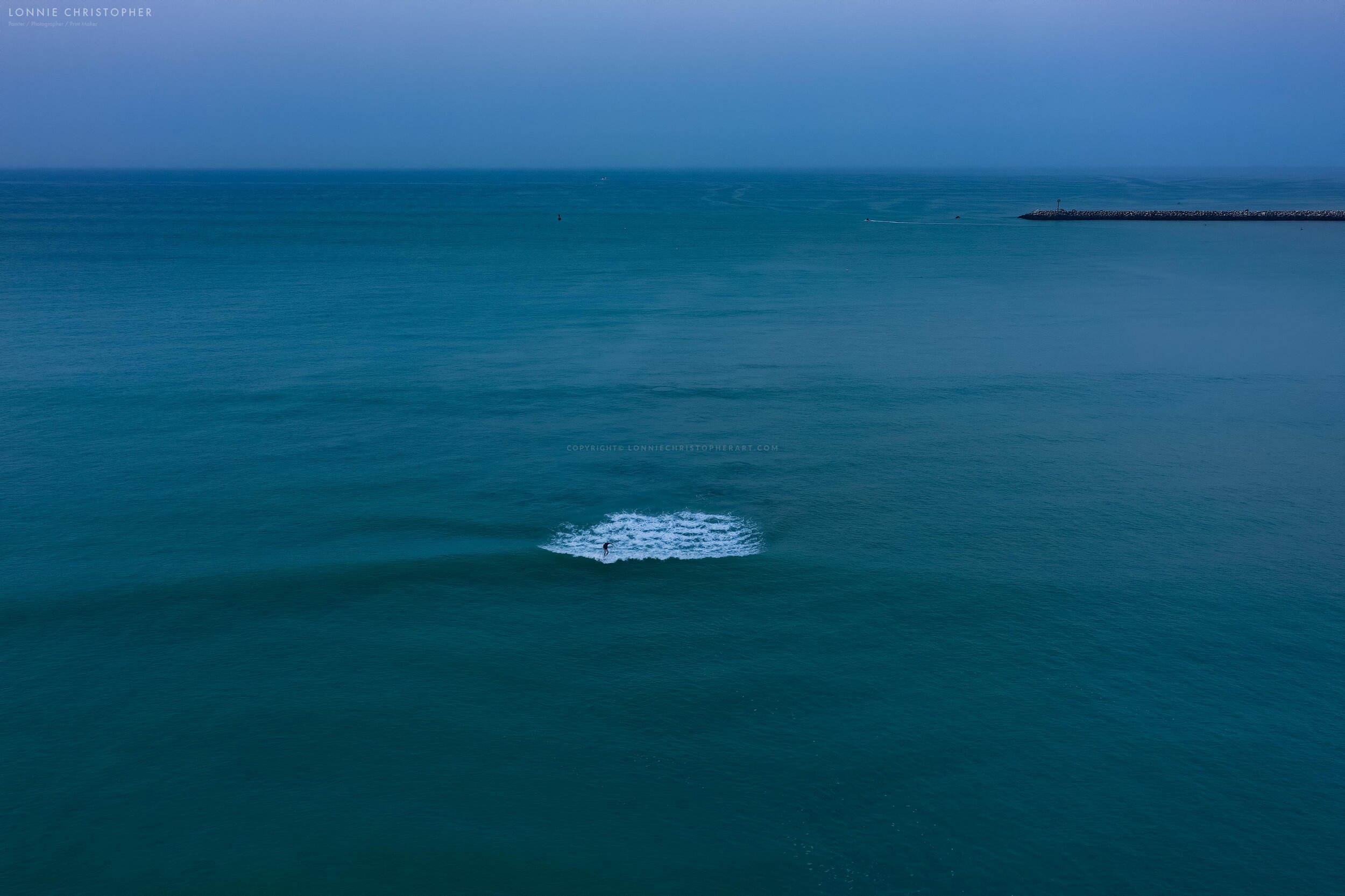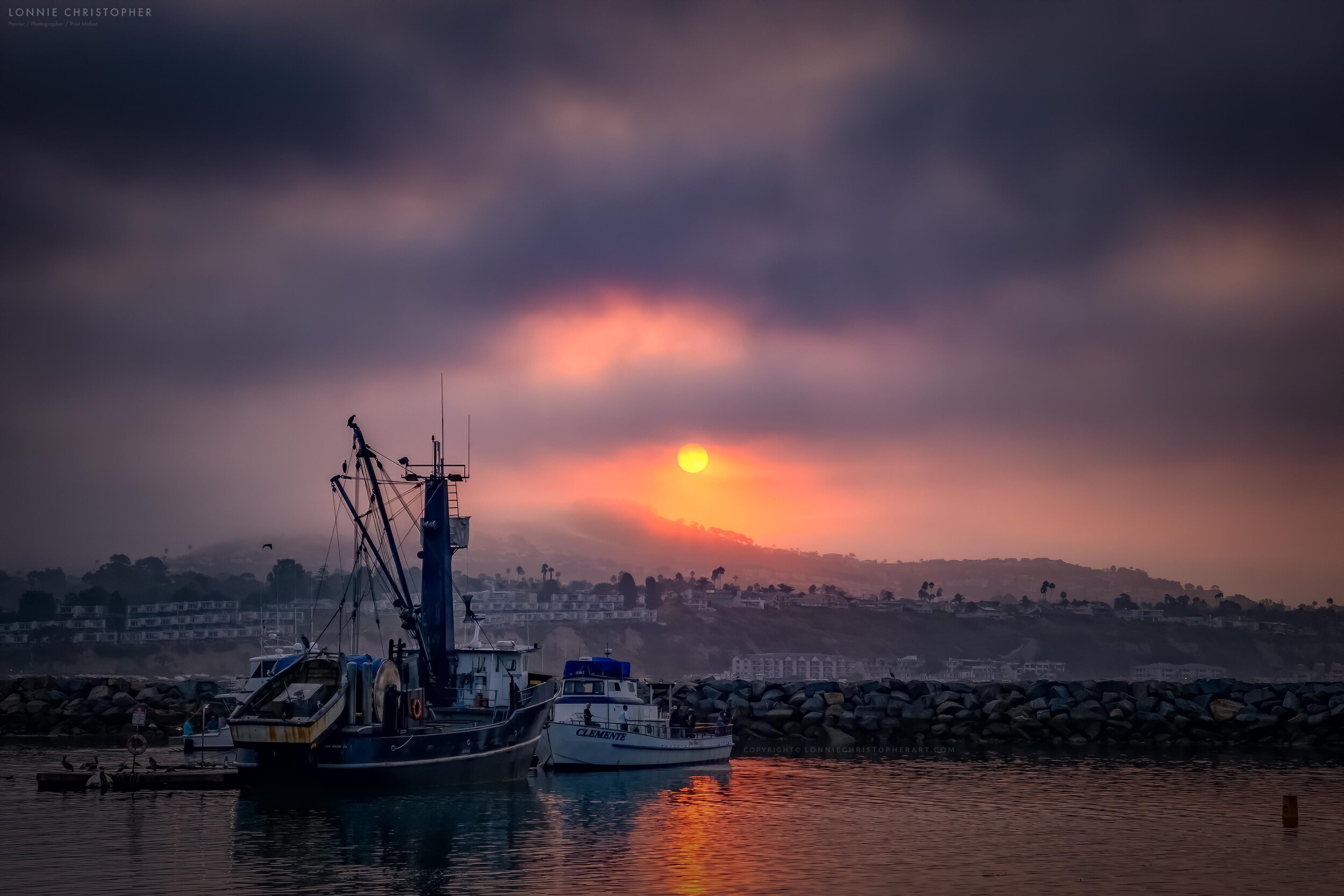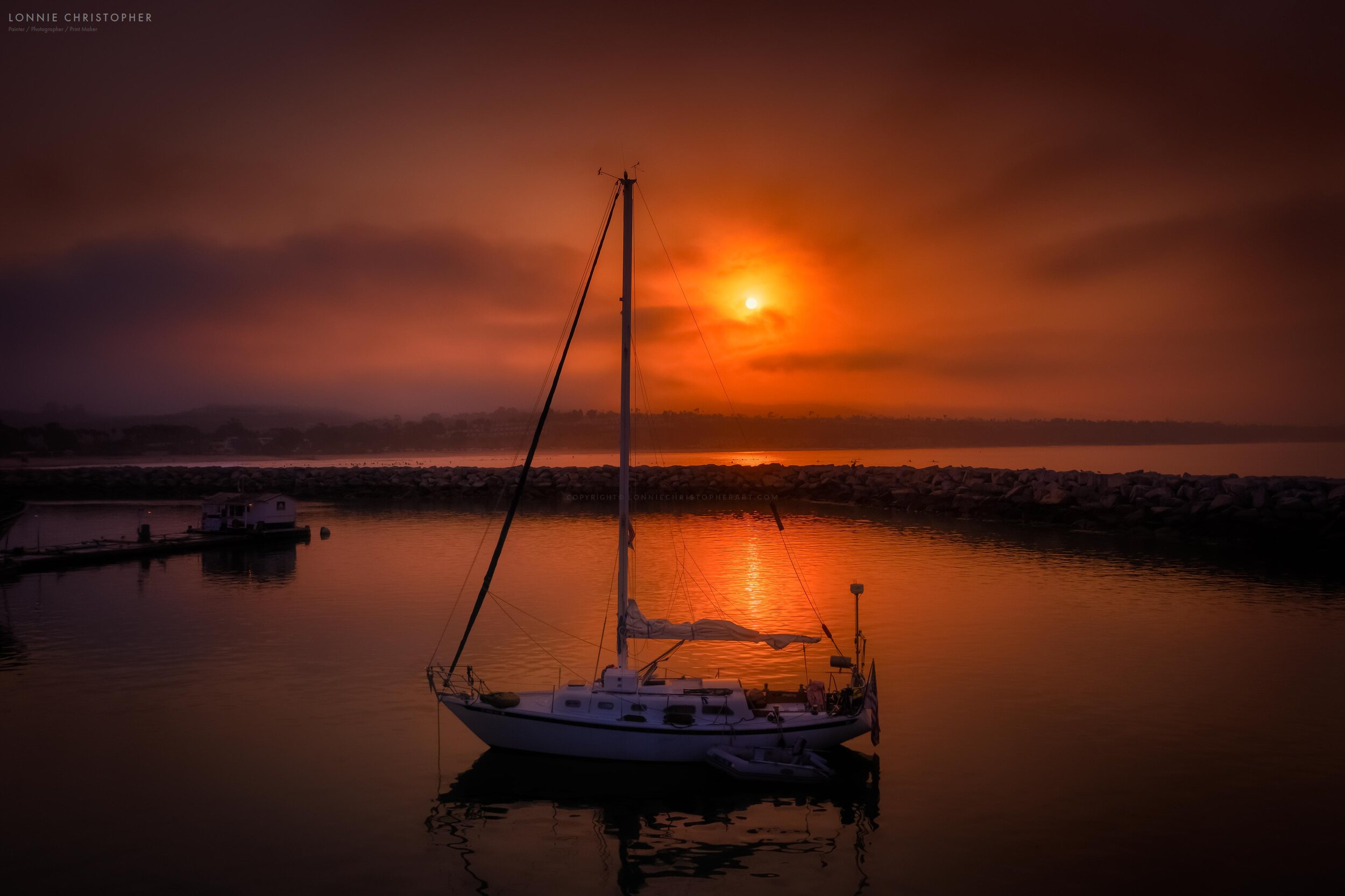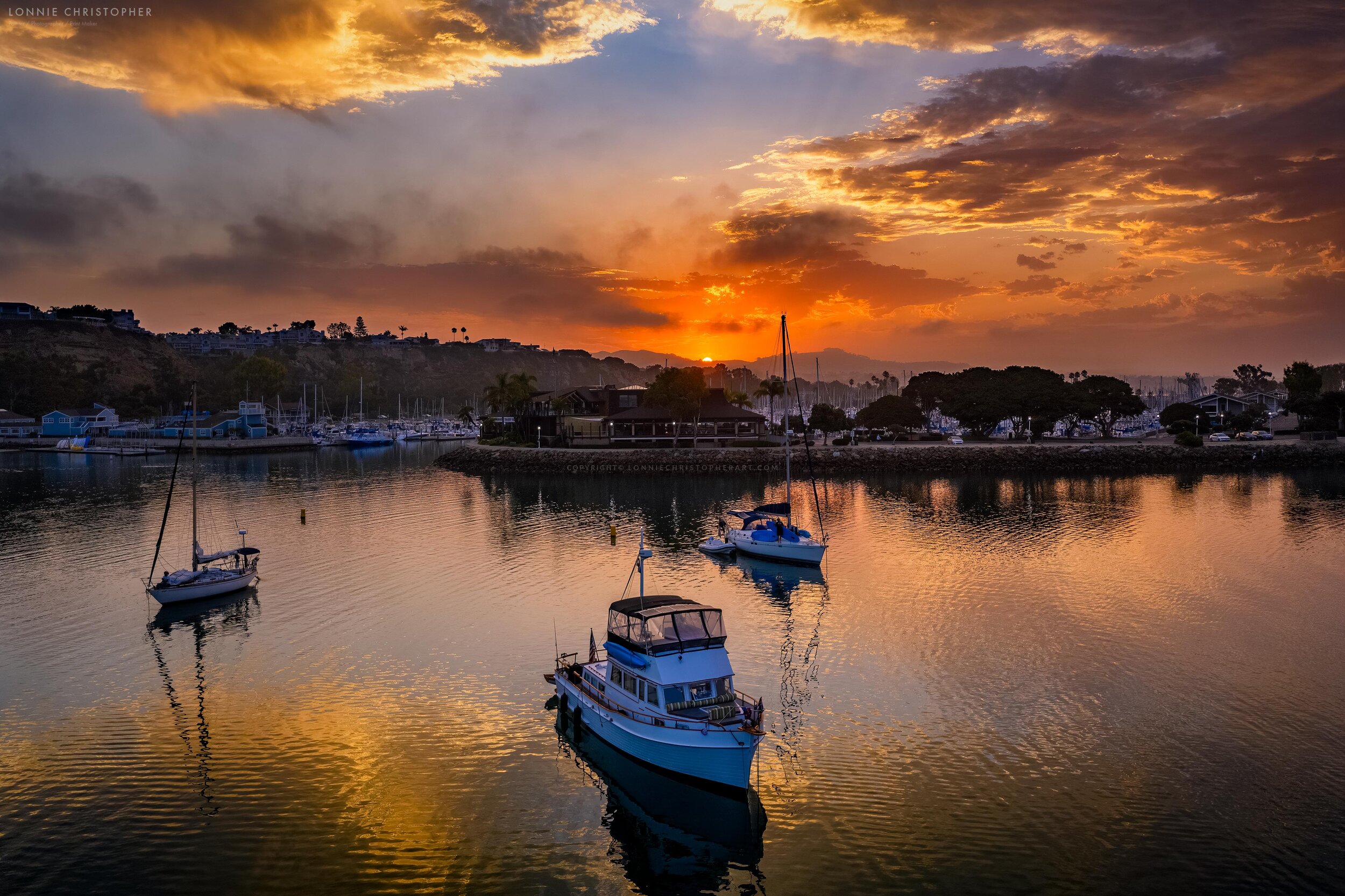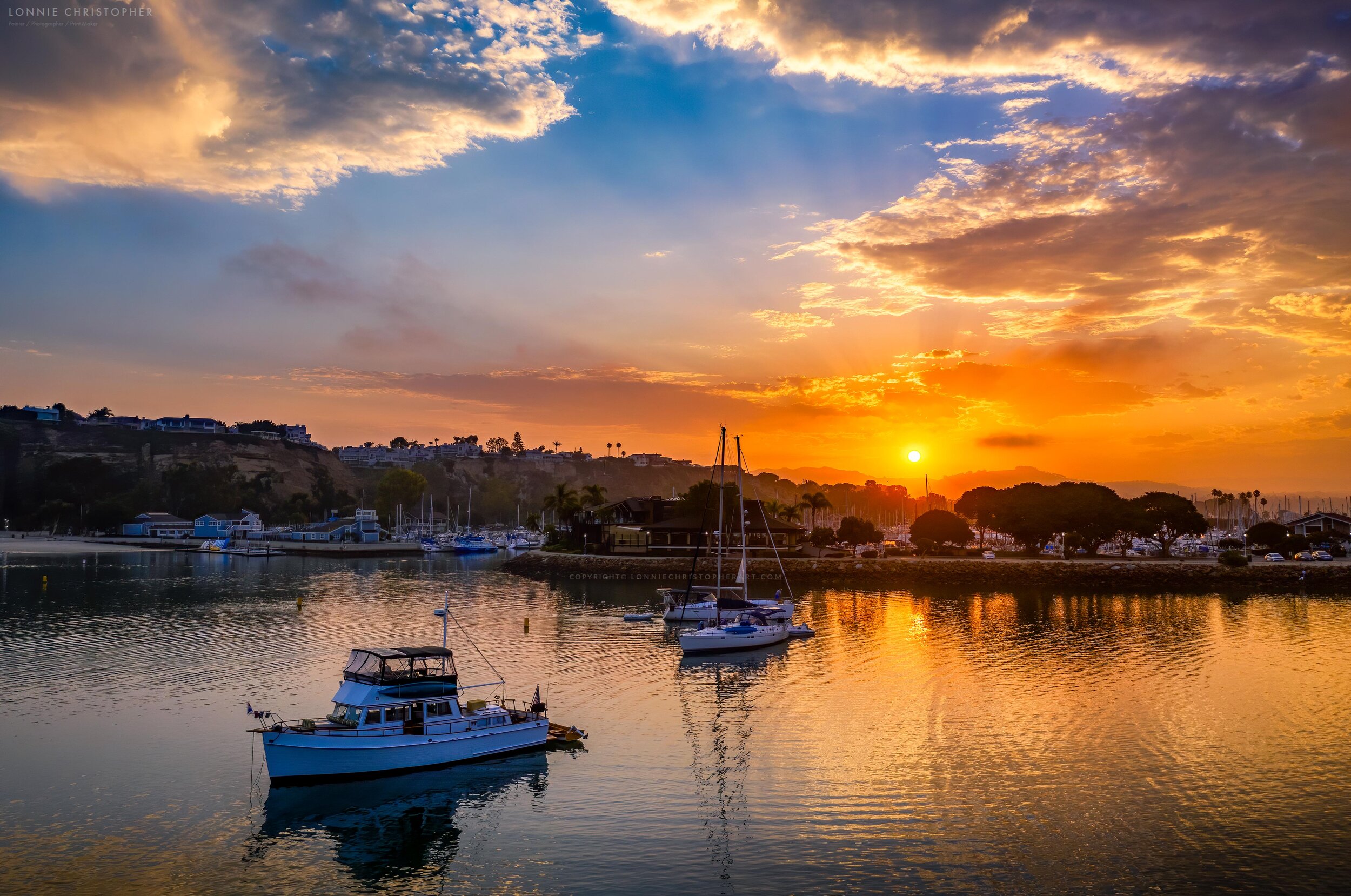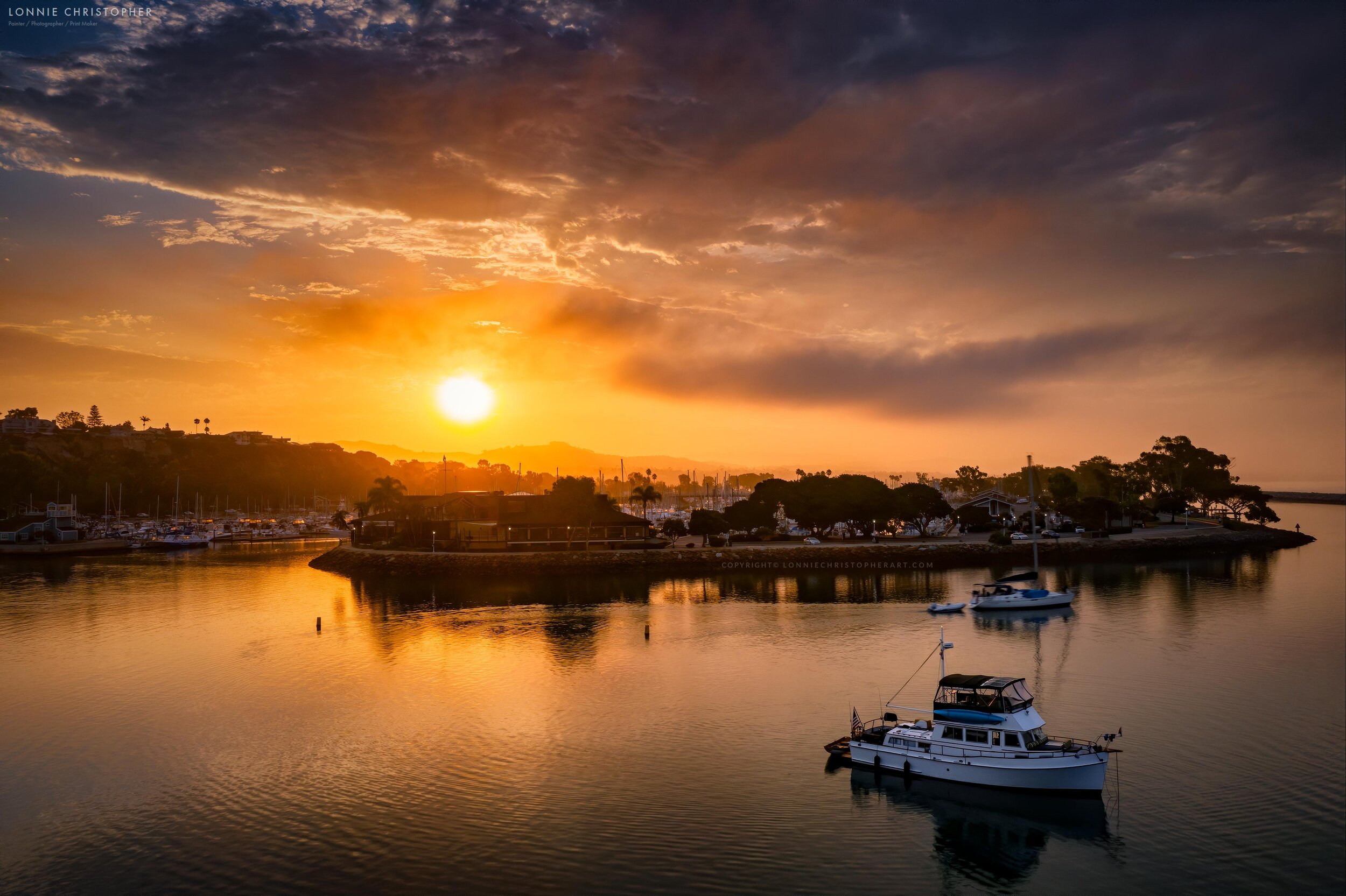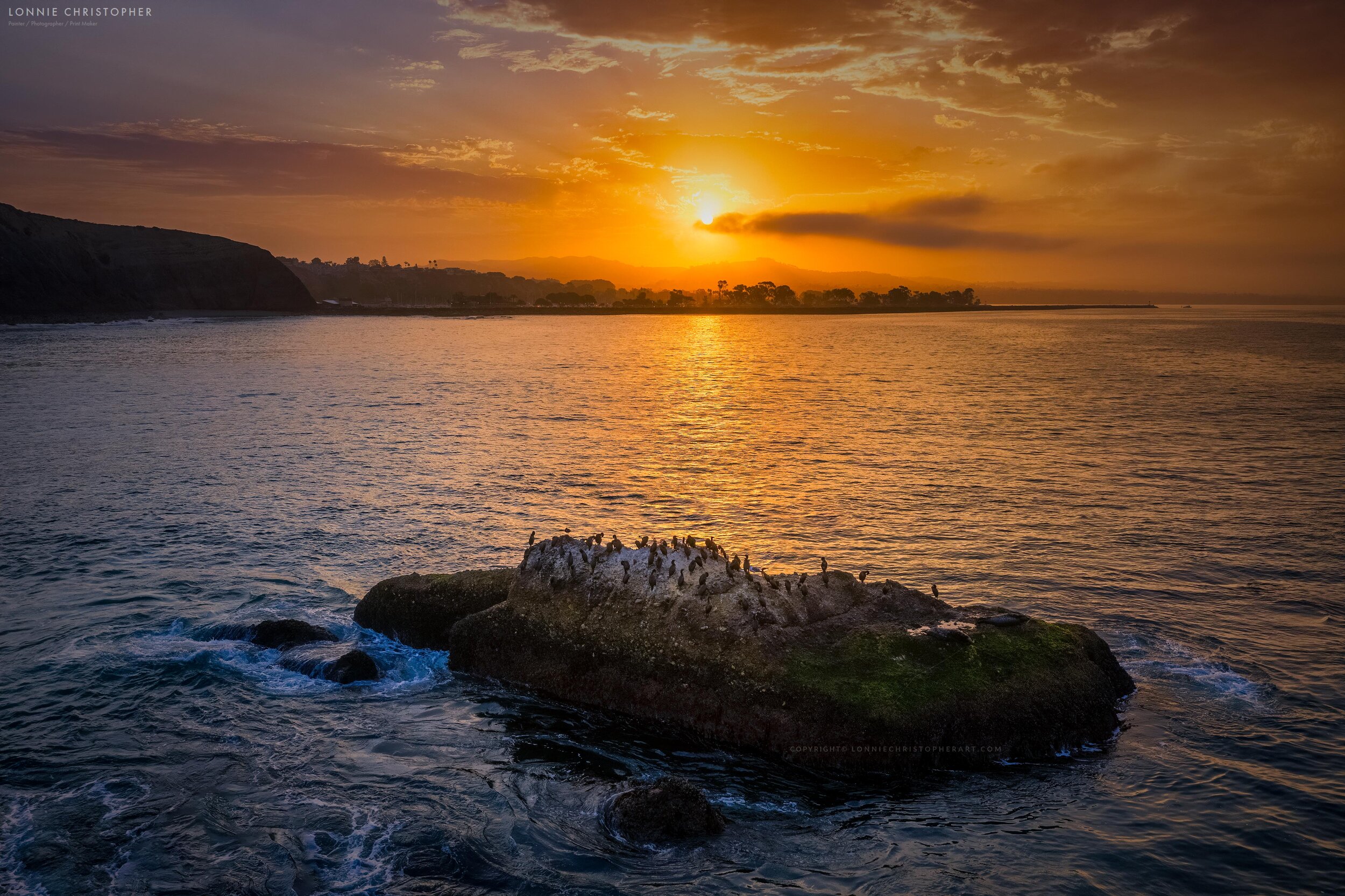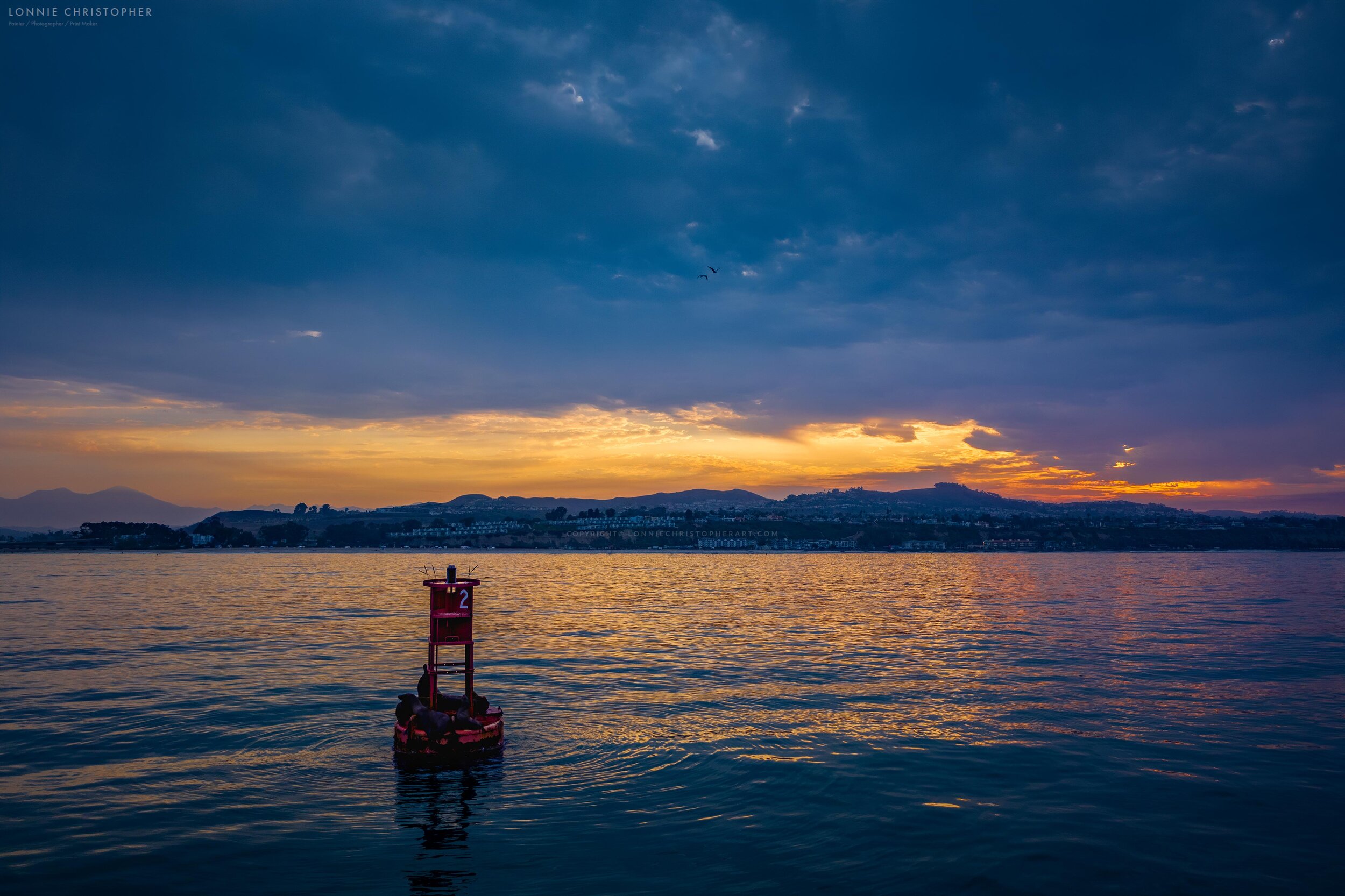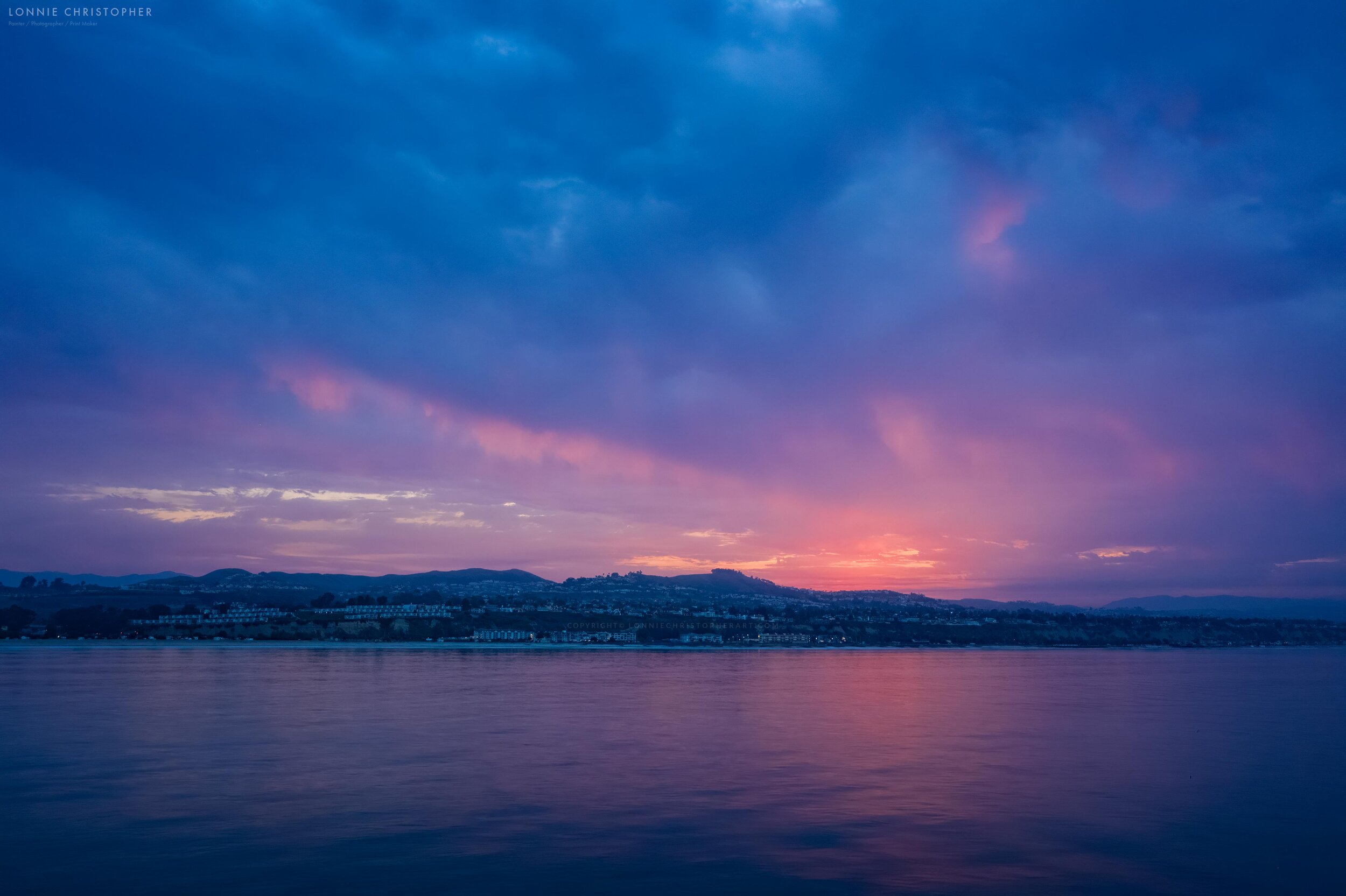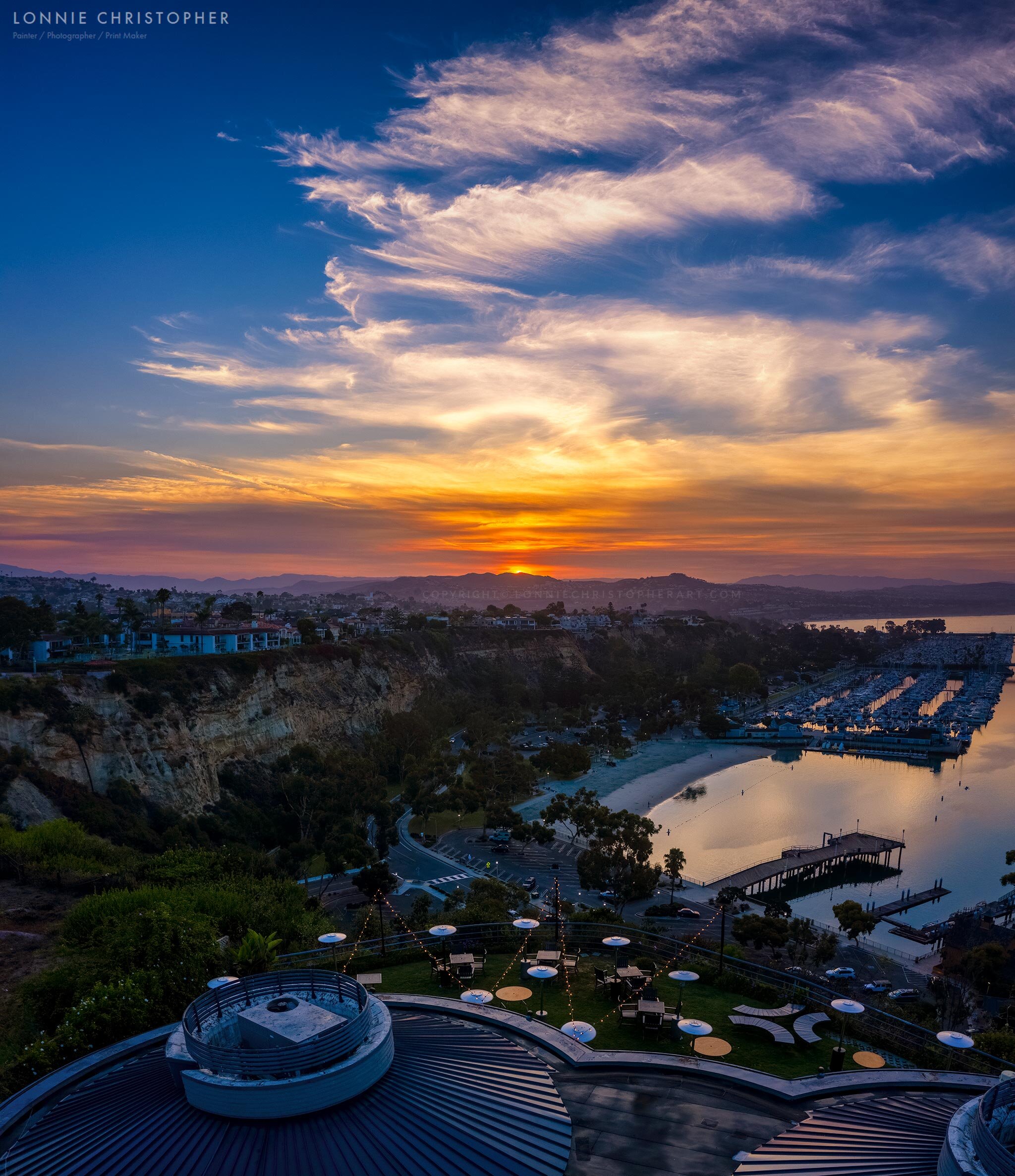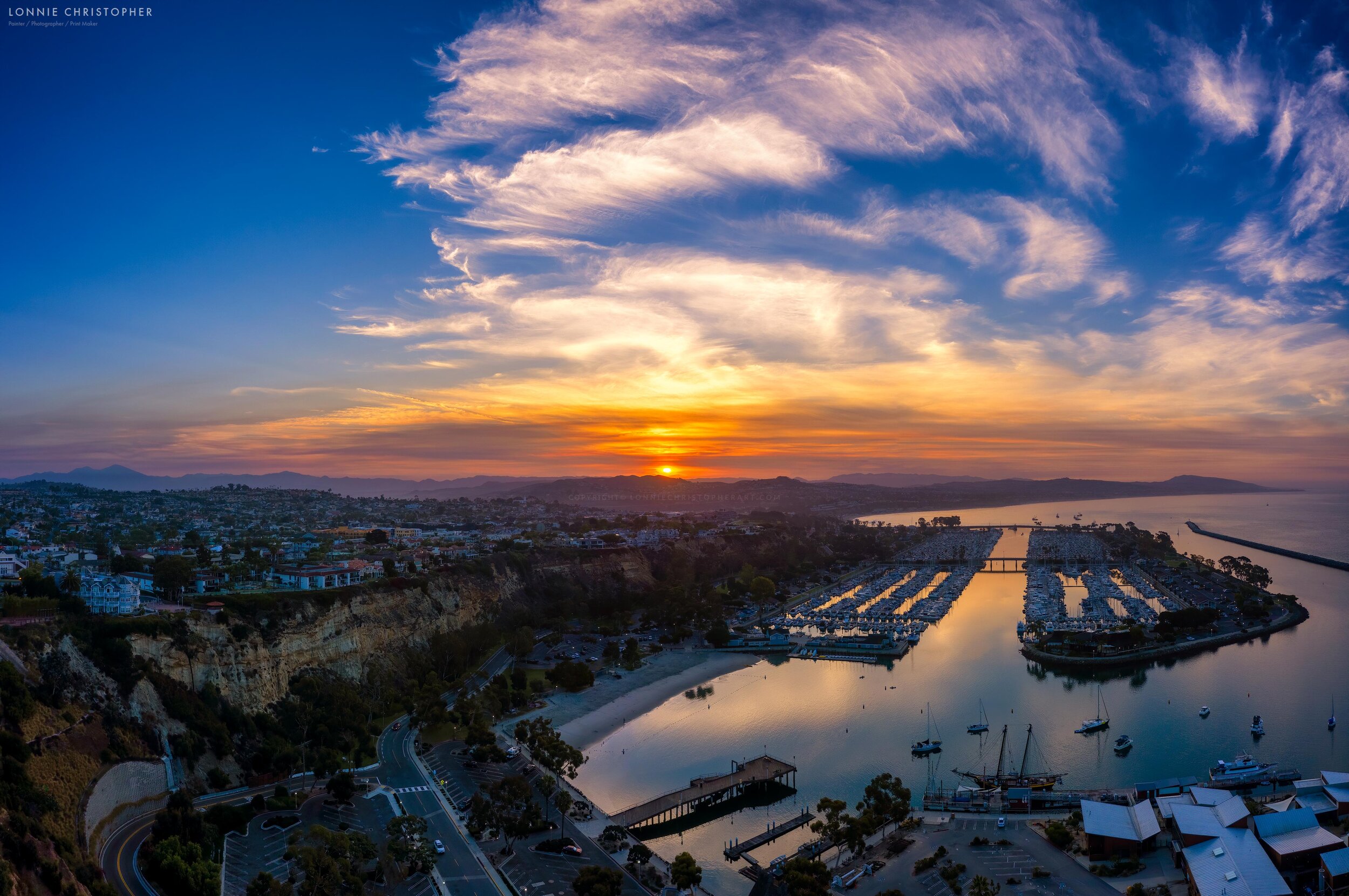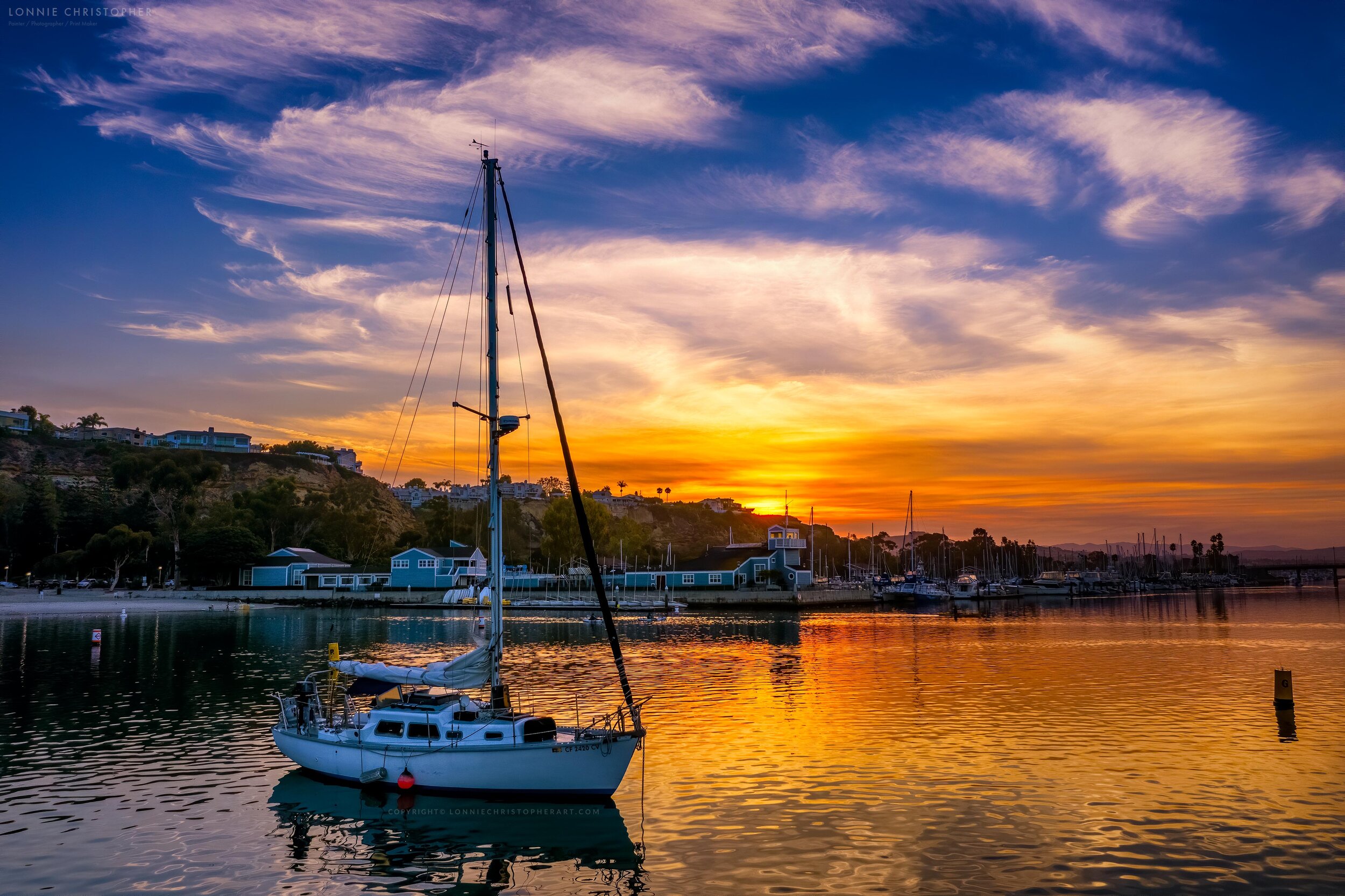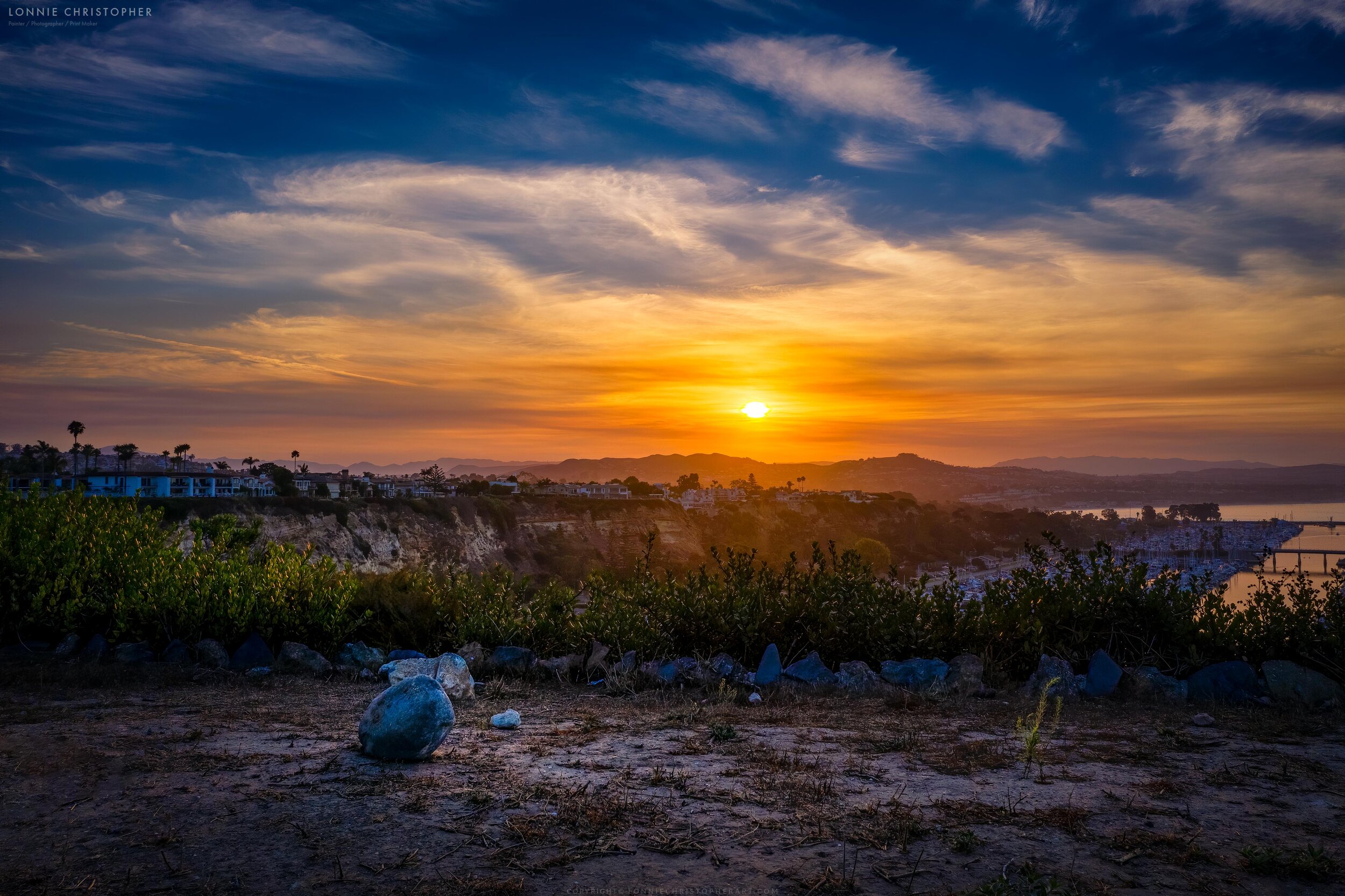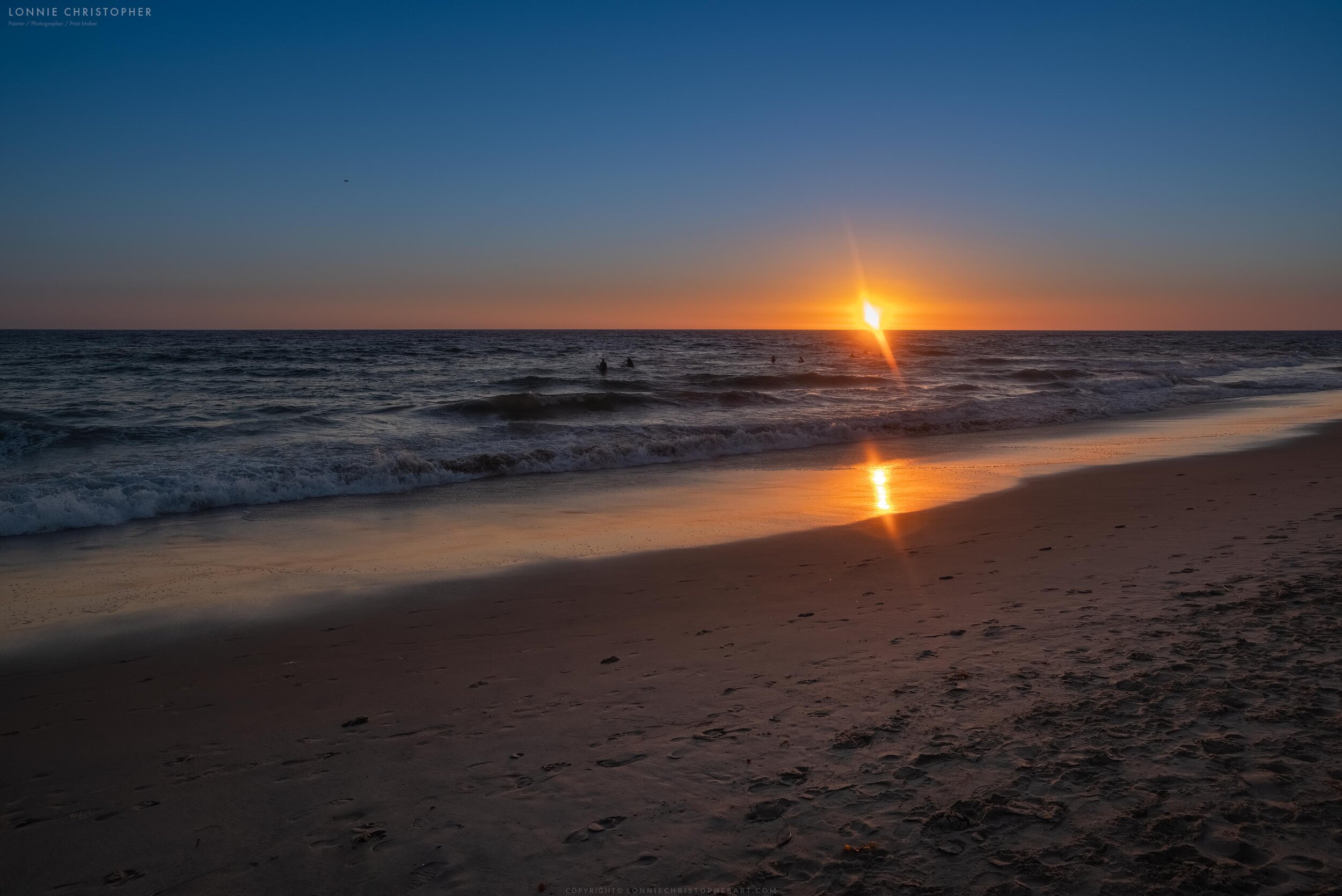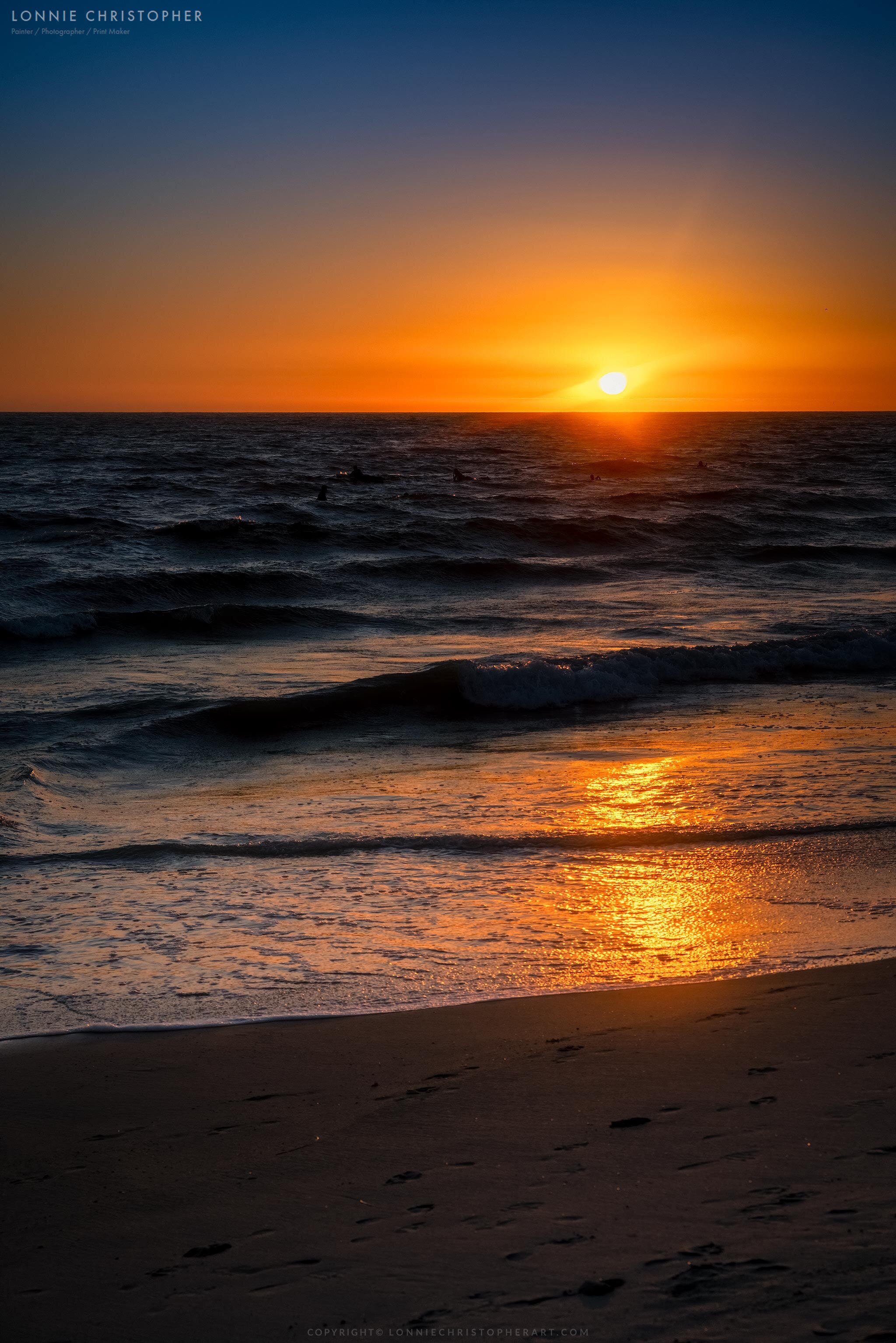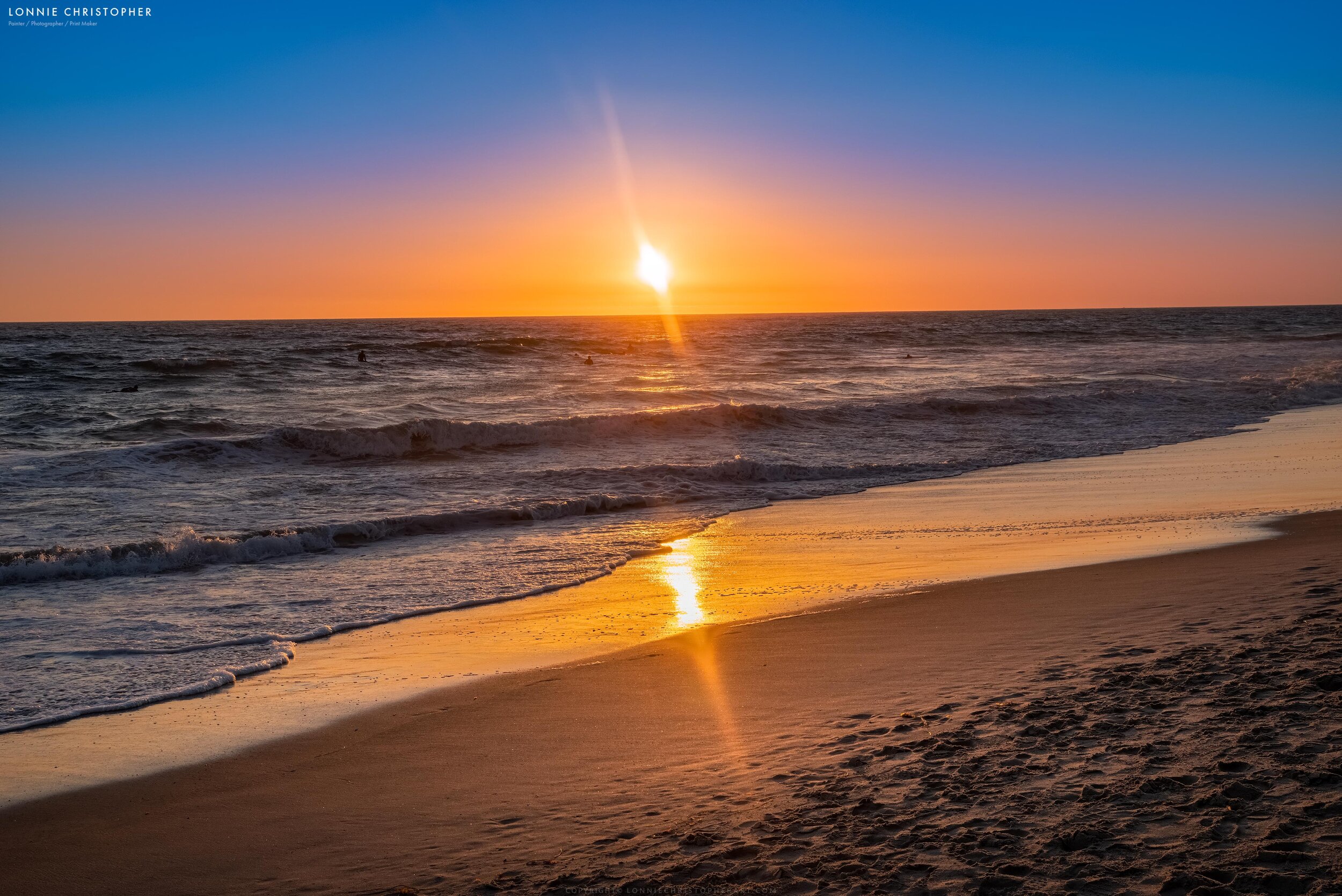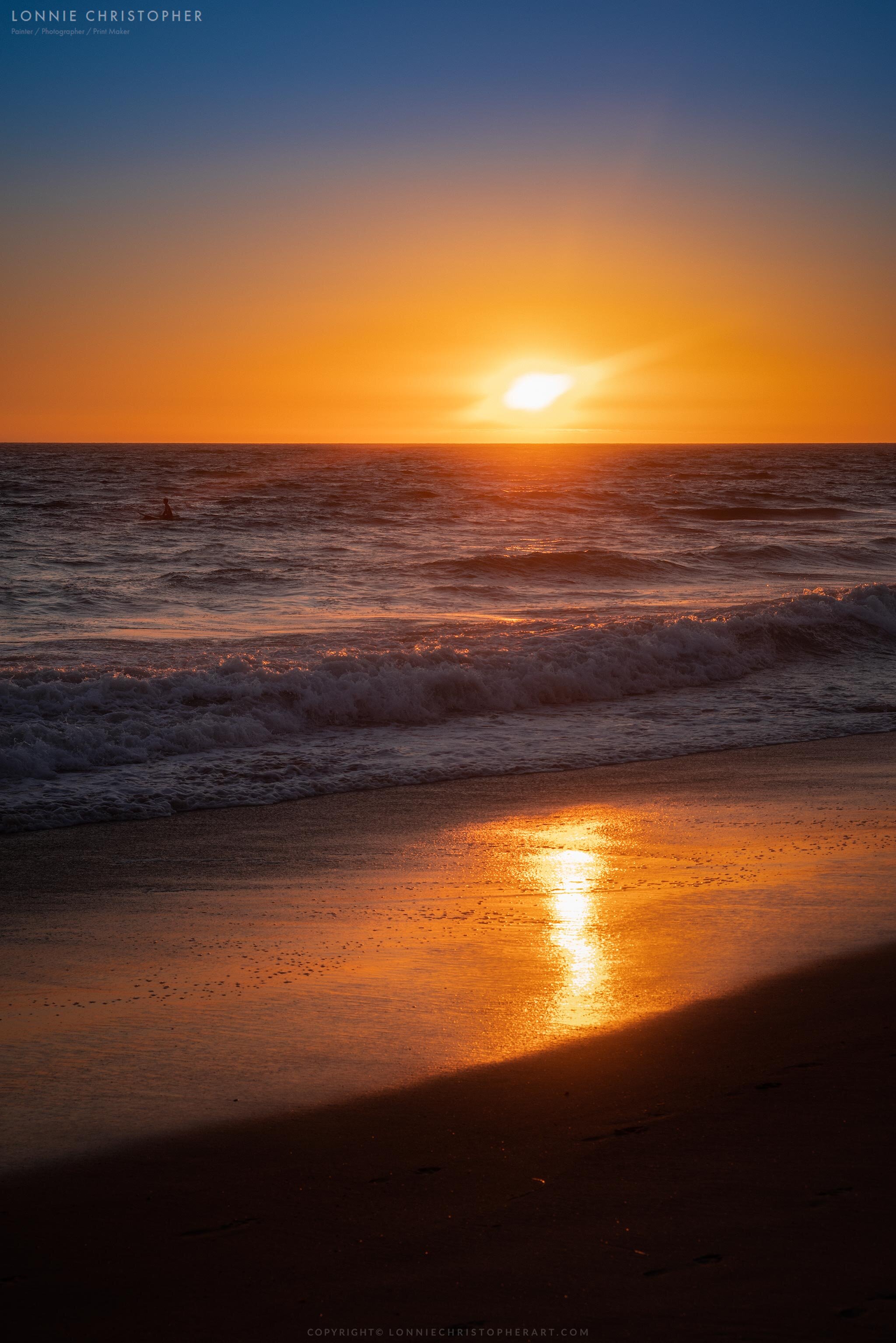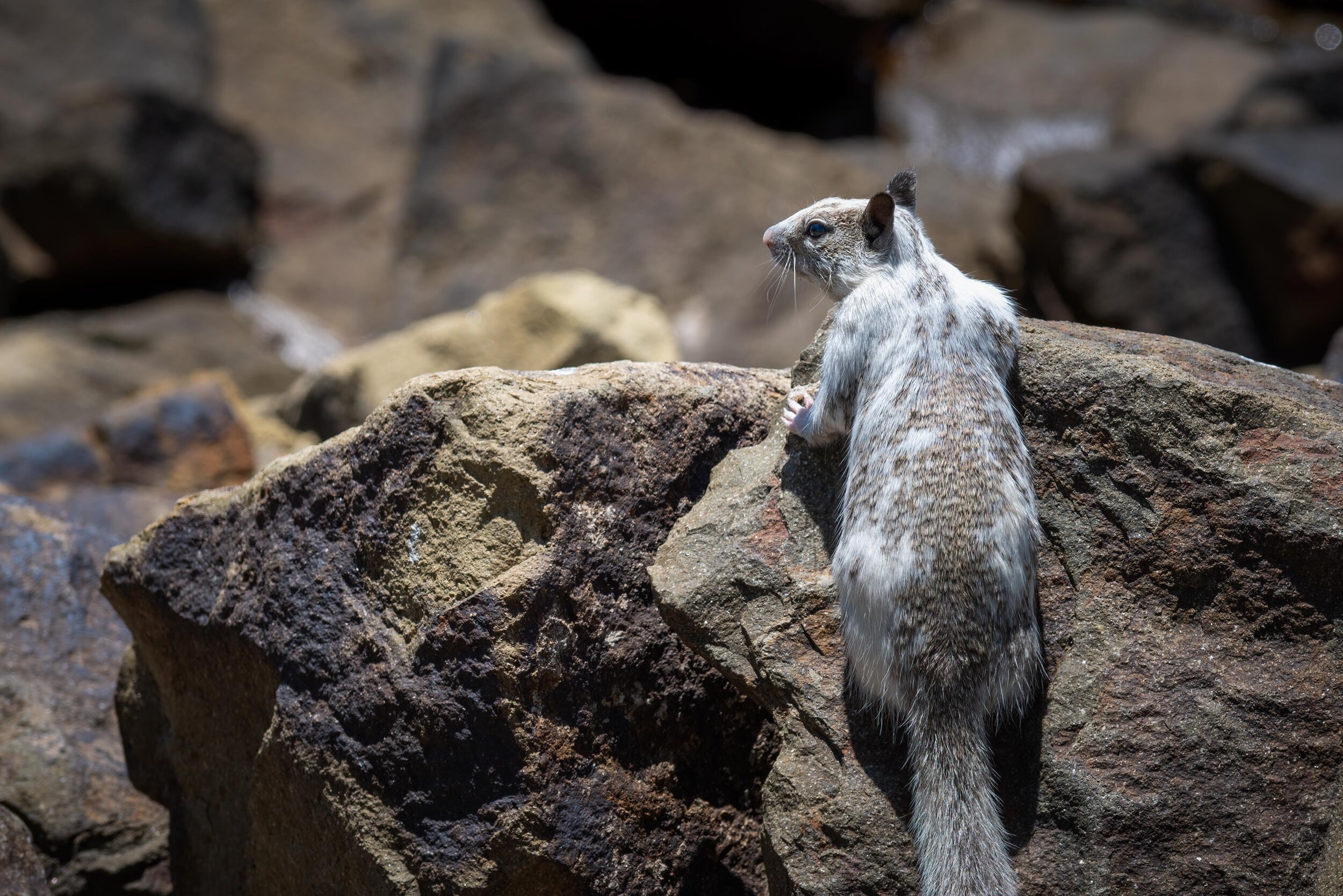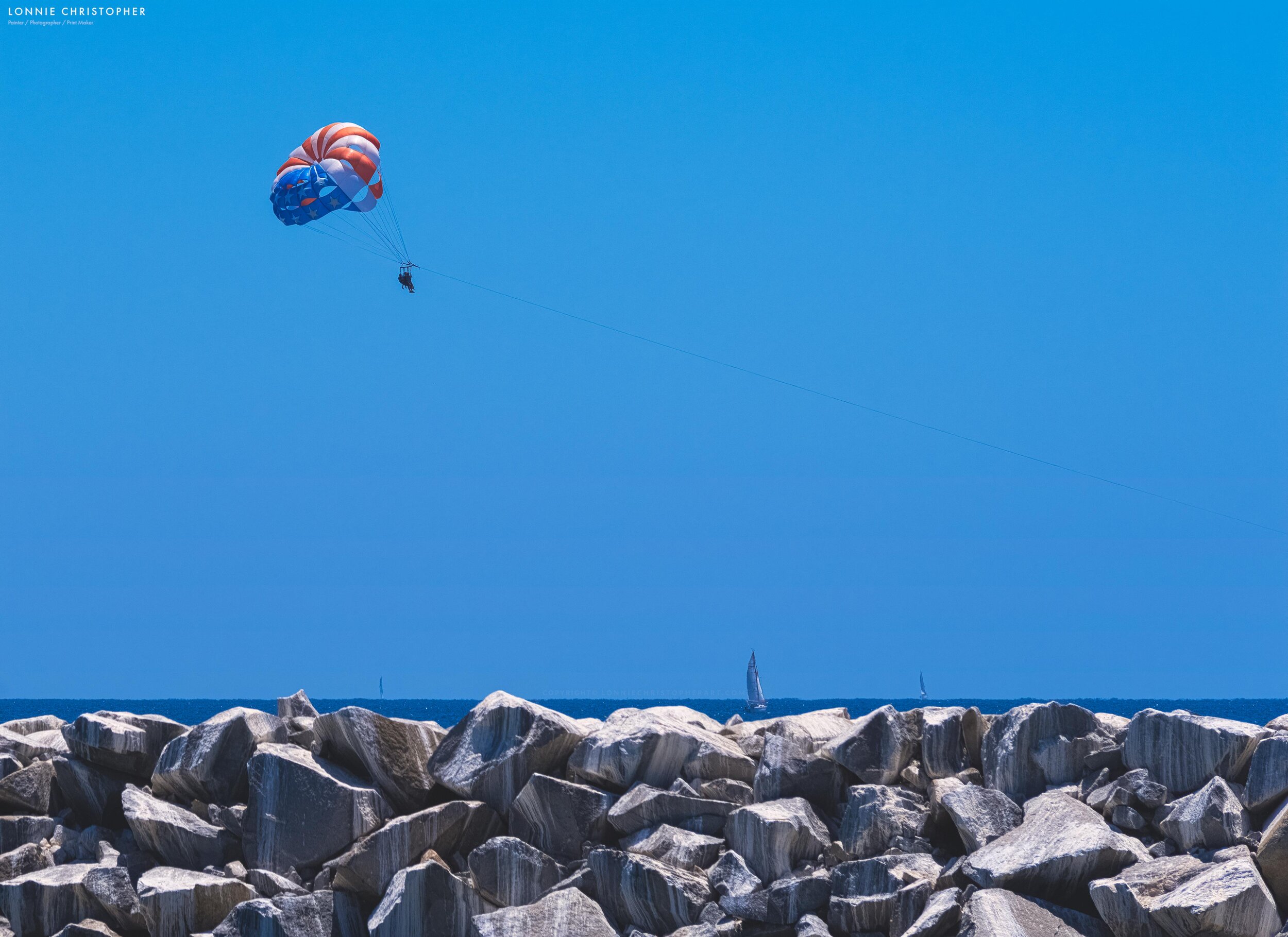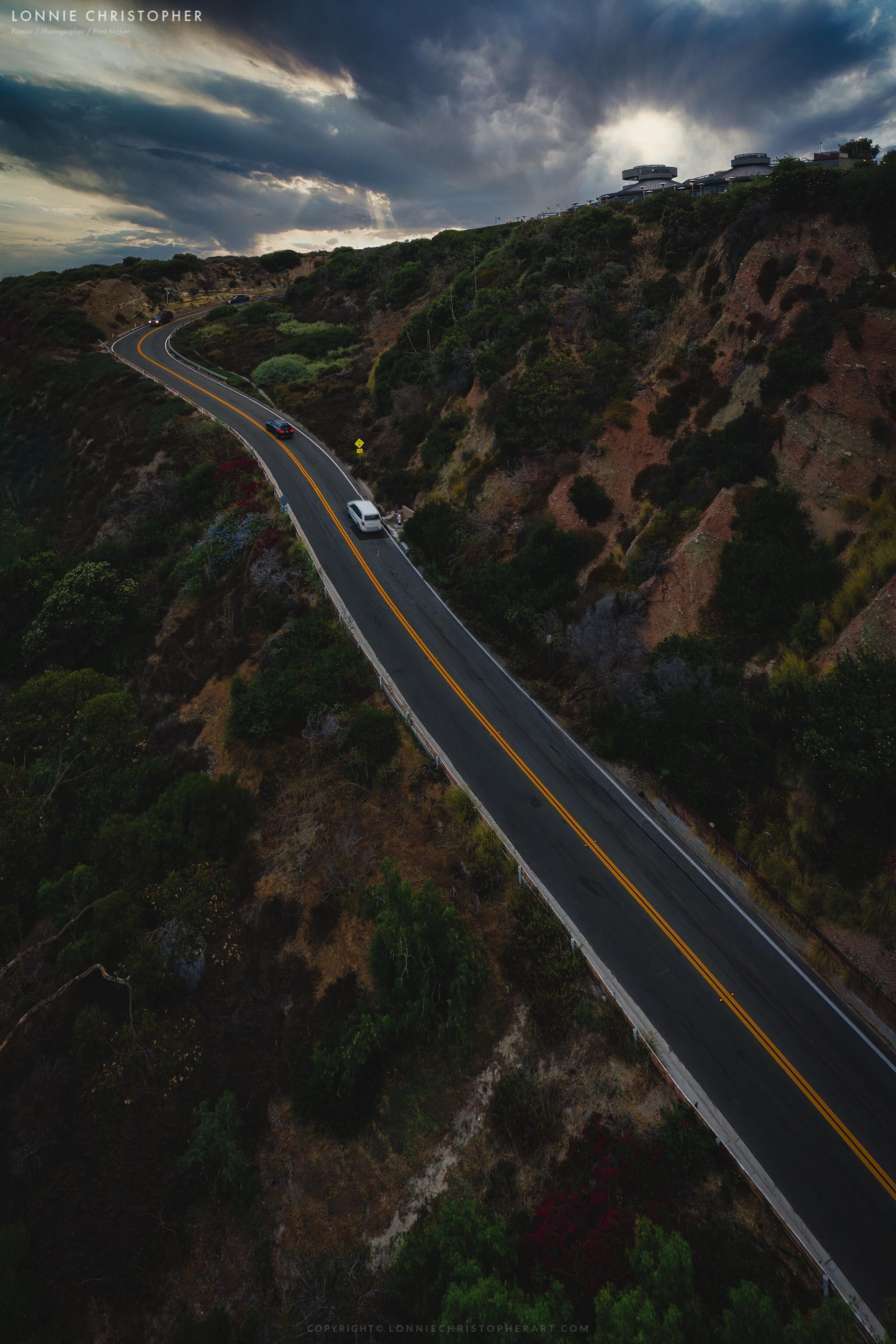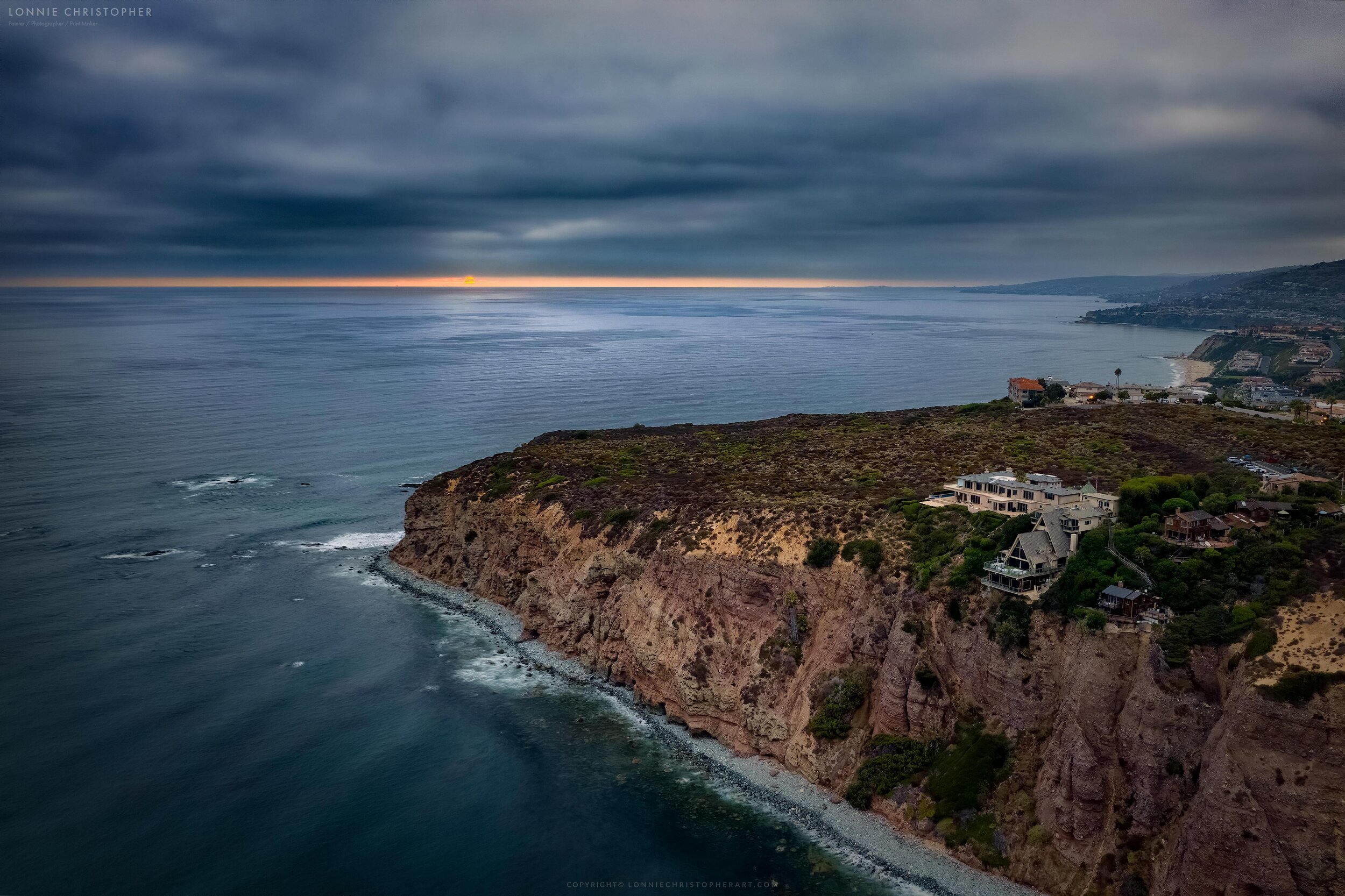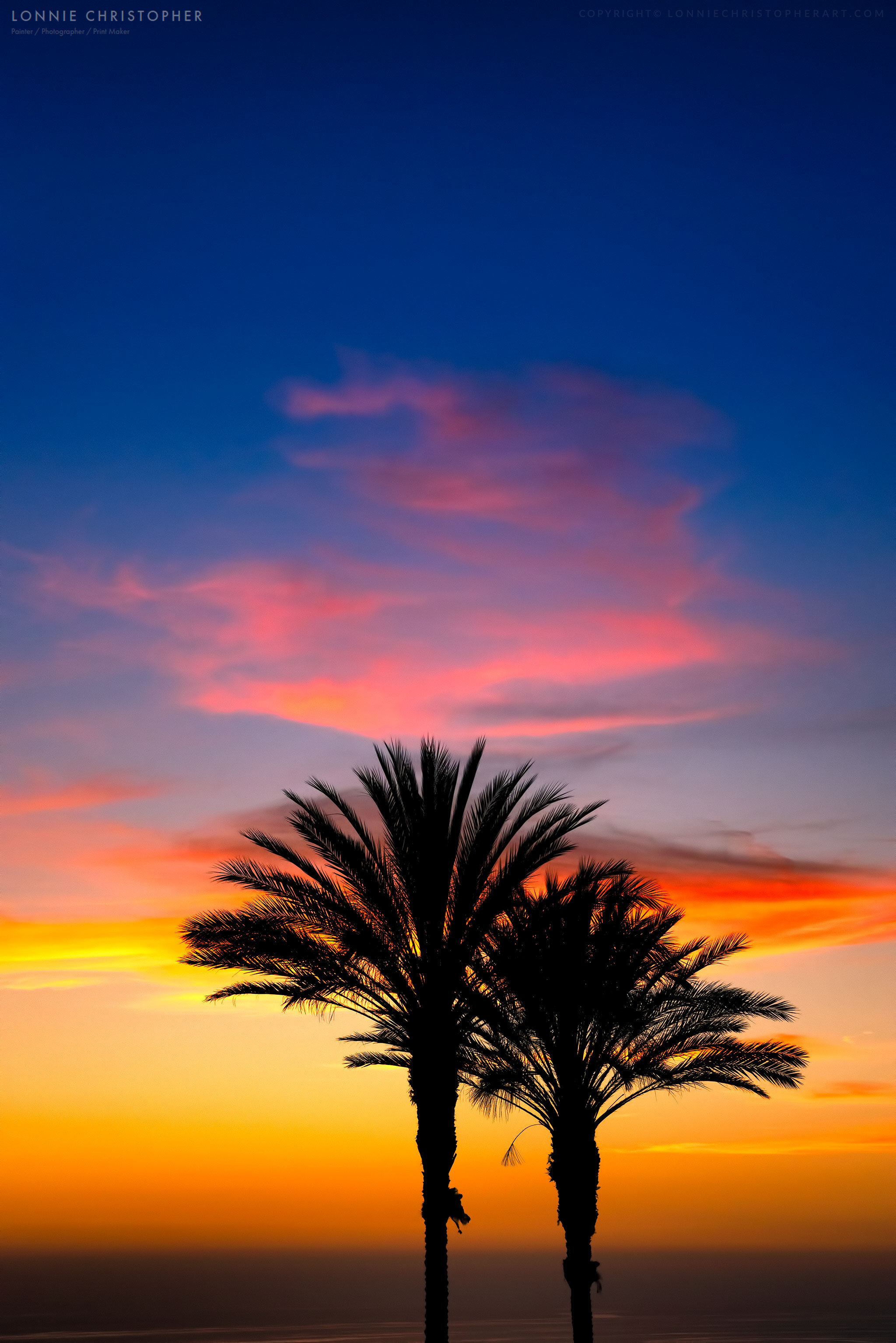At the canyon's edge, wonder's embrace,
Contemplation swirls, time and space.
Nature's masterpiece, a majestic sight,
Reflecting on life's fleeting flight.
Beauty profound, the soul it stirs,
A lasting impression, a heart's whispers.
- Lonnie Christopher
The Grand Canyon has a unique ability to evoke a sense of wonder and contemplation. Standing at the rim, surrounded by the sheer magnitude of nature's masterpiece, one cannot help but reflect on their place in the world and the ephemeral nature of life. The canyon's profound beauty stirs the soul, leaving a lasting impression on all who visit.
Nature's Allure
Amidst beauty, a playground awaits,
Where nature's embrace, the heart elates.
Hiking trails beckon, backpackers' dreams,
Rafting the rapids, wild river streams.
Challenges met in rugged terrain,
Grand Canyon's allure, adventures to gain.
- Lonnie Christopher
Beyond its stunning beauty, the Grand Canyon offers a playground for outdoor enthusiasts. Hiking, backpacking, rafting, and camping opportunities abound, allowing visitors to connect with nature on a profound level. The challenge of traversing the canyon's rugged terrain and the thrill of rafting through the rapids of the Colorado River create unforgettable adventures for all who seek them.
PRINTS: https://fineartamerica.com/.../natures-allure-lonnie...
BUY ME A CUP OF COFFEE: https://www.buymeacoffee.com/LonnieChristopher
COMMISSION ARTWORK: https://www.buymeacoffee.com/LonnieChristopher/commissions
#landscapepainting
#artoftheday
#traditionalart
#grandcanyon
See less
Why I love Tonalism
Tonalism is a painting style that emerged in the late 19th century in America. It is characterized by a subdued, atmospheric quality and a tonal harmony that evokes a sense of calm and tranquility. Tonalist paintings are often landscapes, depicting a quiet, serene scene, often with a soft, diffused light.
One of the defining characteristics of Tonalism is its use of color. Tonalist painters often used a limited color palette, with muted, earthy tones dominating the composition. This gives the paintings a subtle, understated quality that draws the viewer in and invites contemplation.
Another important element of Tonalism is the use of light. Tonalist painters often portrayed landscapes at dawn or dusk, when the light is soft and diffused. This creates a sense of stillness and tranquility, inviting the viewer to pause and reflect.
Tonalism had a significant impact on the art world and on viewers. It marked a departure from the bright, bold colors and dramatic compositions of earlier movements like the Hudson River School. Tonalism was a reaction against the industrialization and rapid urbanization of America, a longing for a simpler, more peaceful way of life.
Tonalist paintings have a soothing effect on viewers, inviting them to slow down and appreciate the beauty of the natural world. They have been described as "visual meditations," providing a moment of respite from the chaos and noise of modern life.
The most important skill you learn in art school.
When it comes to creating successful art, you first need to master the principles of design. The most important is composition. If you didn’t go to art school this is the missing piece you need to understand. Don’t even bother painting until you master composing a scene and using the other elements of design to balance it all out. Practice drawing compositions daily, 10 or more a day. They don’t have to be super detailed just 5-10 minute sketches. If you need guidance there are courses out there you can use to learn this skill. This is the one I recommend, but there are many others that will help you learn to design your art before you even pick up a brush.
P.S. This also applies to photography.
You can find this course by Ian Roberts here: Mastering Composition
The One Secret To Unlock Your Artistic Potential!
While there are many aspects of being a good artist the one thing that I observed in myself any other traditionally trained artists is that we all have the same mindset when it comes to our work. A mindset that is drilled into us as part of our education, and what I feel is missing from many self-taught artists. Some come by it naturally and other need to be taught it, but it seems to be one of the main differences I see in people who are proficient in their disciplines and those that are not.
I don’t want this to be a long post so I will get right to the point. The difference is repetition! What I mean by that is that in traditional art education from any decent school of art you are taught to do many short studies of a scene. It might be five ten minute studies of a subject from different angles or even the same angle, or it could be four different color studies of the same scene. After years of doing this, you develop a certain confidence in your skills to reproduce a subject over and over. It leads to a practice of doing many versions of your subject prior to the final work to see what works and what doesn’t.
What I often see in young artist or undeveloped artists is that they tend to try to start with their final work without any experimentation or studies to lead up to the final work. Never start with what you believe to be your final work. Always do several small studies on the same subject each with different aspects to see what works best. Try a different composition, color, styles, and contrasts to see what works best before you decide on the final work. By the time you start working on the final piece you will know the subject inside and out and be able to reproduce it without effort.
Another issue that I see that is related to this observation is that students will often lose interests in their work very quickly because they have no rhyme or reason for what they are doing. By adapting these practices, it will teach you to draw, and paint better without even realizing you are increasing your skill level because you have a reason to be doing it. It can be hard at times to draw or paint because you don’t have a plan, or process. You don’t know why you are doing what you are doing so you lose interest. Once you wrap your head around this concept all you need do is pick a subject and then use this process to keep you engaged with your work.
It’s important to remember that you are the artist, and that the art comes from you. It is your skills that are unique, not the art itself, the art is just a product of your skills and vision. Do not put your art up on a pedestal or be afraid to alter or mess up your work. If you find yourself feeling this way, it just means you haven’t done the work to reach the level you need to do it again. Start over with 4-8 small, simplified studies to find what works best for your vision of the final work. Over time your work and skill will improve immensely from this process.
Now go try it out and let me know how it goes!
A Basic Overview of Abstract Landscape Art
What is Abstract Landscape Art?
Abstract Landscape Art is a form of Non-objective Painting. It was created in Russia in the early 20th century and was influenced by the work of Wassily Kandinsky, Kazimir Malevich, and Natalia Goncharova. The movement emerged in the mid-20th century, as an offshoot from Abstract Expressionism, with New York School painters such as Jackson Pollock, Franz Kline, and Willem de Kooning often being considered pioneers.
Abstract landscape art is not just an abstract painting of a landscape. It can also include scenery and elements from the environment like trees, mountains, ponds and animals. However, the artist may use lines, shapes, and colors to depict the natural world without using any reference to realism.
How to Interpret Abstract Paintings and Find Your Own Voice
Abstract art is an art form that doesn't represent the physical world in a direct and literal way. It may not be possible to fully understand what abstract paintings really mean, but there are some ways to interpret them.
Abstract art can be interpreted through symbols, shapes, colors, and textures. They are often created without any specific meaning or message in mind. But you can find your own voice by interpreting these paintings in your own way. They are a form of self-expression for artists. They can be interpreted in a variety of ways and have different meanings for different people. There's no right or wrong way to interpret them, but it's important to experiment with them and find your own voice through exploration. They may even mean something different to you at different times depending on your mood, or situation in life. The artist might have something in mind when they create the piece and it may be evident in the naming of the piece but they usually do not oppose that on the viewer.
An abstract artist usually creates their work by using intuition, imagination, and creativity. They are not concerned with realism, though they are usually trained with those skill sets prior to moving into abstract painting because that knowledge is invaluable in the process. However, there is no one way to paint an abstract painting.
Abstract Perspective- What Makes It Work?
The word "perspective" derives from the Latin verb "perspicere", meaning "to see through". Perspective is the technique, or method, used to represent three-dimensional objects on a two-dimensional surface so that they appear to give the correct impression of depth. It can be one of the most important parts of any painting. Without it, the painting would not feel believable, or acceptable in our perception and it would not have that "wow" factor in working cohesively all together as one piece. This is one of the key areas where visual psychology come into play.
Abstract perspective is the result of an artist’s attempt to represent the world in front of them. It doesn’t have to be a single perspective but rather it can be a combination of many perspectives. As such, it can be used in many different ways and styles. It can be used to show spatial relationships, as well as size, shape, and texture. Perspective is important because it helps viewers understand what they are looking at and how far away things are from them. It’s a tool that can be uses to set a sense of balance that the viewer feels comfortable with, or in some cases uncomfortable with. Like the dark overtones in some of my paintings.
Art Techniques for Composing Abstract Landscapes
Art is a form of expression. It is a way to convey emotions and thoughts through colors, shapes and textures. With abstract art it does not have to have any recognizable figures or shapes that represent objects in the world around us, but there are some rules that still apply. Why do some rules still apply? It has to do with our nervous system and how we perceive reality, but that is getting a bit more into visual psychology again which is one my favorite subjects by the way. If you are interested in this area I would recommend reading anything from Rudolf Arnheim, but I digress.
Composition is the act of placing or arranging things in a certain order. It can be done in many different ways, but the most common is through art or design. Artists and designers use composition to create artwork that catches the eye of their audience and has a unique style. Abstract composition similarly is the art of arranging visual elements within a work so as to create an emotional response in the viewer. The abstract composition can be used to represent anything from nature, to ideas and concepts. The elements of design play a big roles in many of the disciplines in art so it is one area that you really need to be proficient in as an artist.
Abstract art has been around for centuries and it has evolved over time as artists explore different techniques for composing abstract landscapes. Some of these techniques are:
- Rule of thirds
- Golden ratio
- Balance and symmetry
- Negative space
The topic of composition is very vast and difficult to master. It is generally one of the most important elements of any painting so I will probably talk about it in length.
Conclusion and How To Find More Resources on Abstract Landscape Art
Abstract landscape art is a form of modern art that is not representational at heart. It often uses the power of color and line to create an emotional response or reaction to the viewer. it has been around for decades, but it is still evolving as artists experiment with new ideas and techniques.
The conclusion of this article is to find more resources on abstract landscape art. You can start by visiting museums, galleries, and art exhibitions that have an abstract landscape section. If you are not able to do this, then you can search for books and articles that have been written on the subject, or keep an eye out for new posts here on my blog in the future.
Some of my favorite abstract landscape artist are:
Kerr Ashmore
Richard Whadcock
David Taylor
Below is my painting “Baja Sunrise” which you can find in my Print Archive.
Feb 2021 Photos
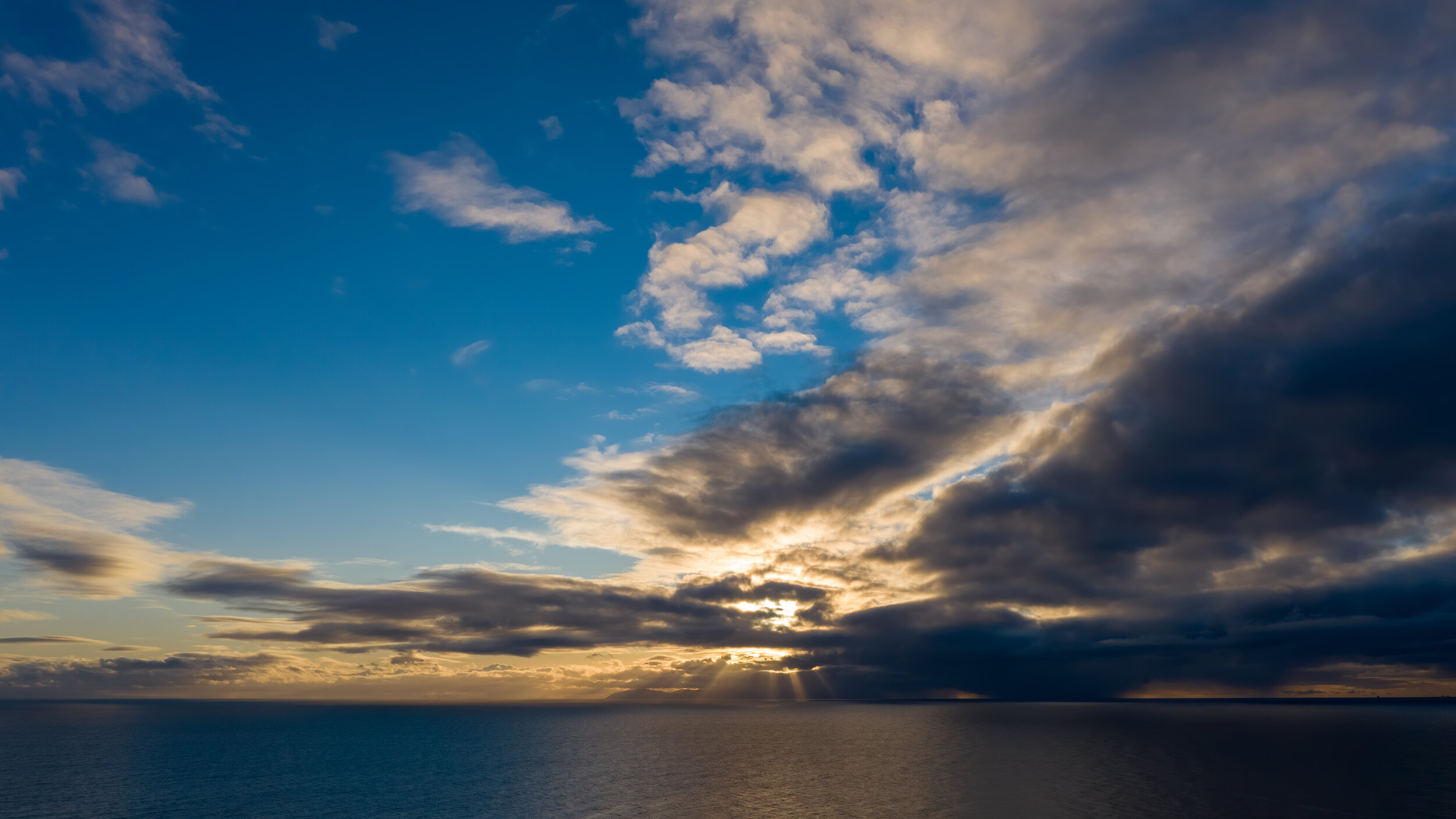

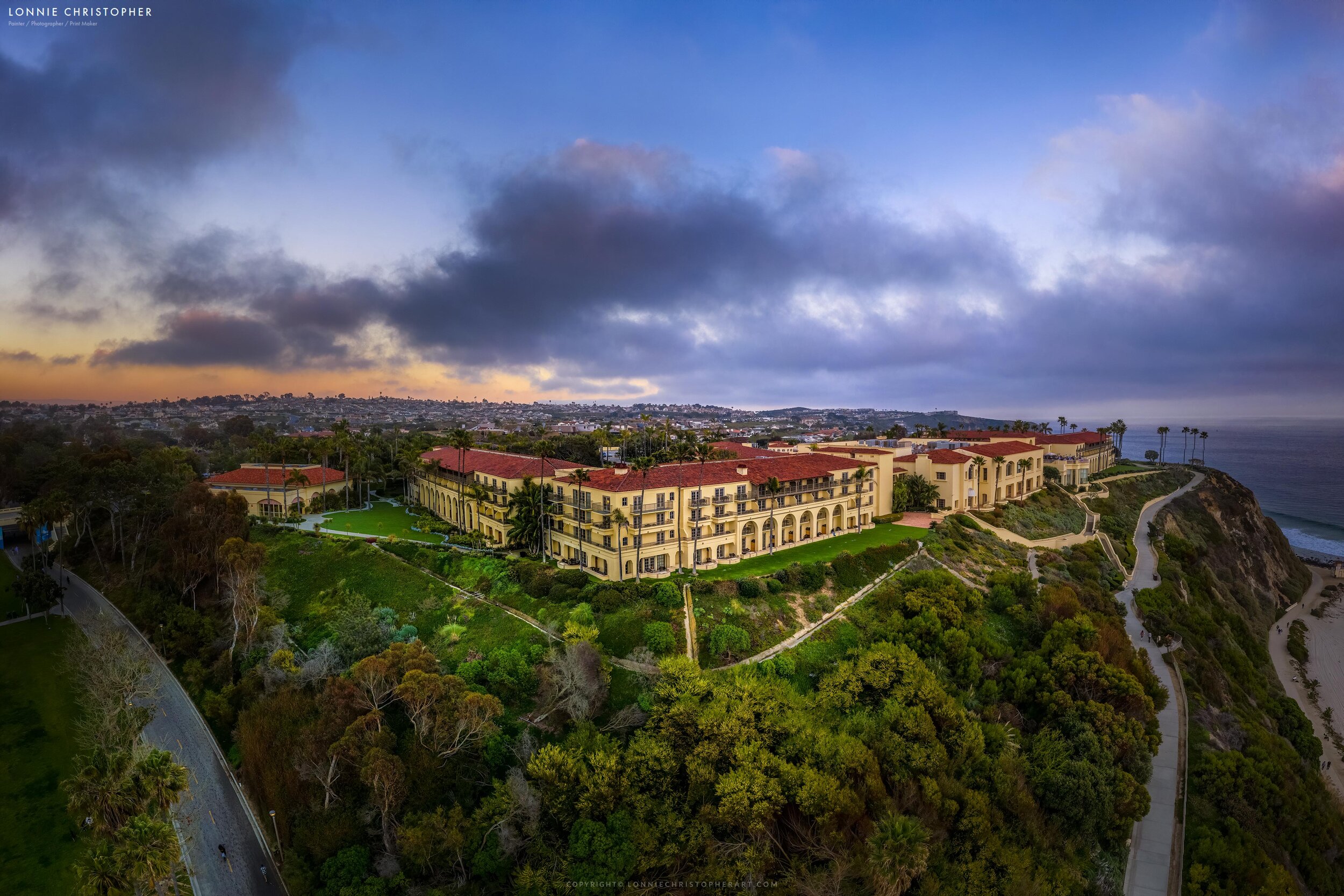
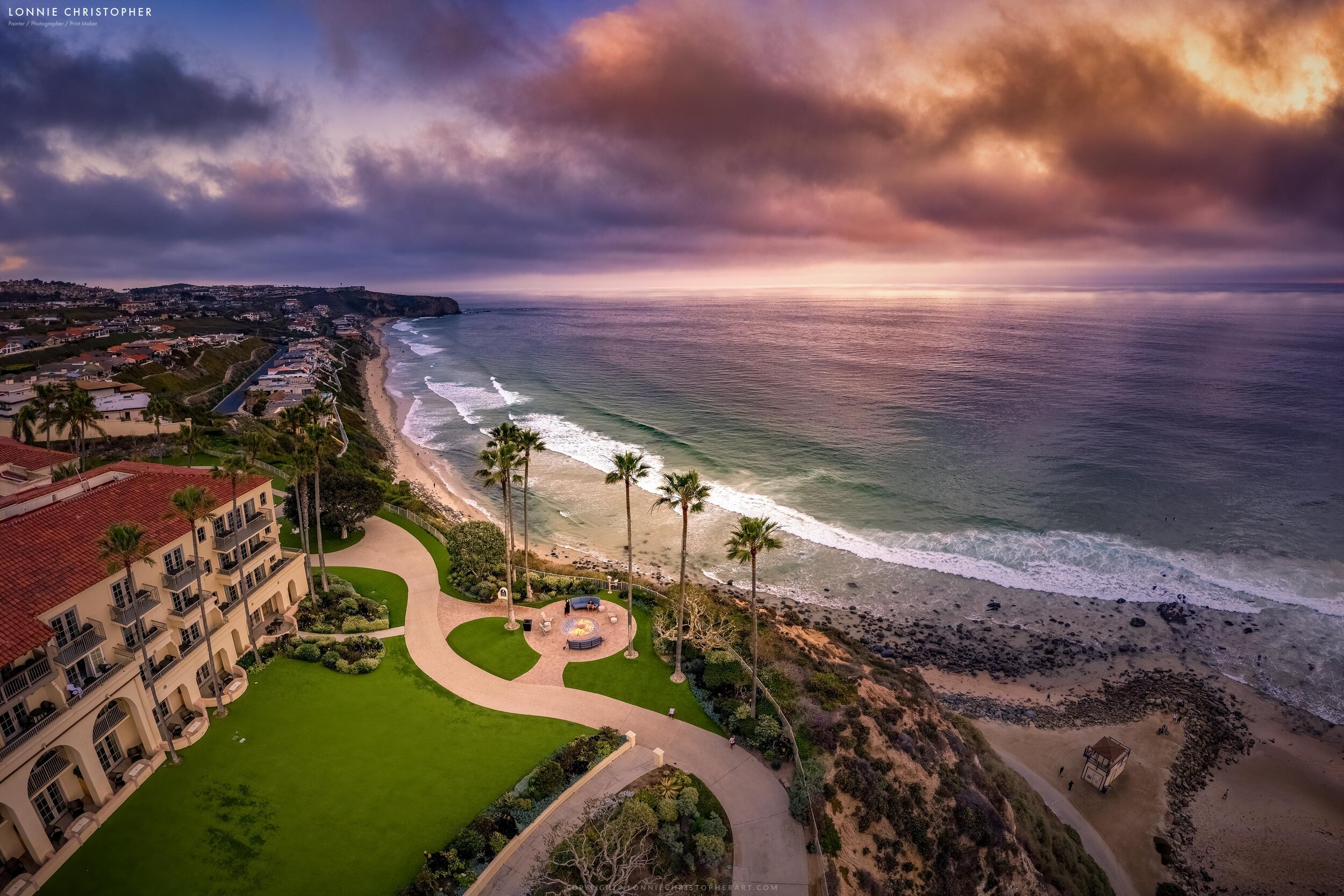
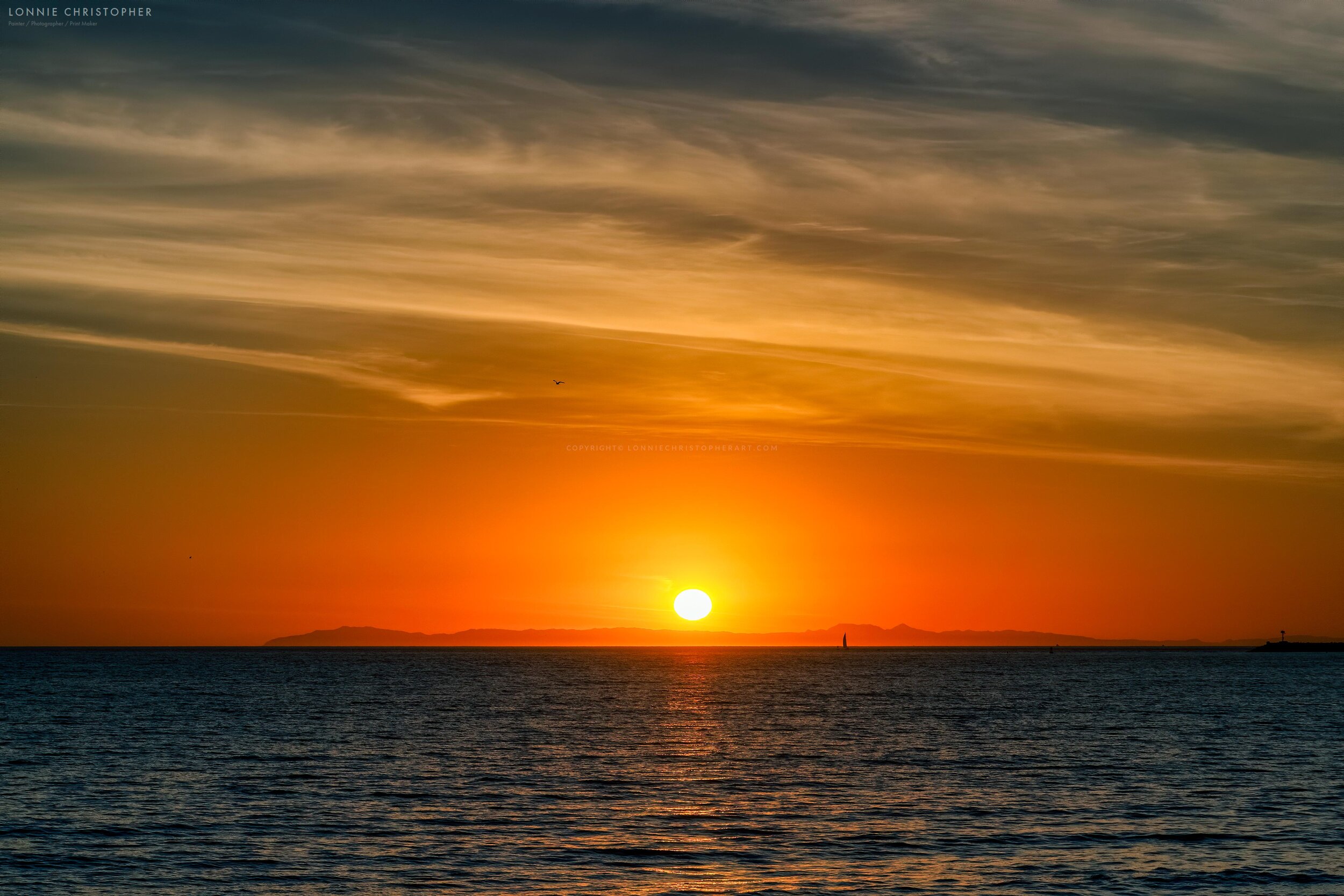
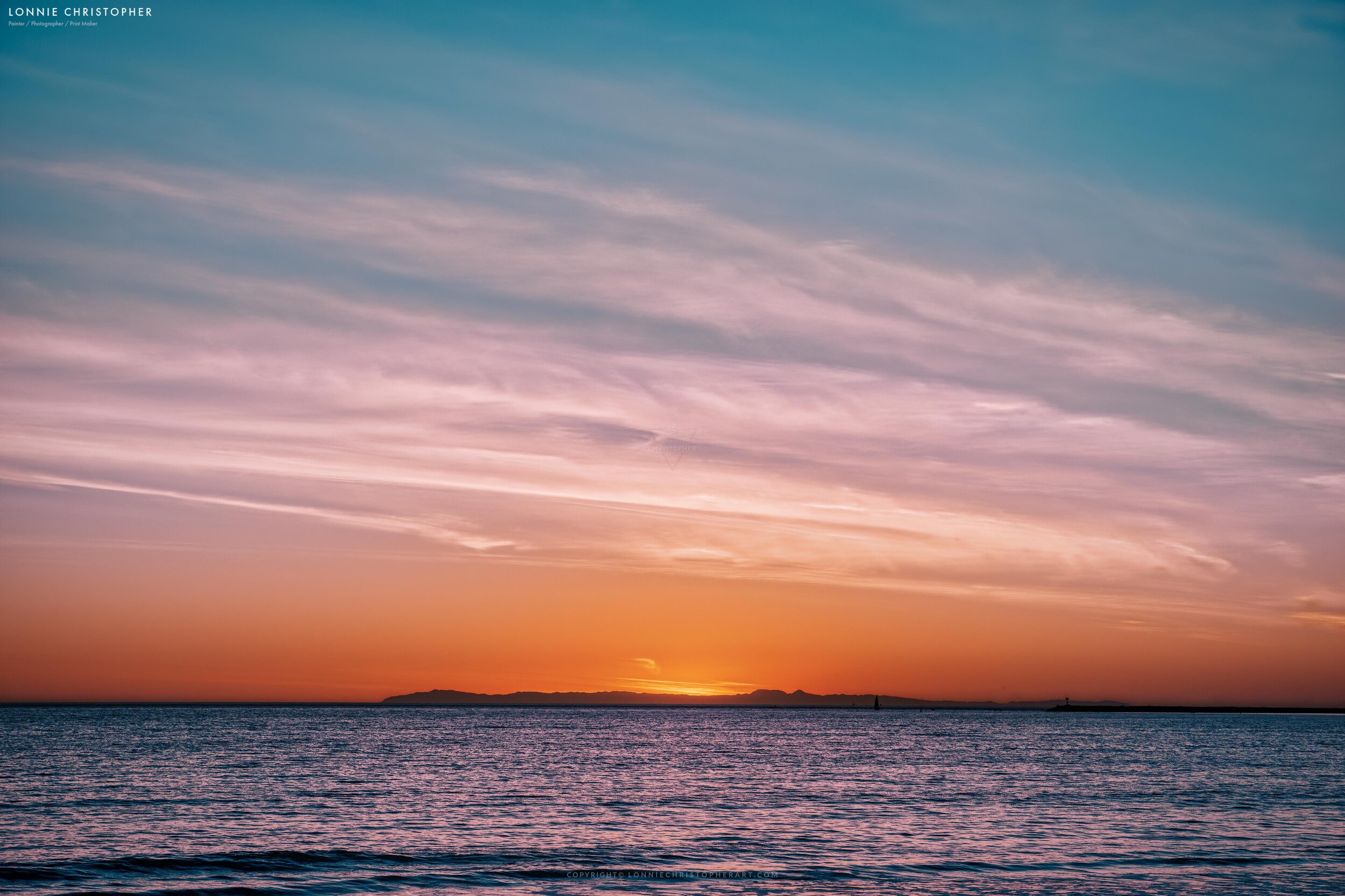
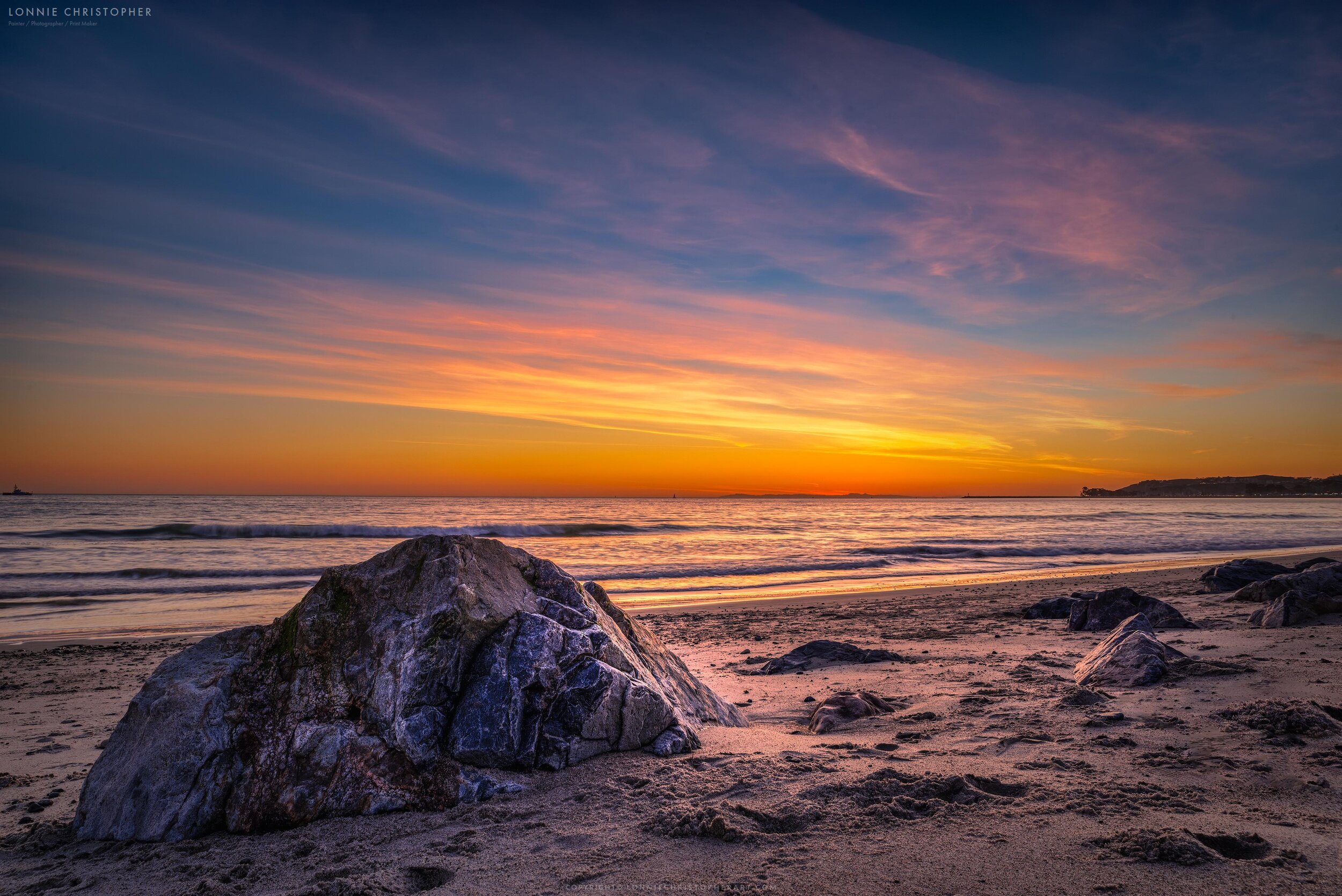
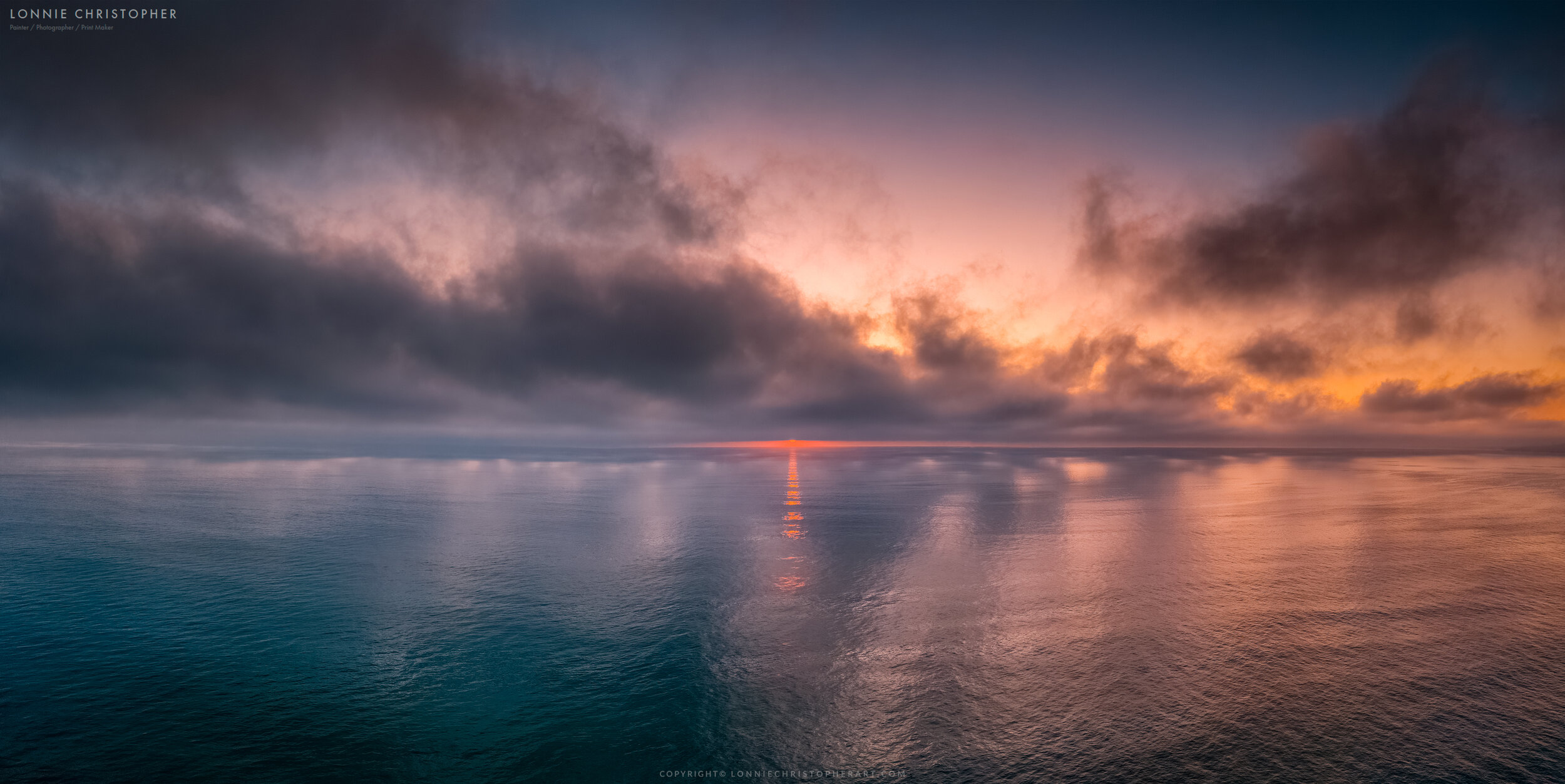
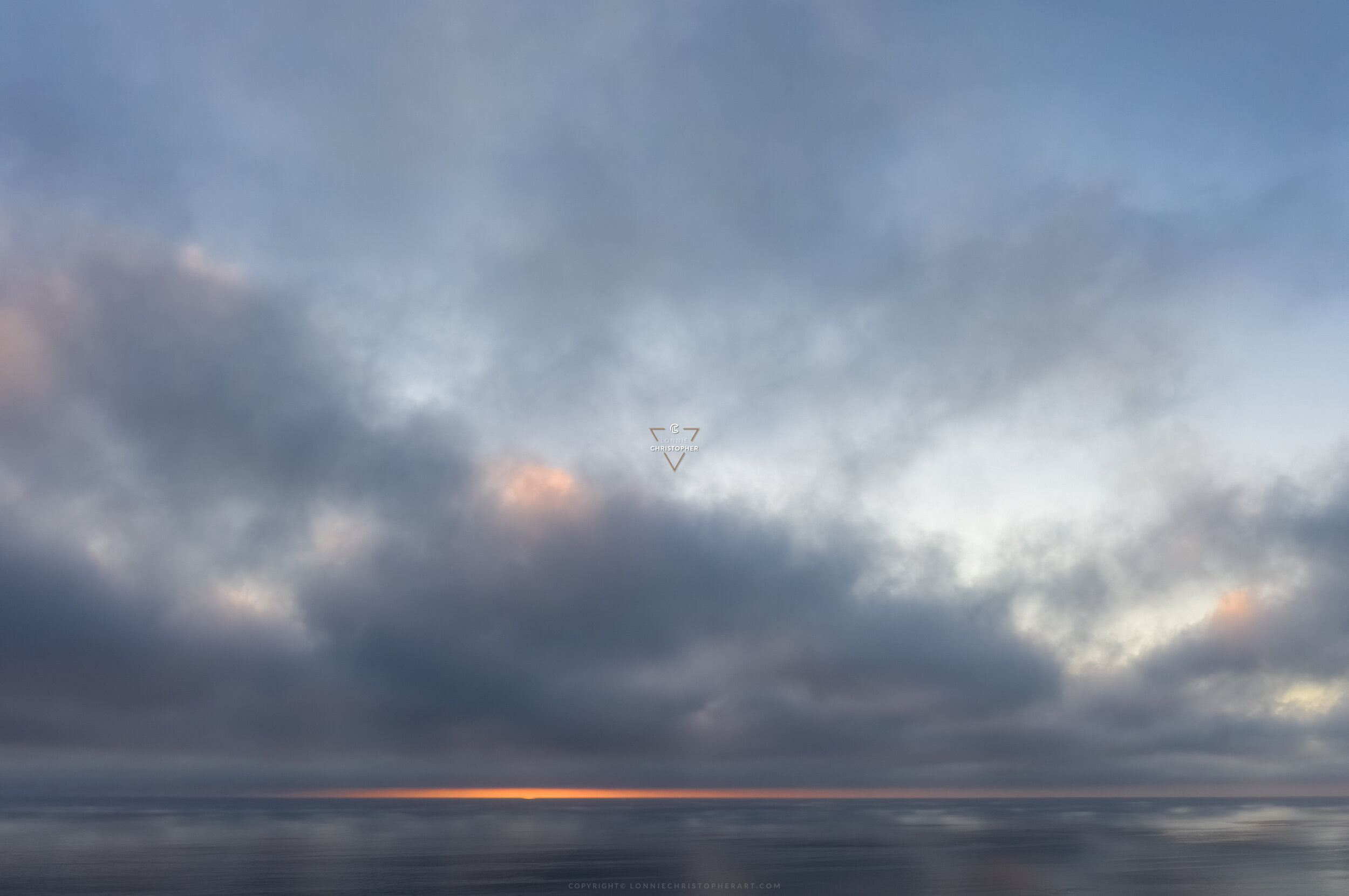
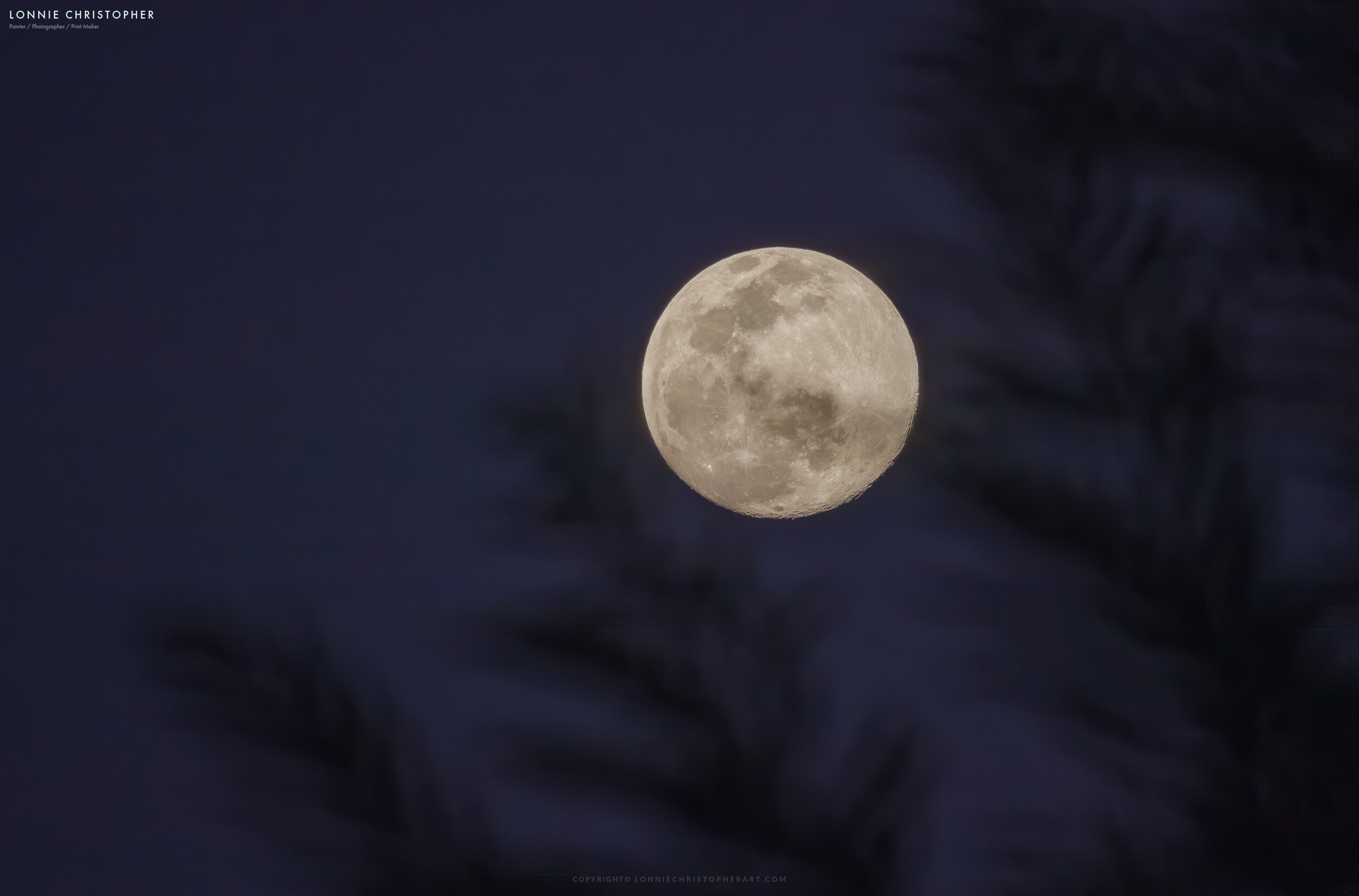

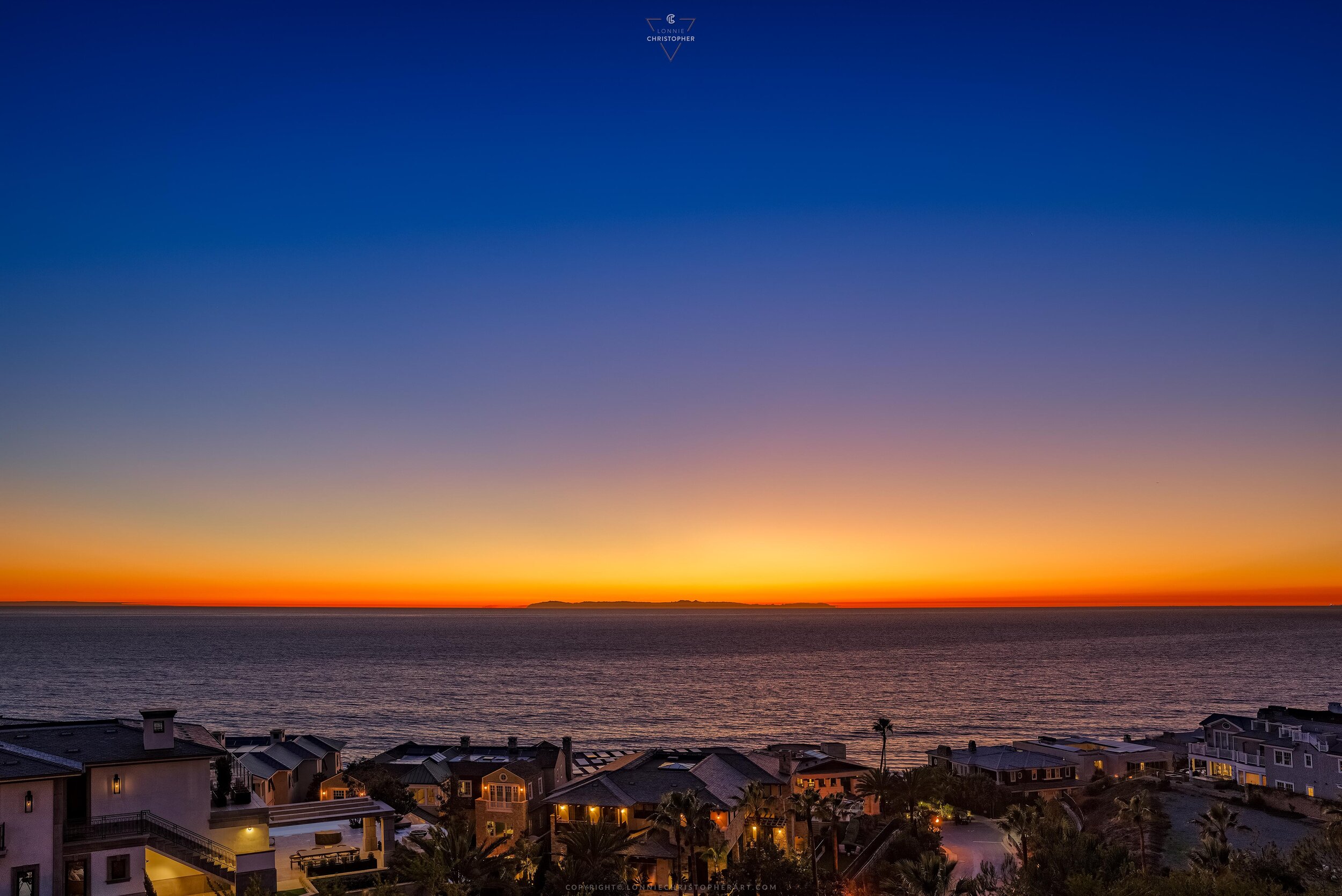
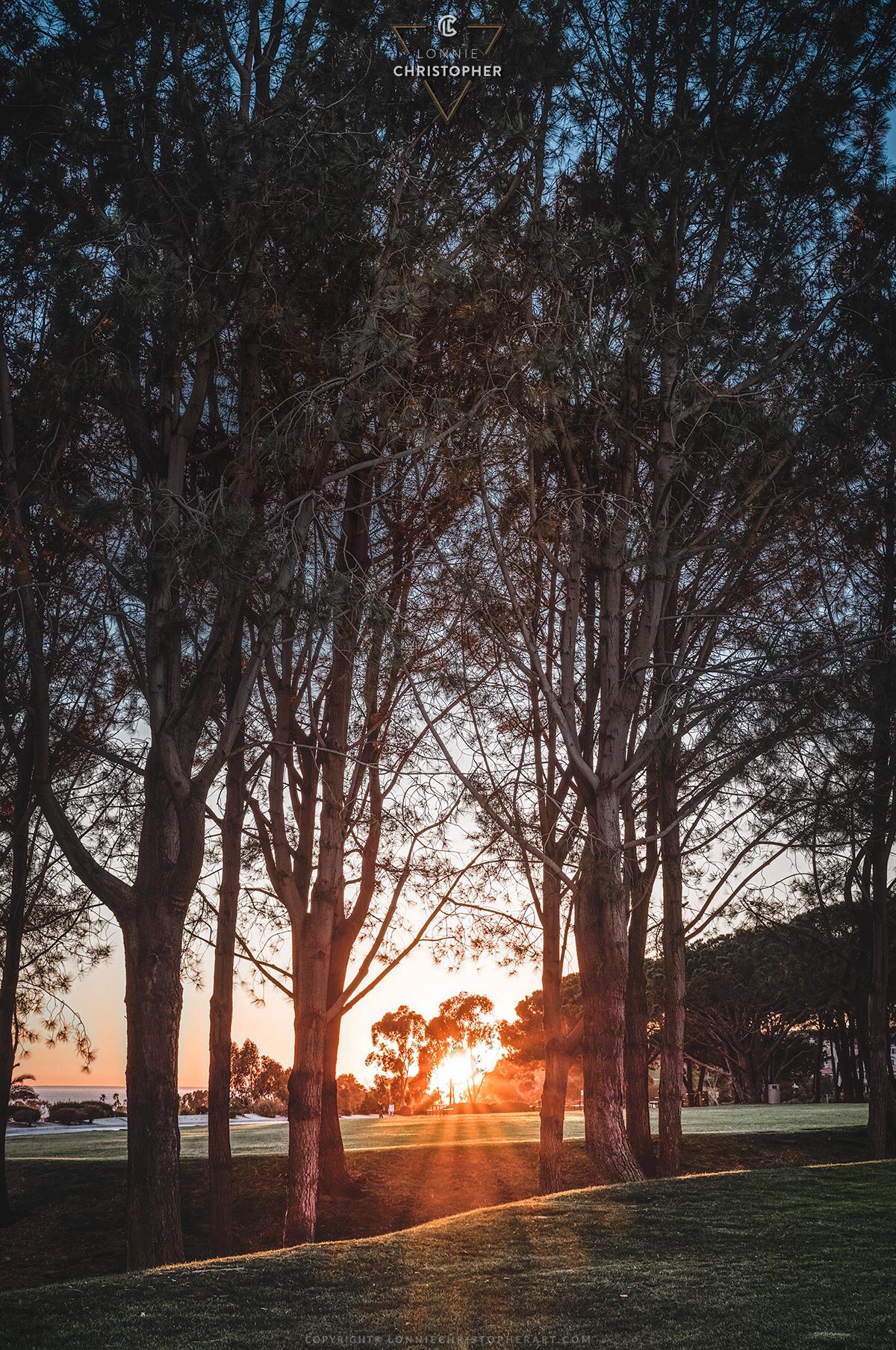
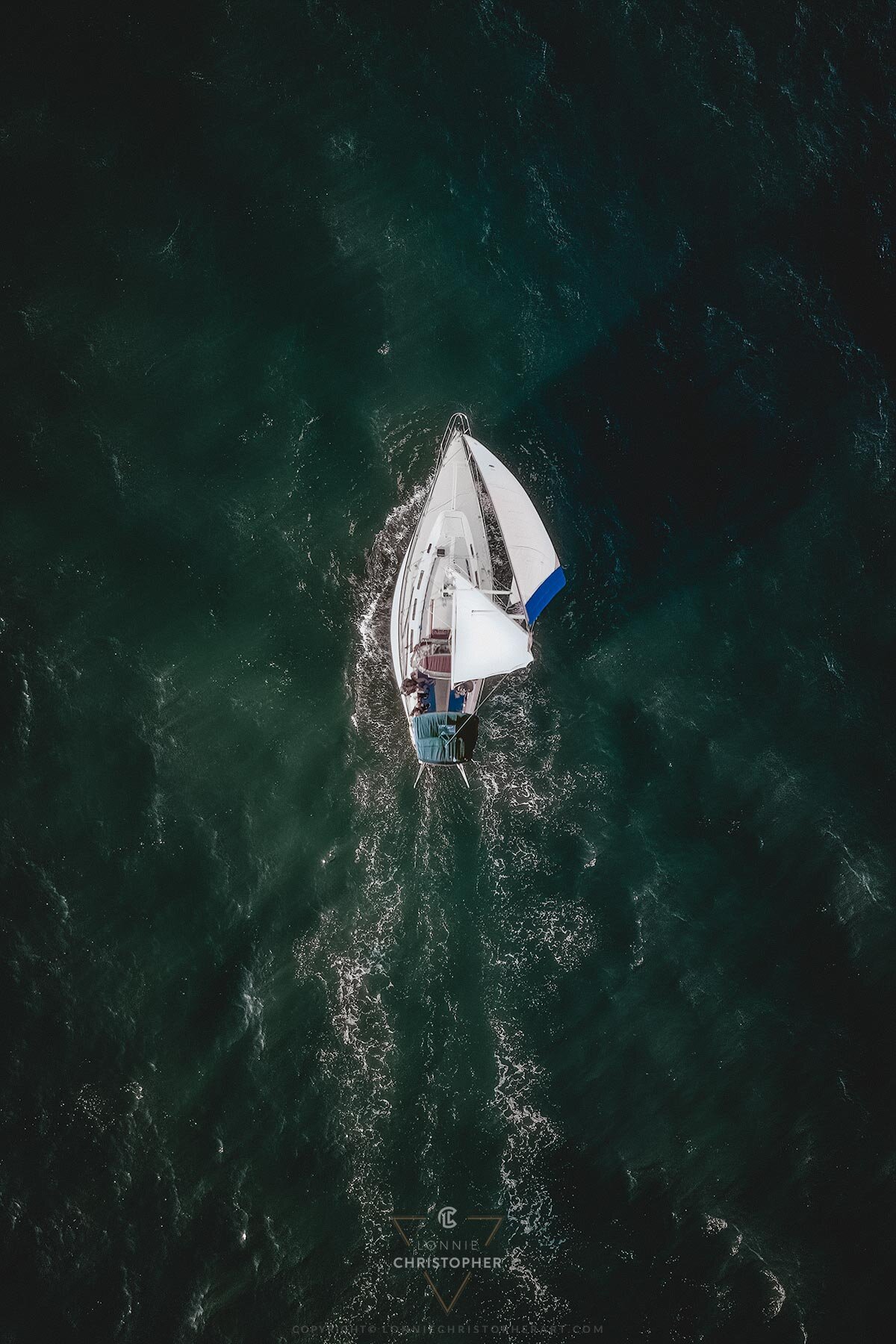

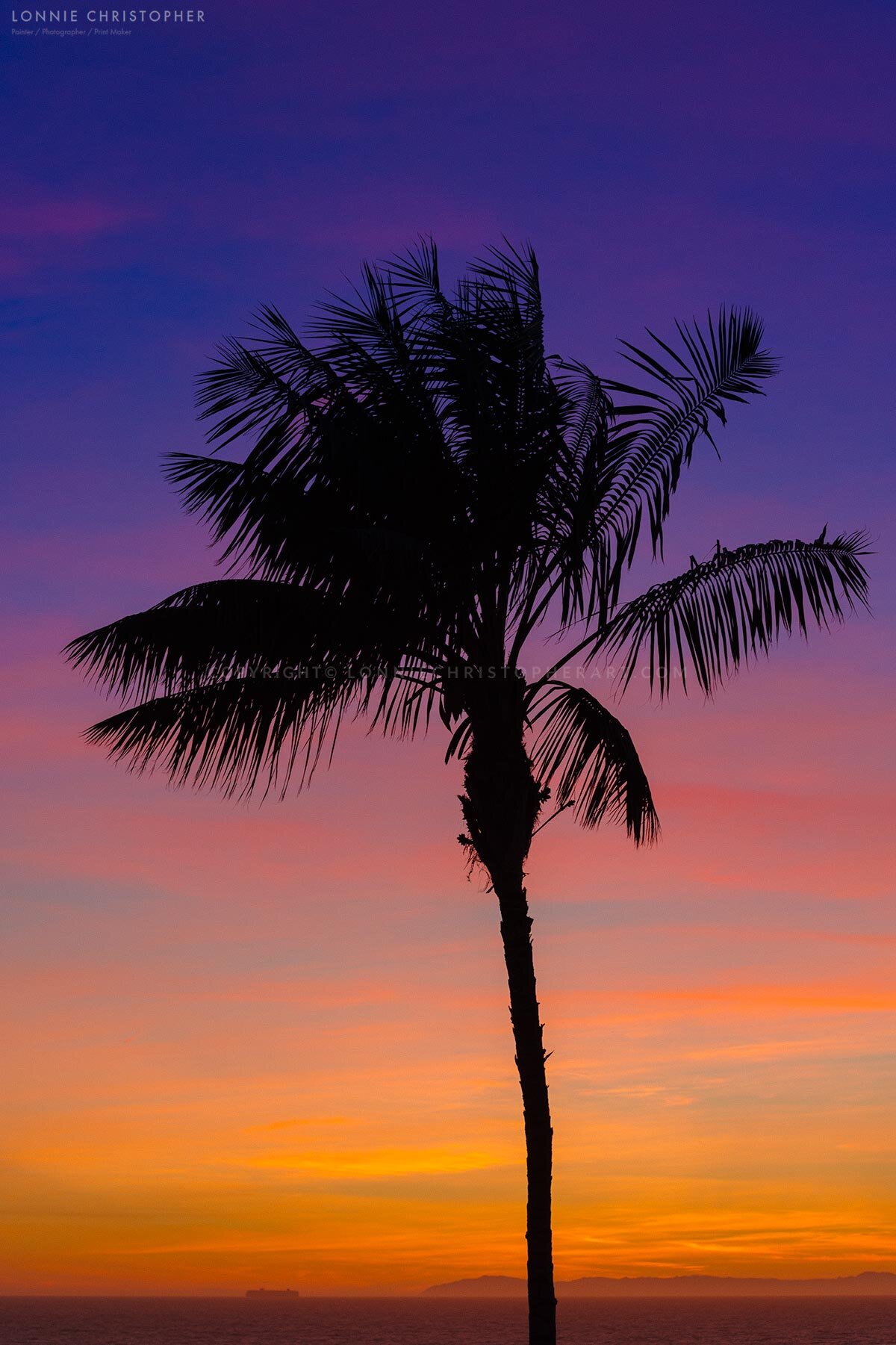
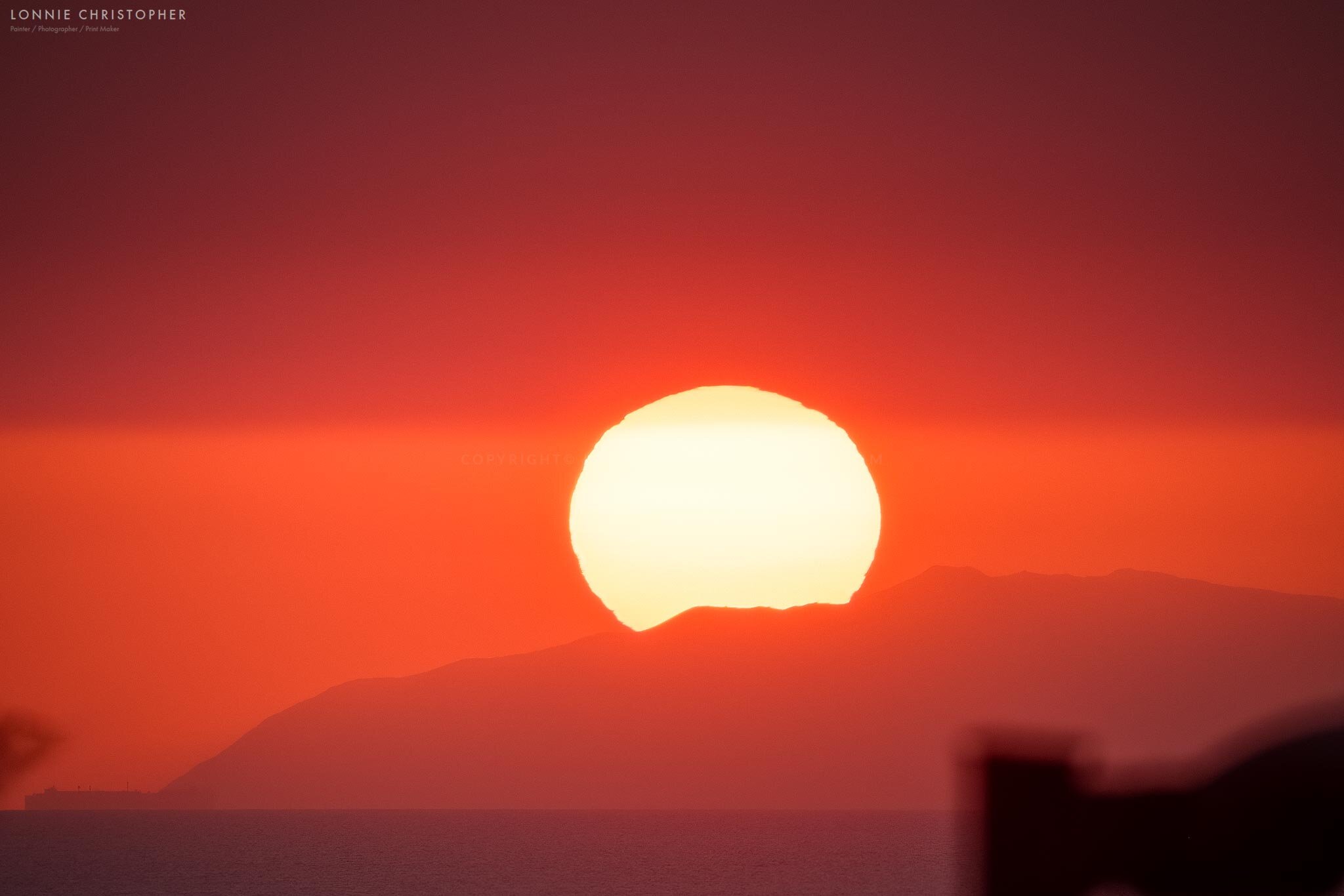
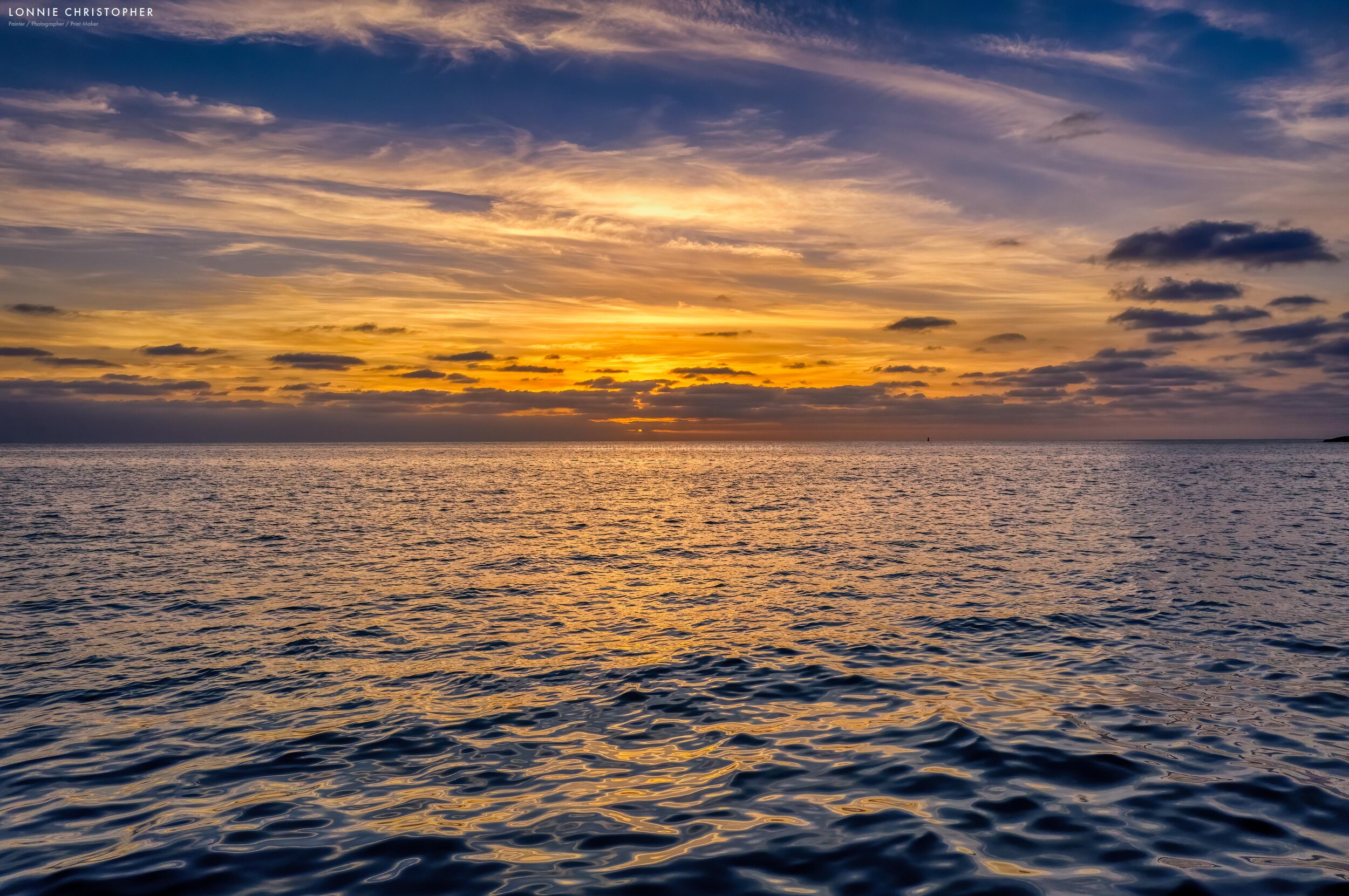
Jan 2021 Photos
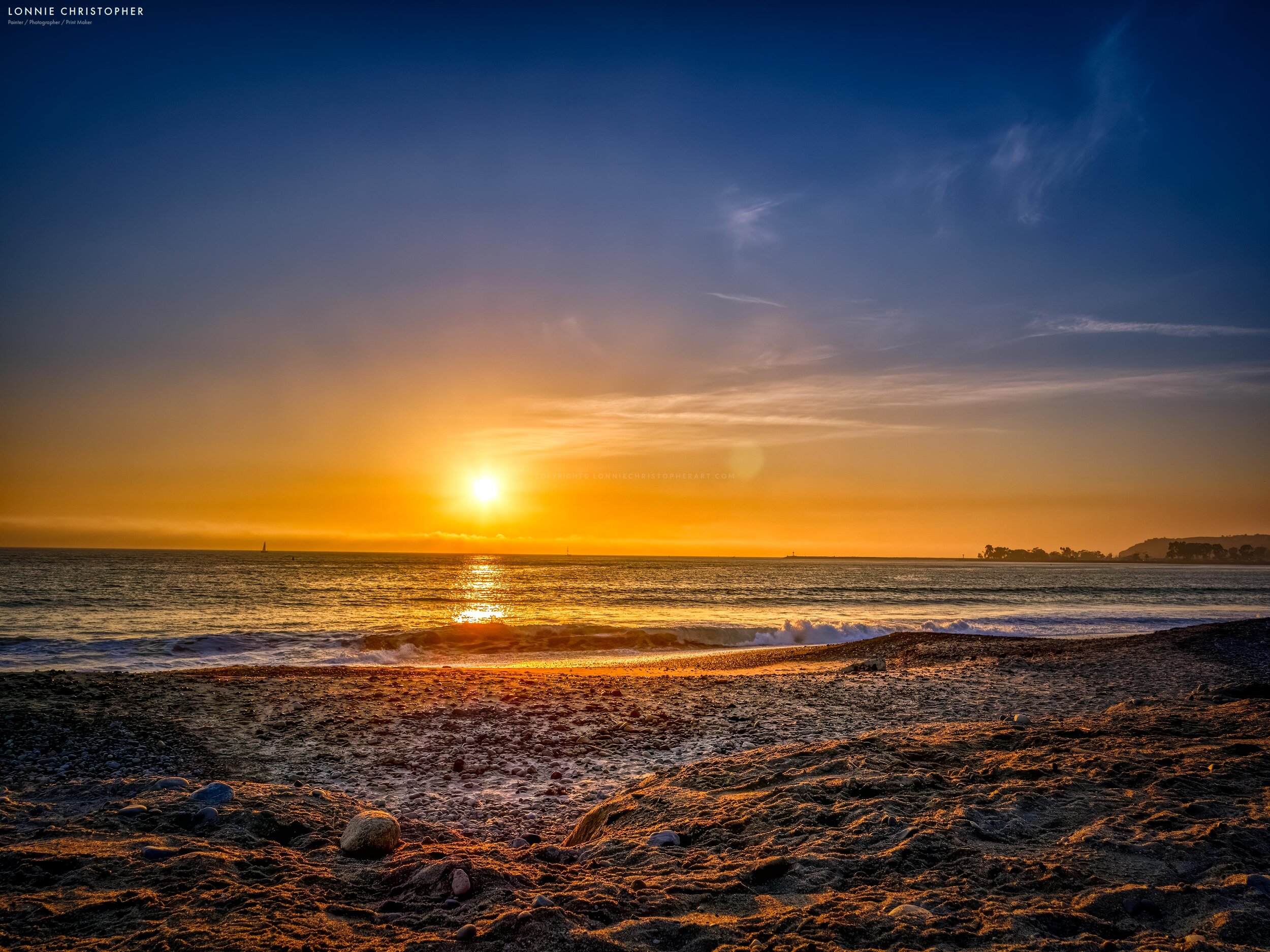
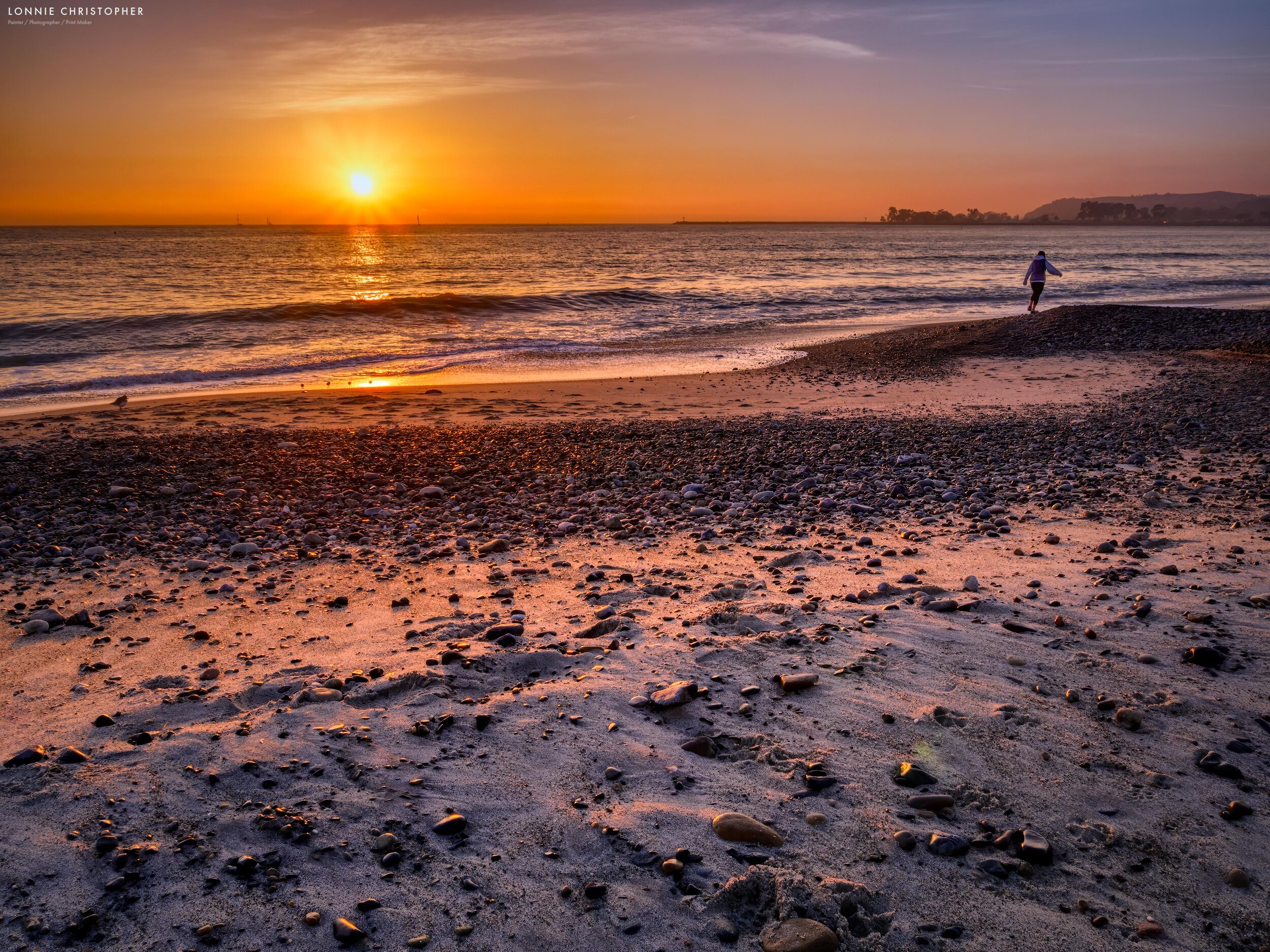
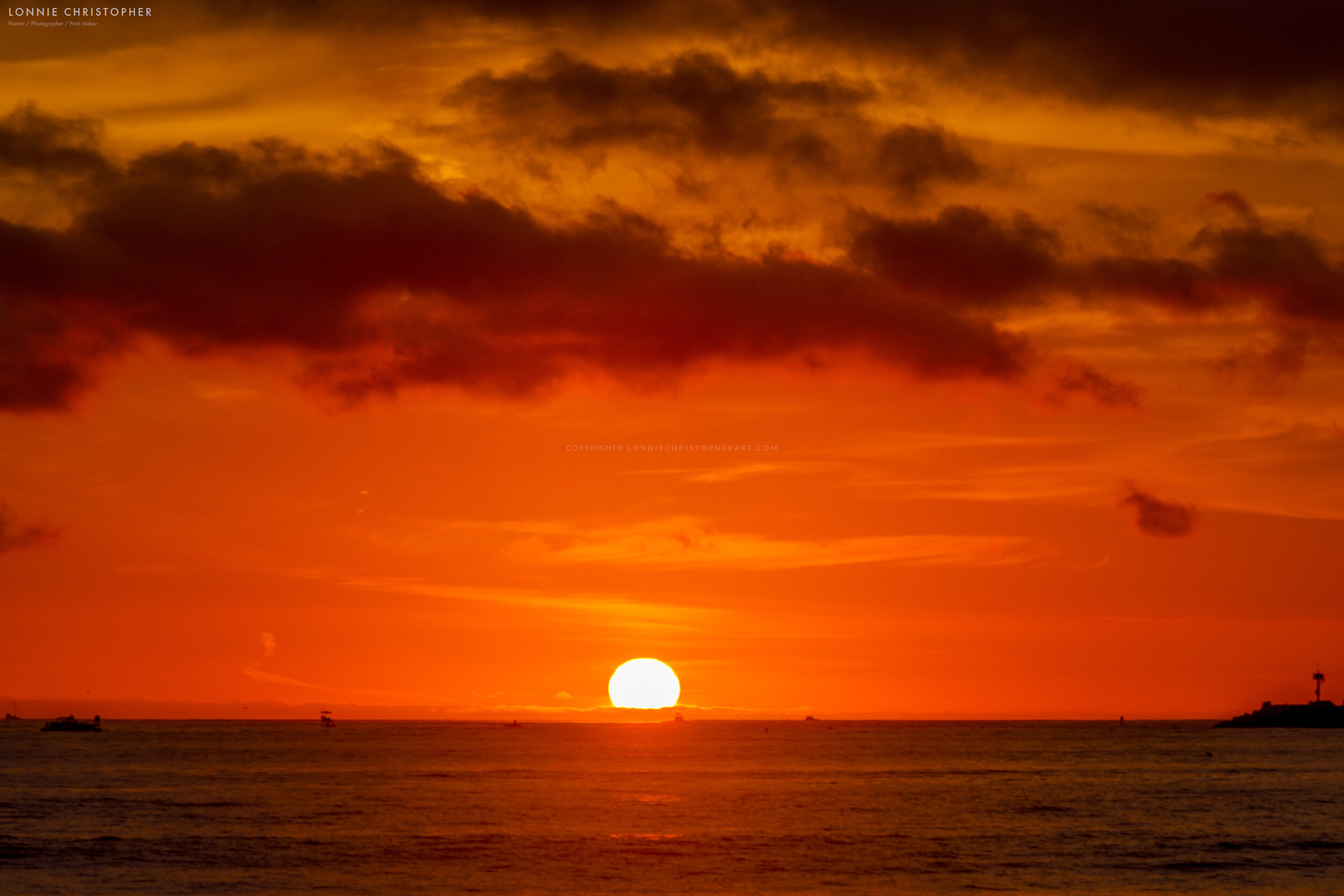
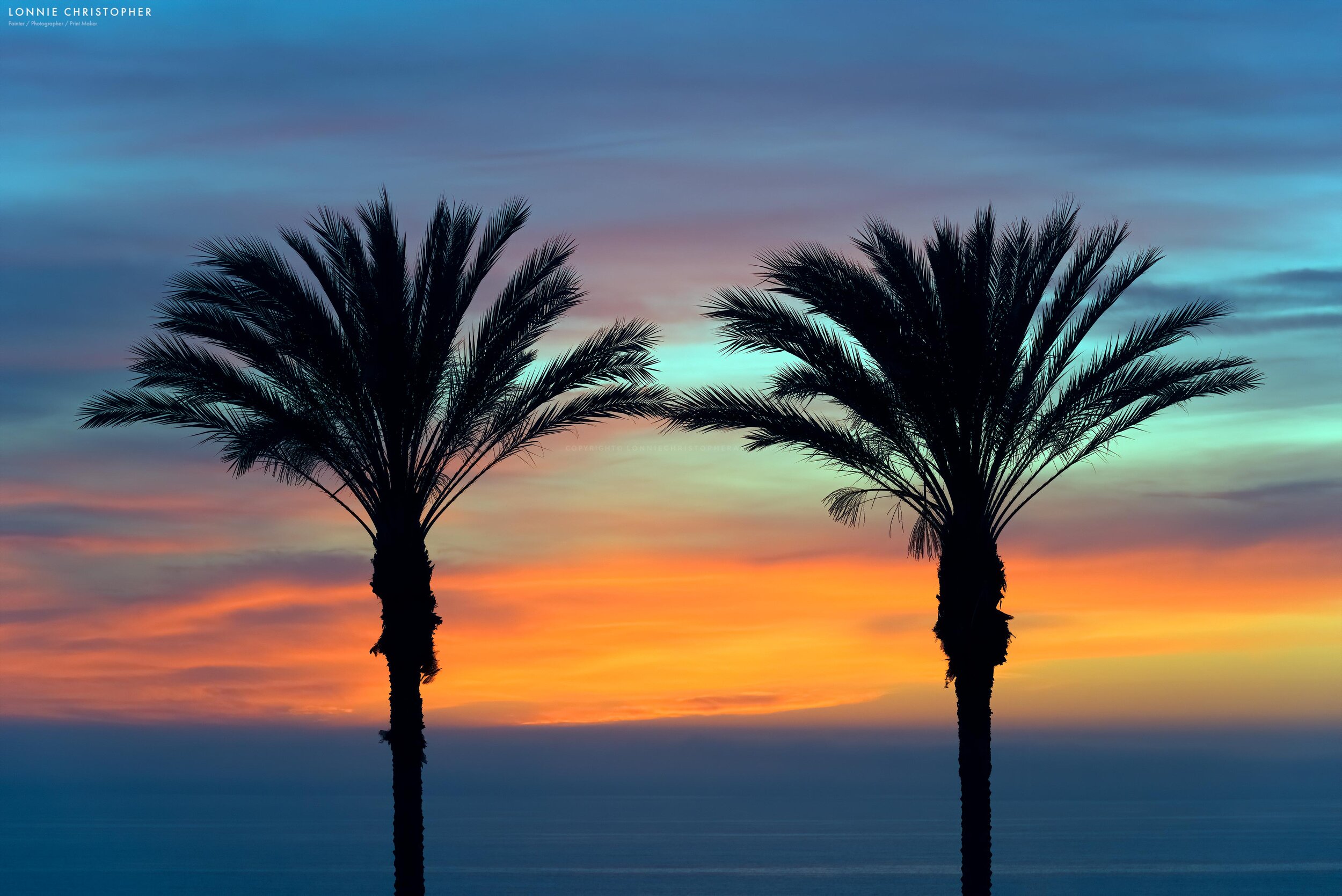
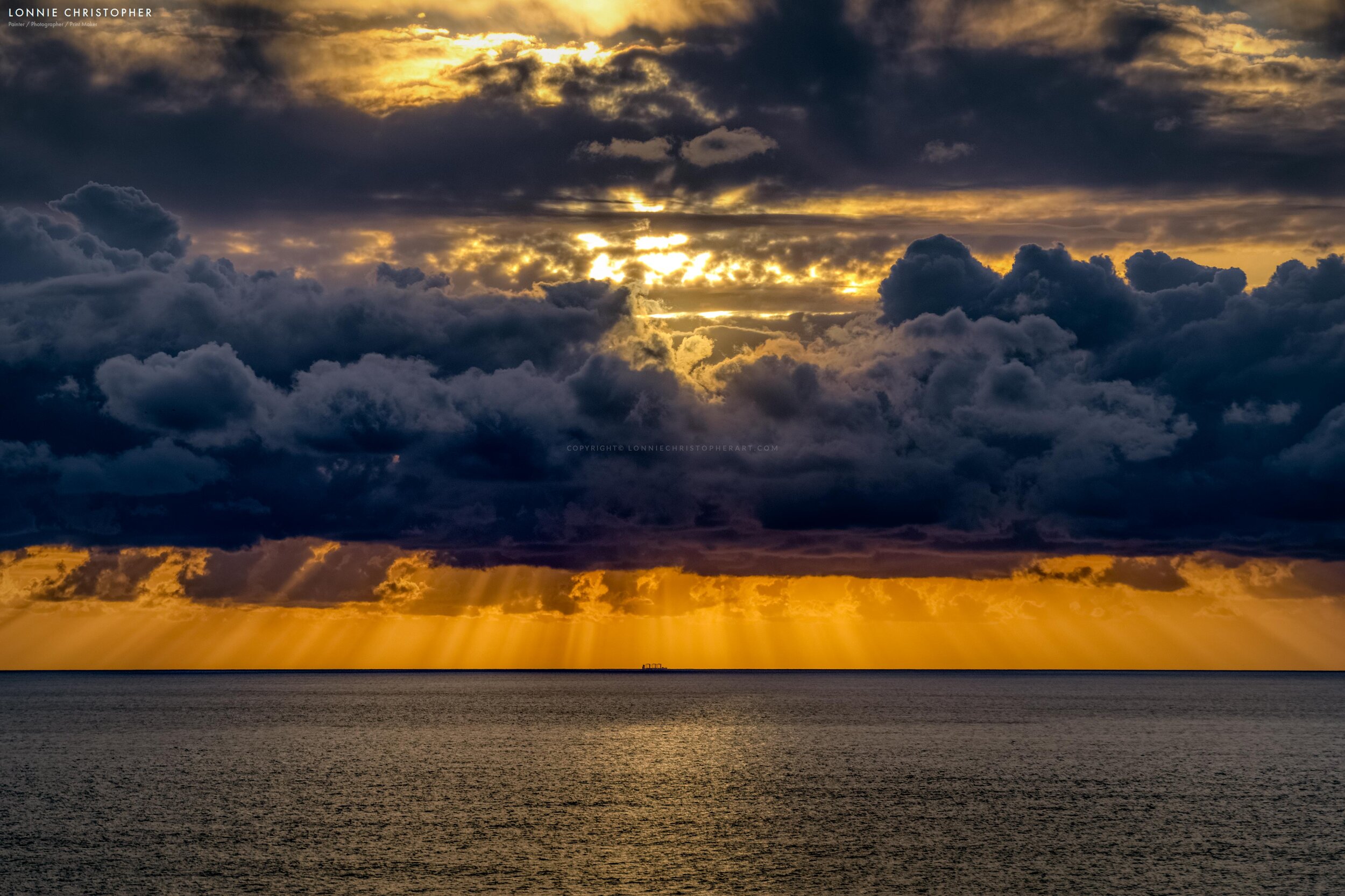
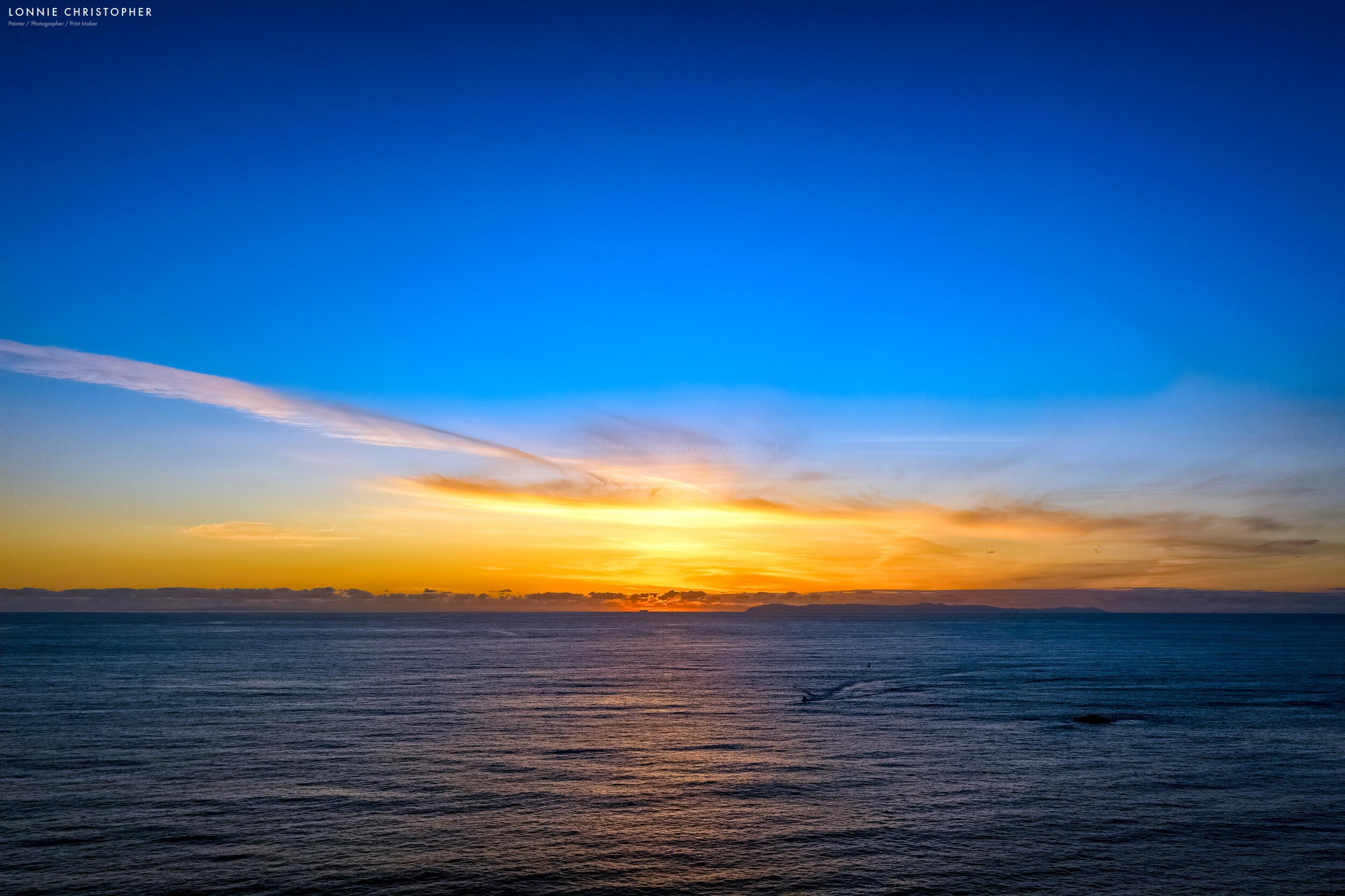
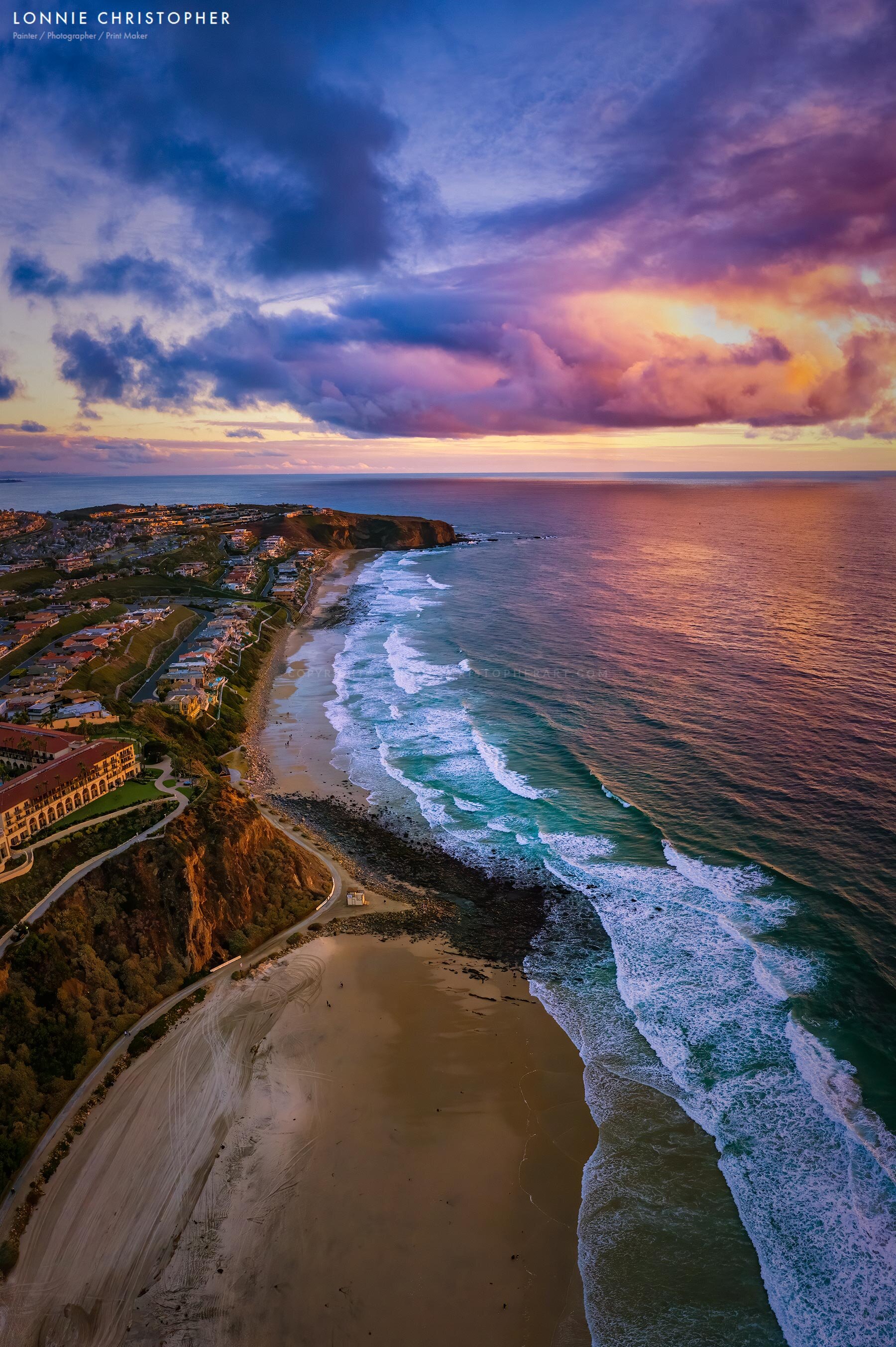
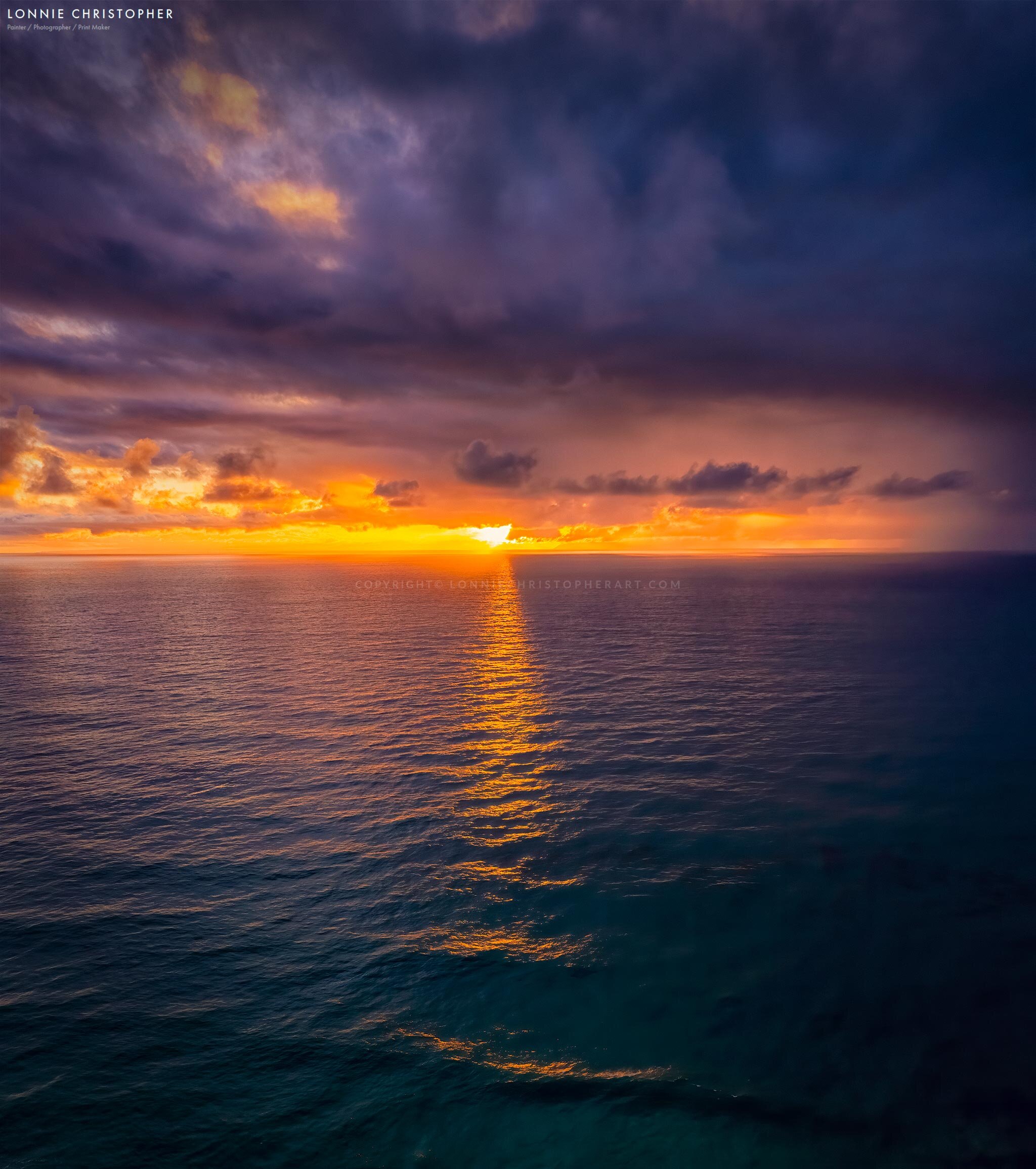
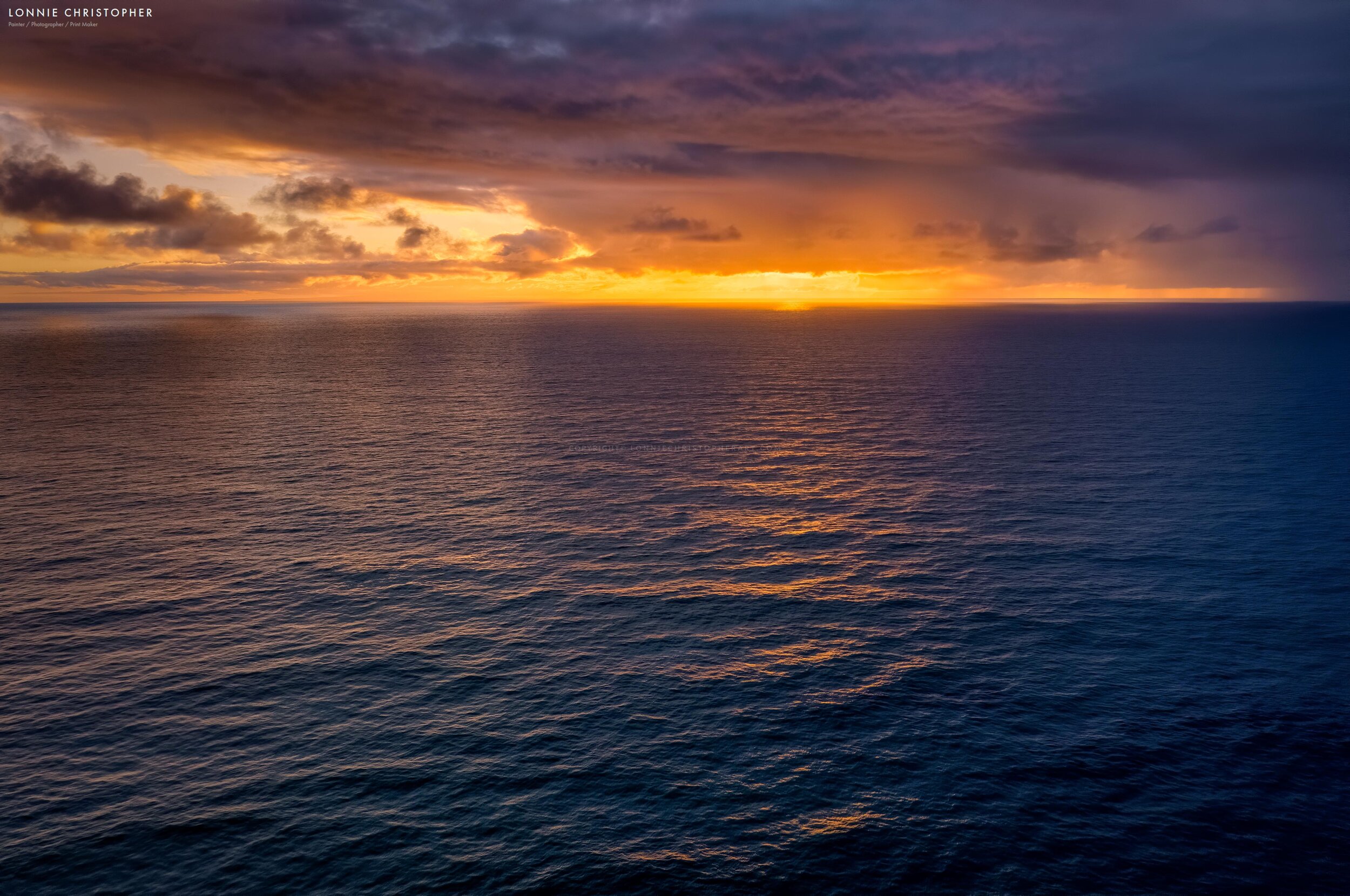
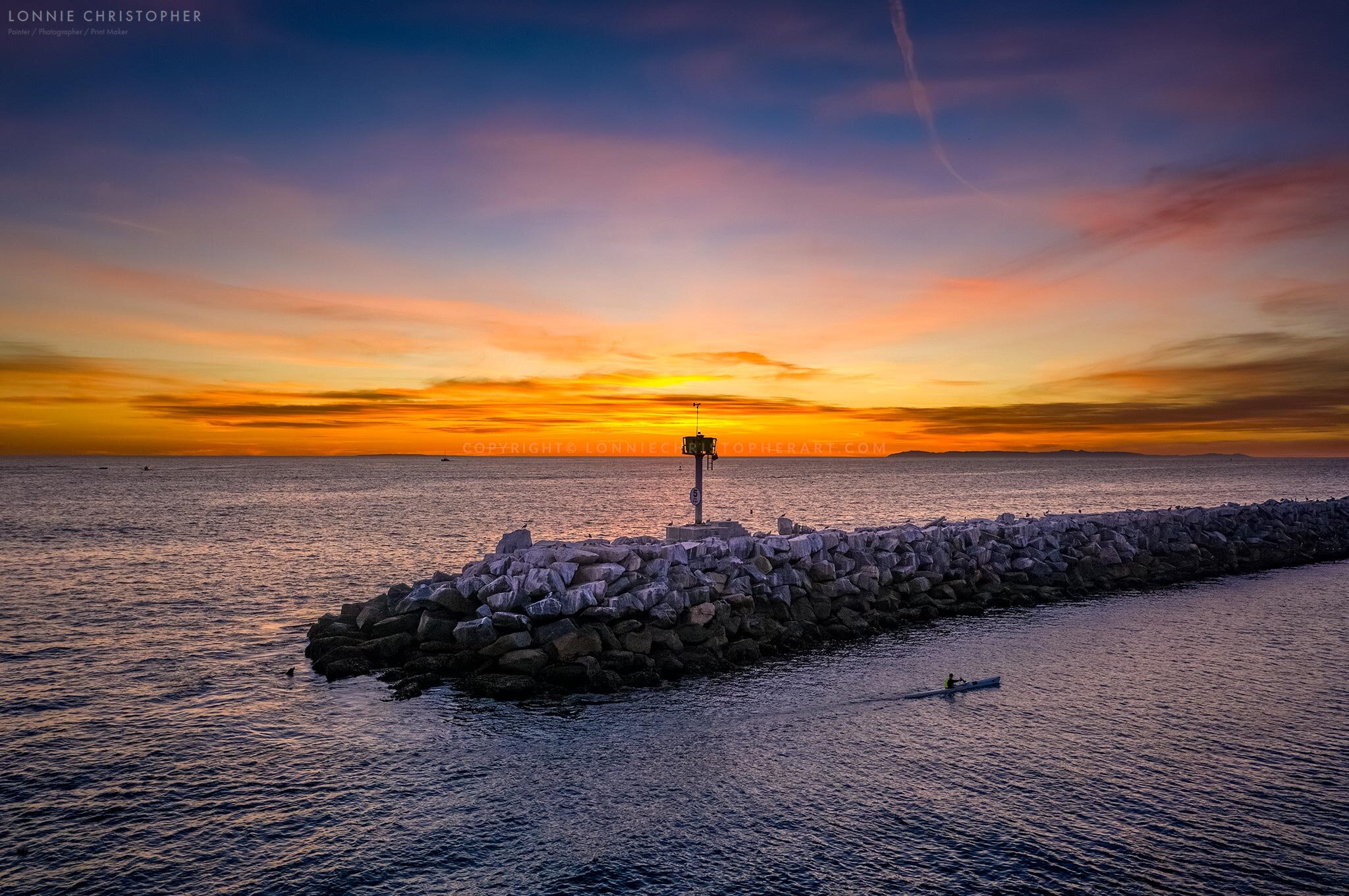
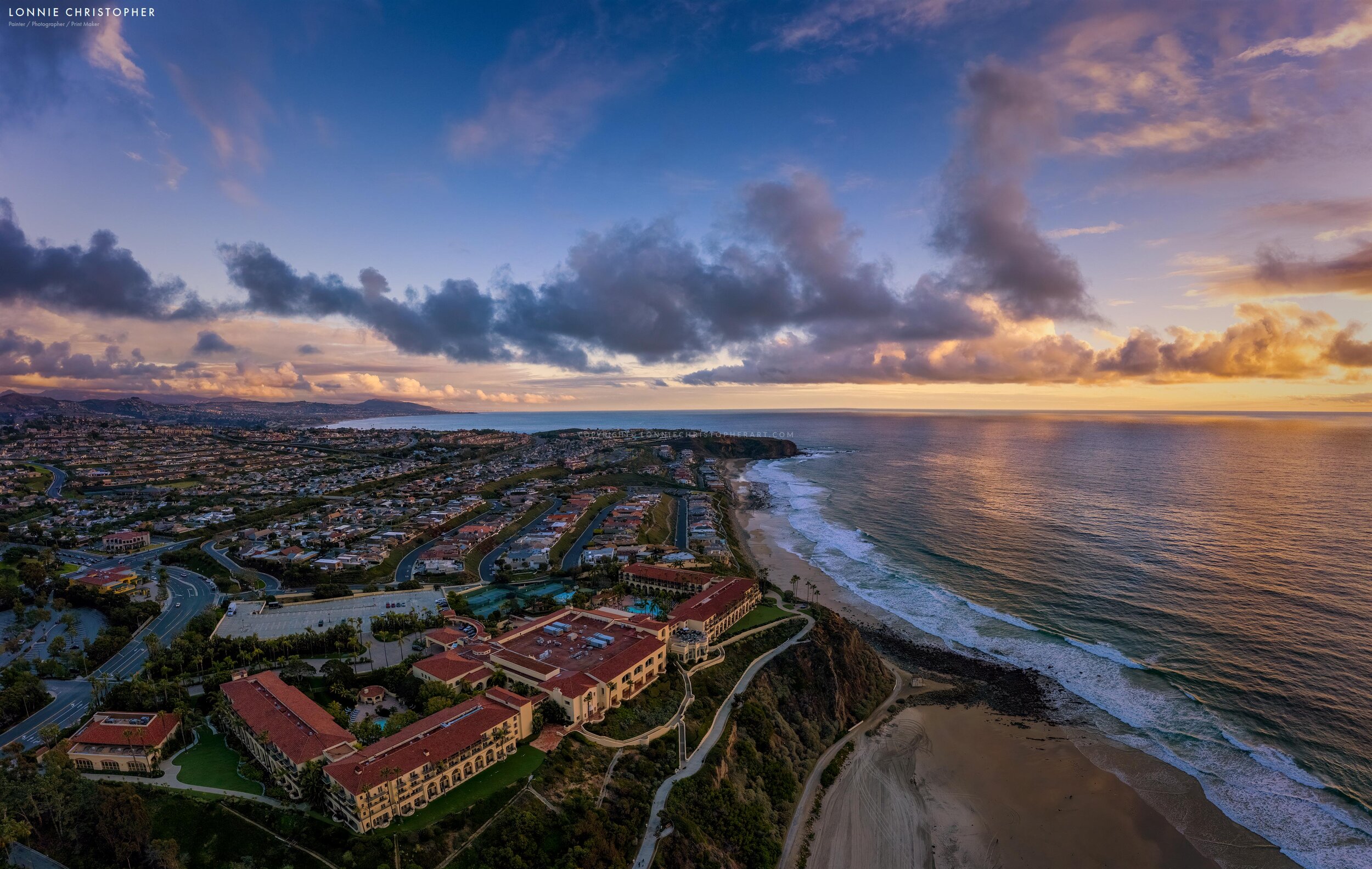
December 2020 Photos

